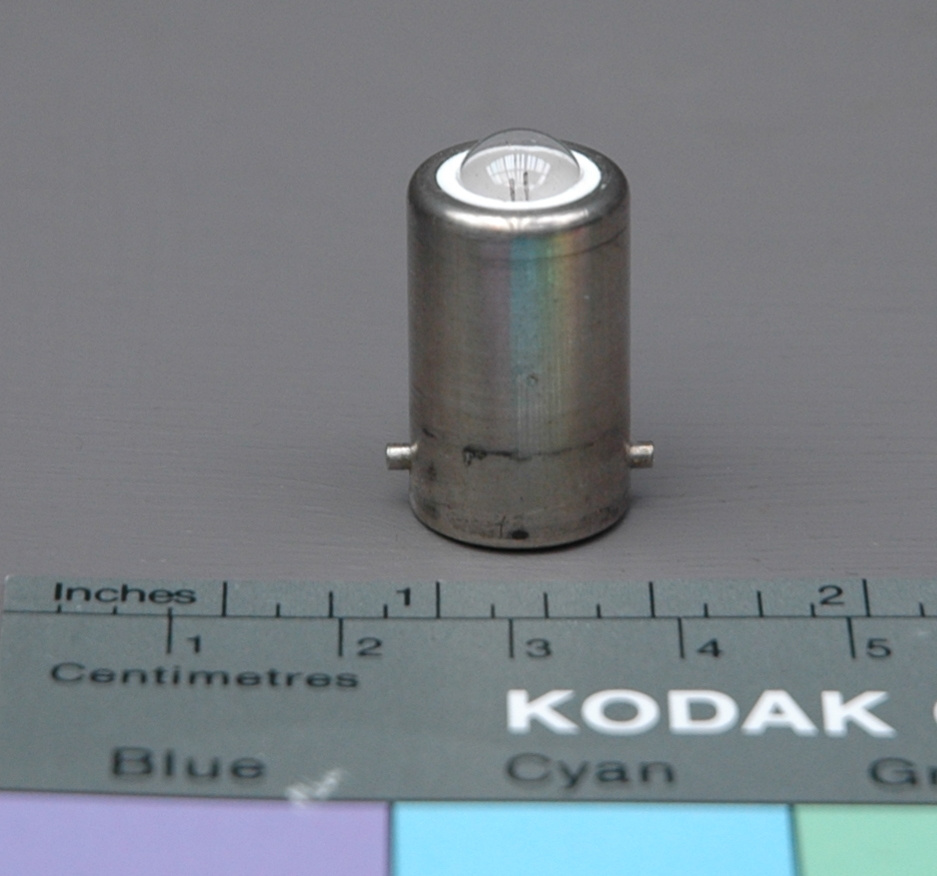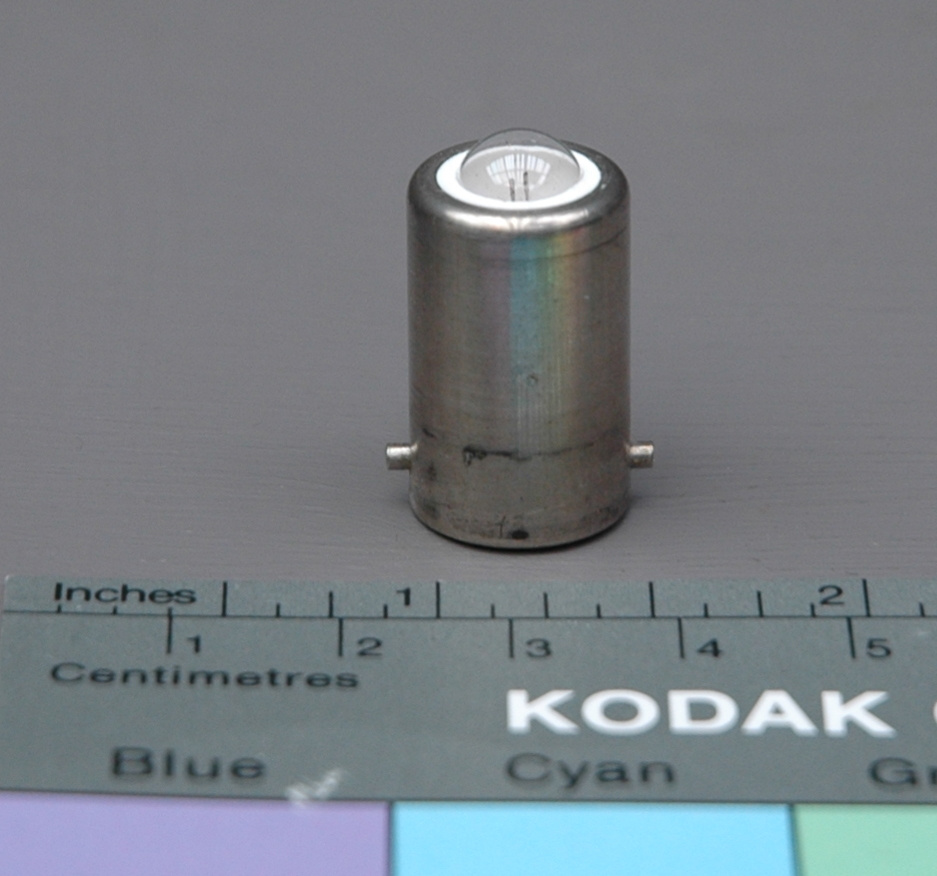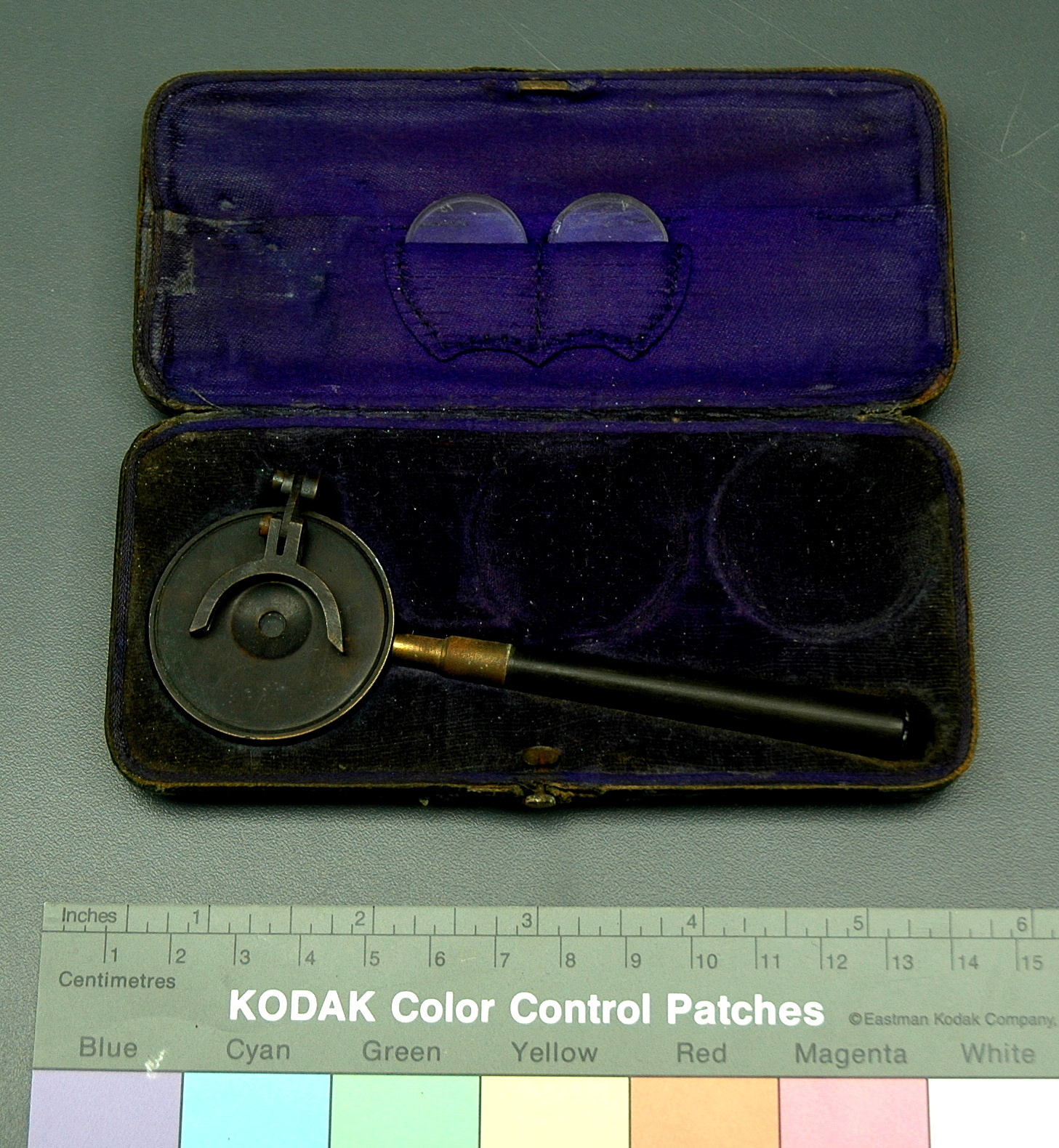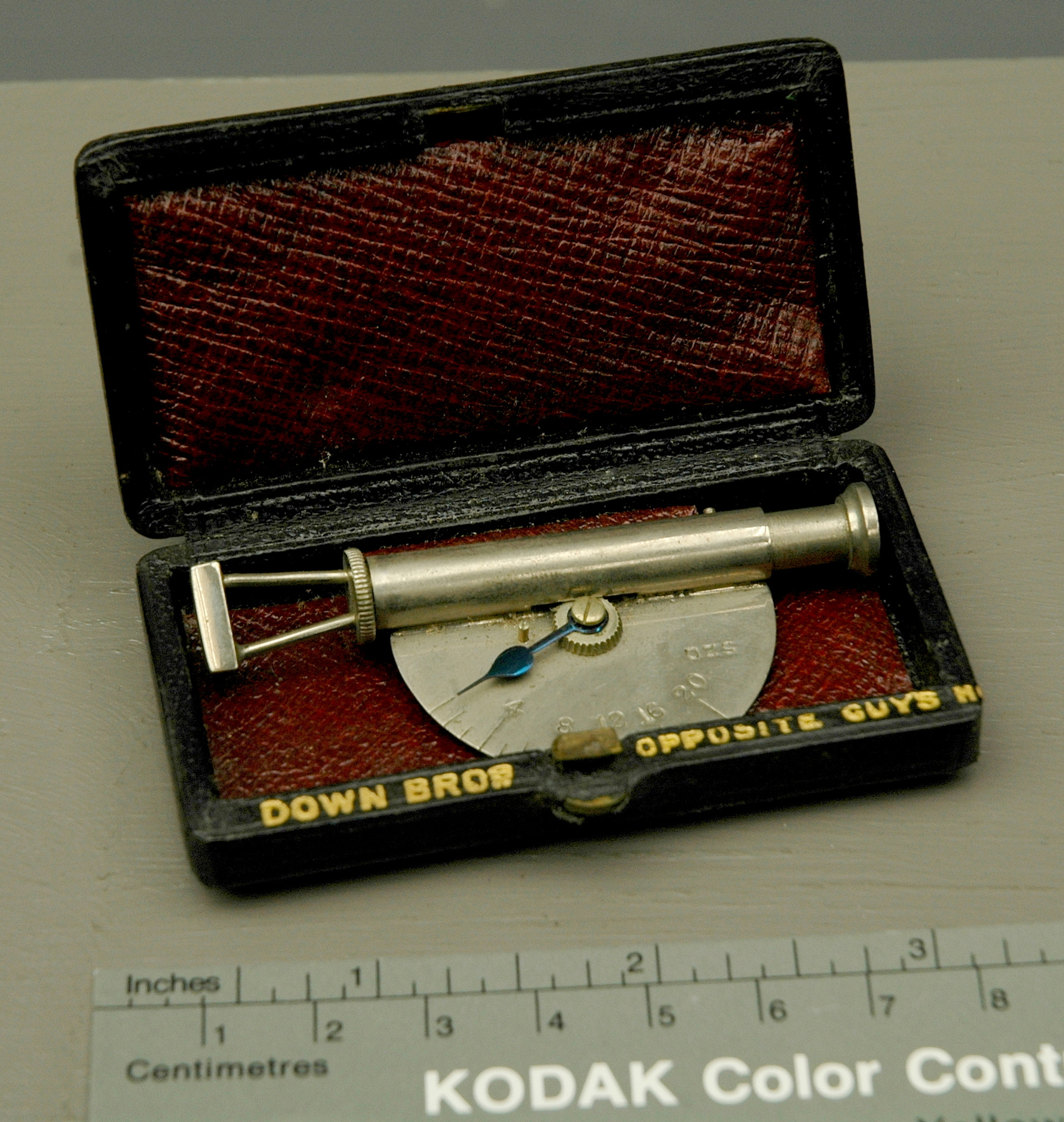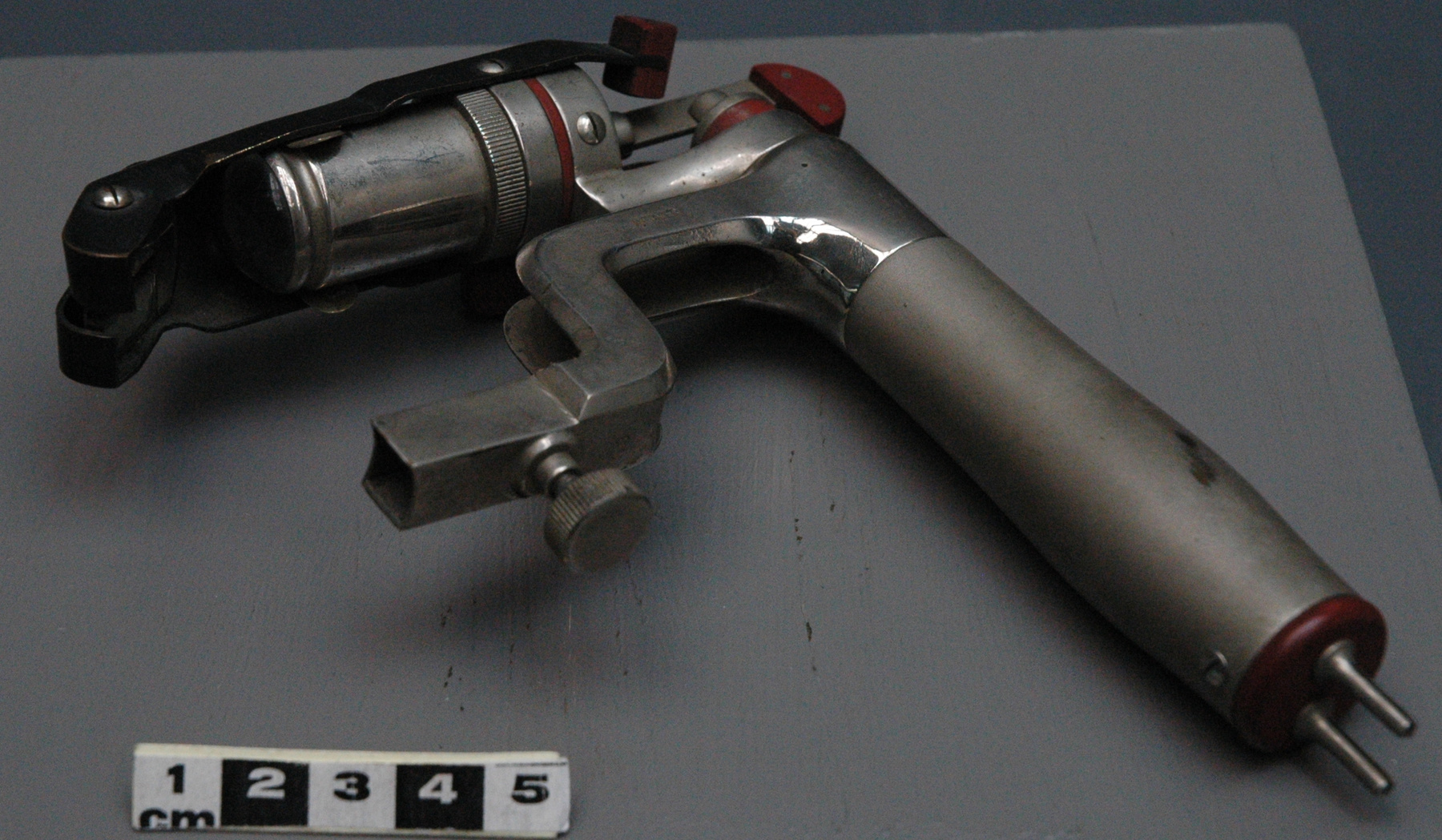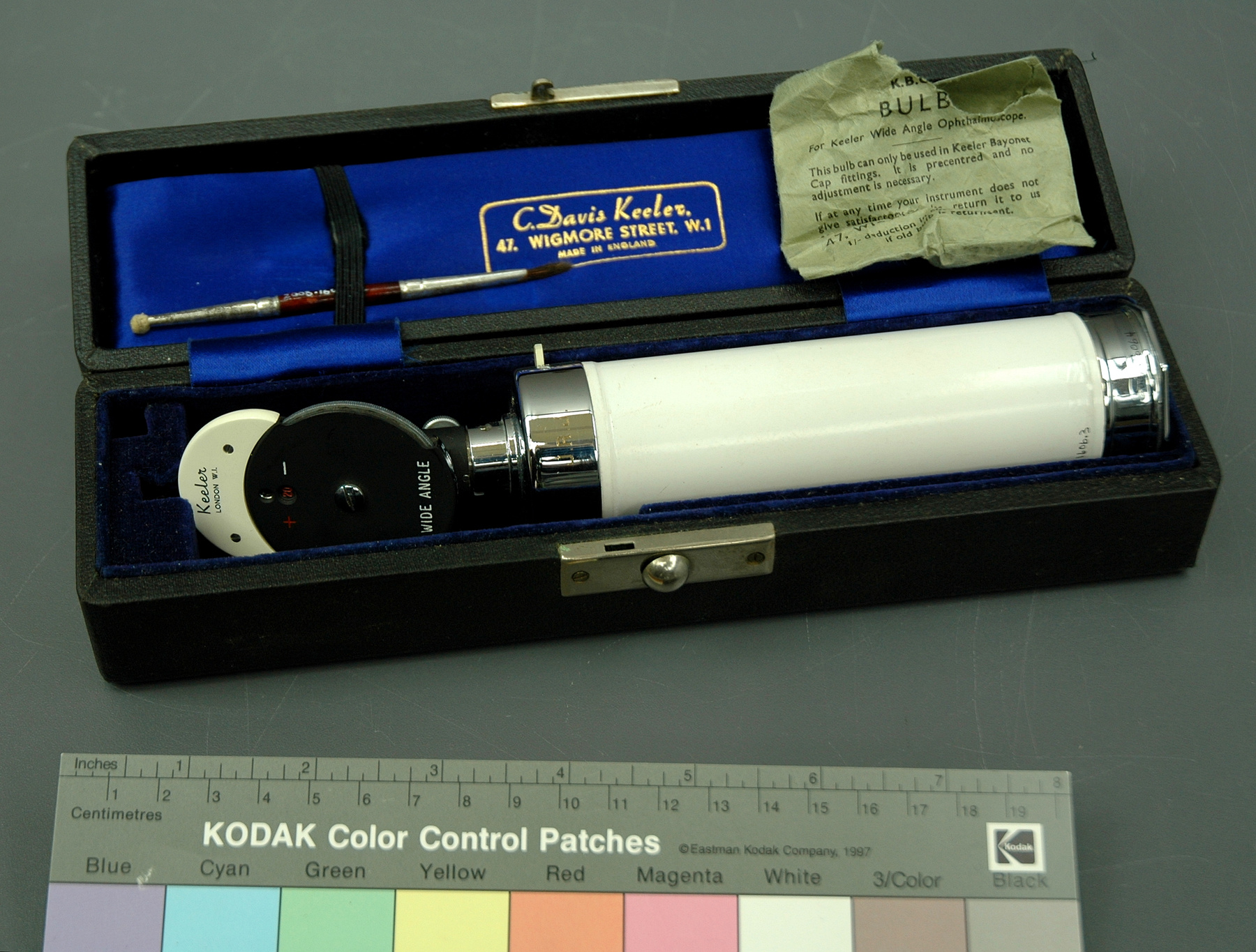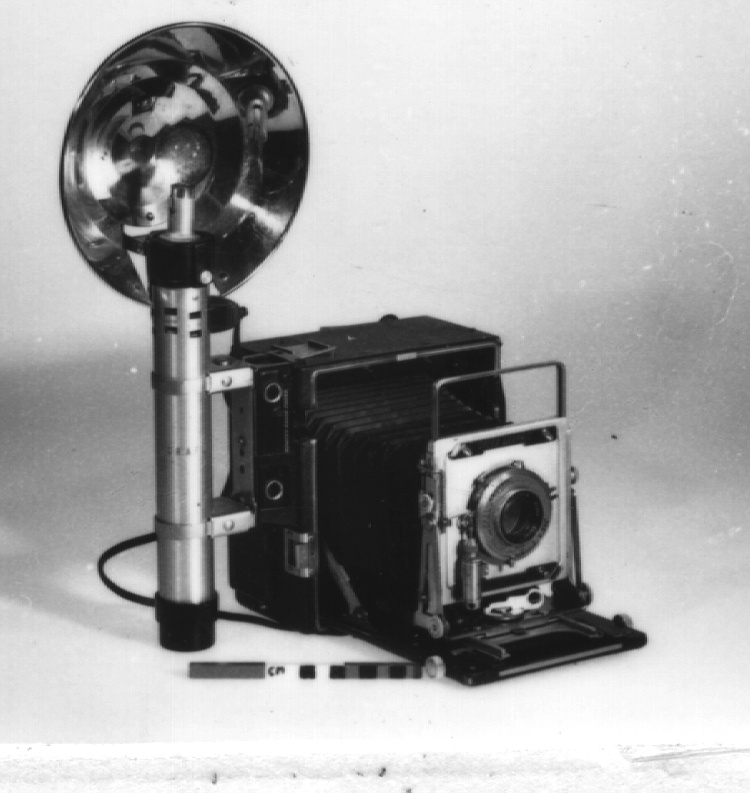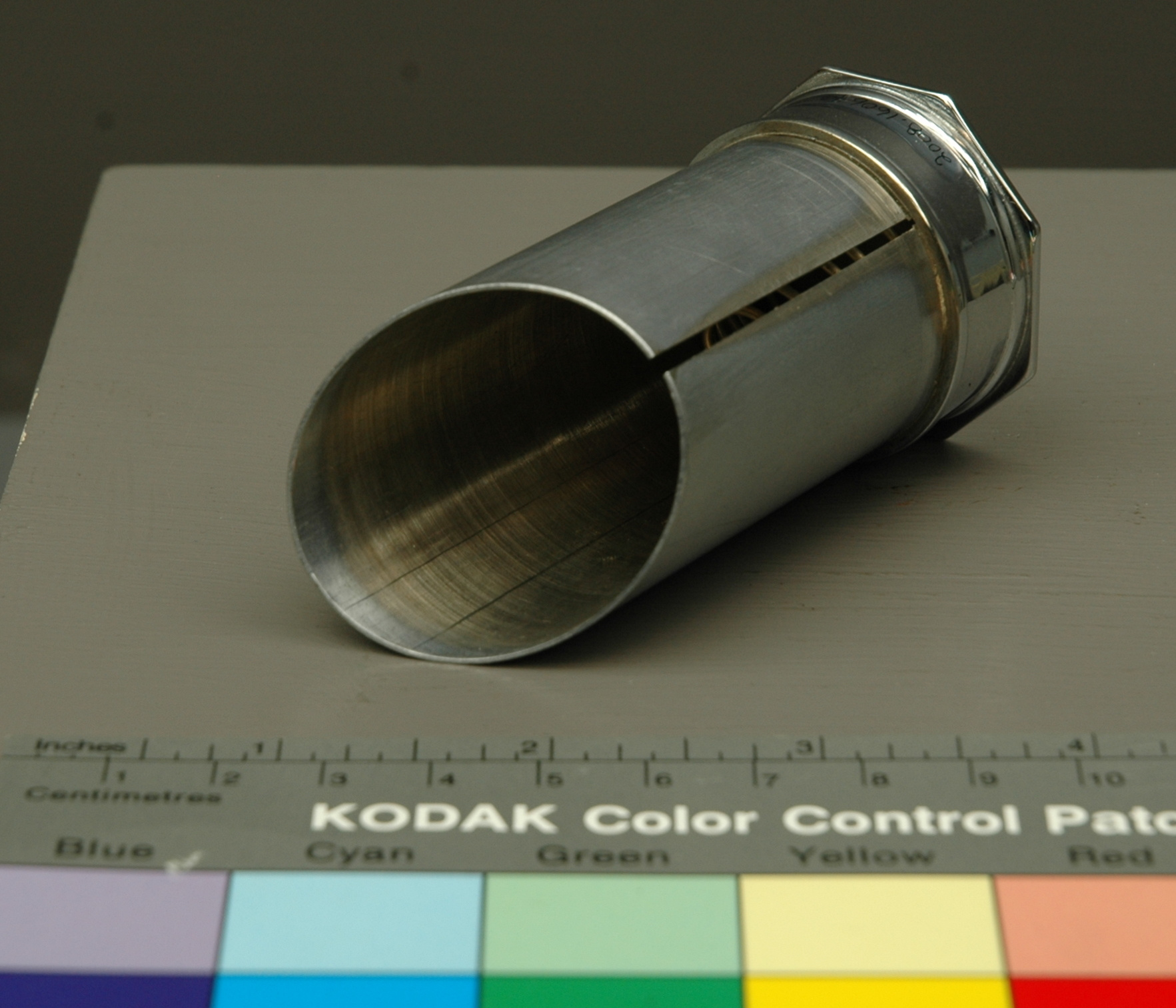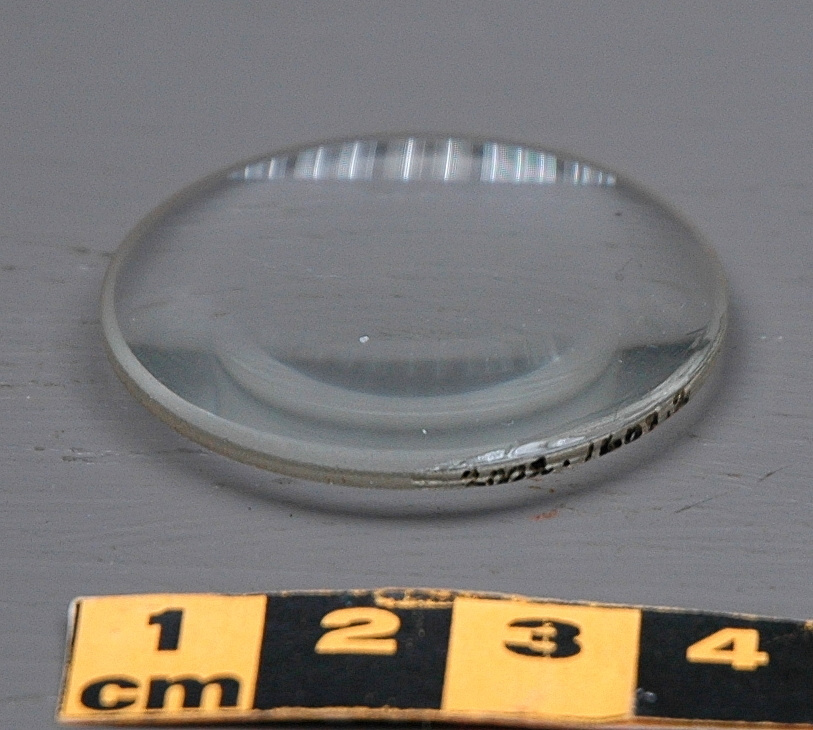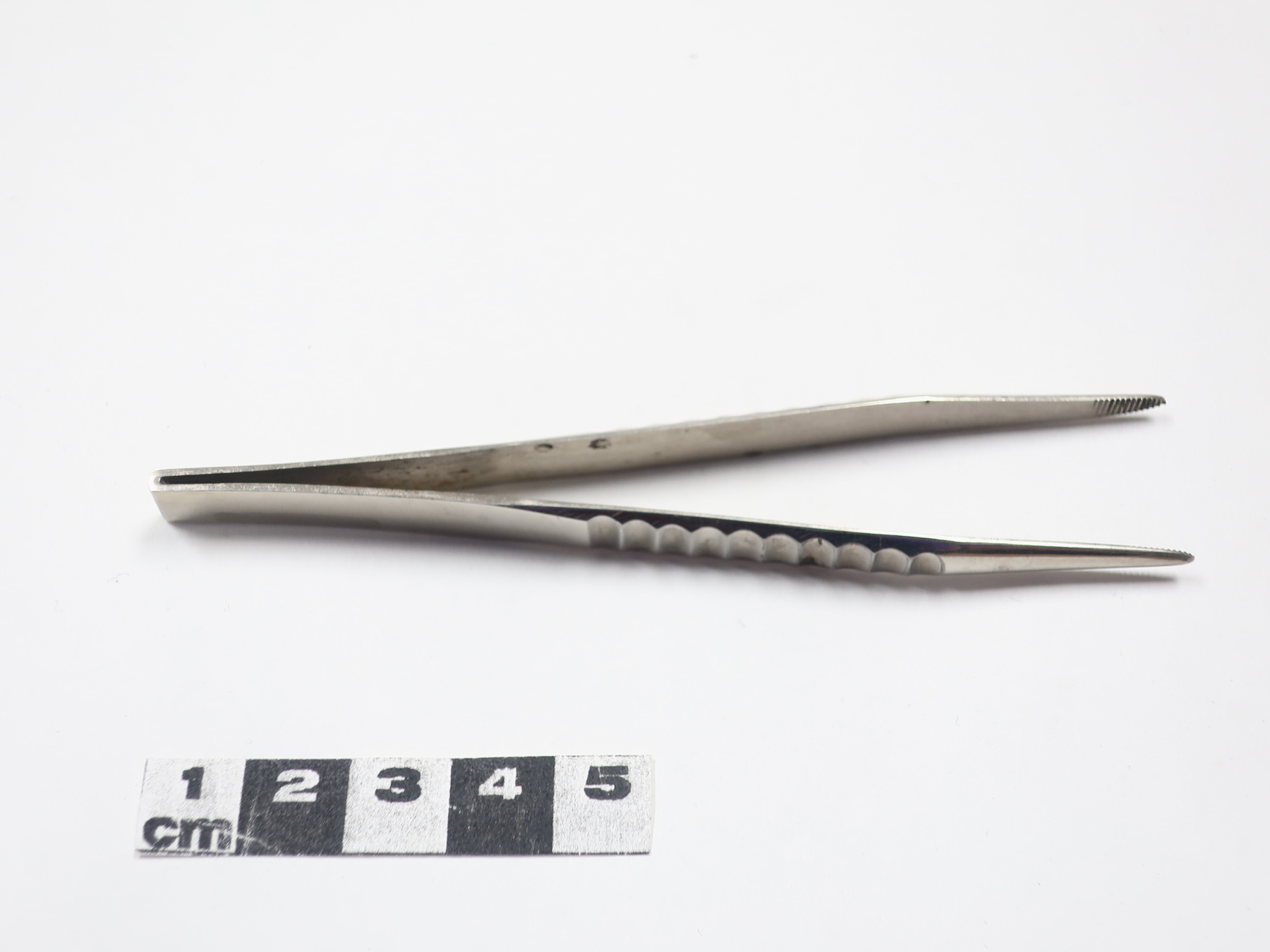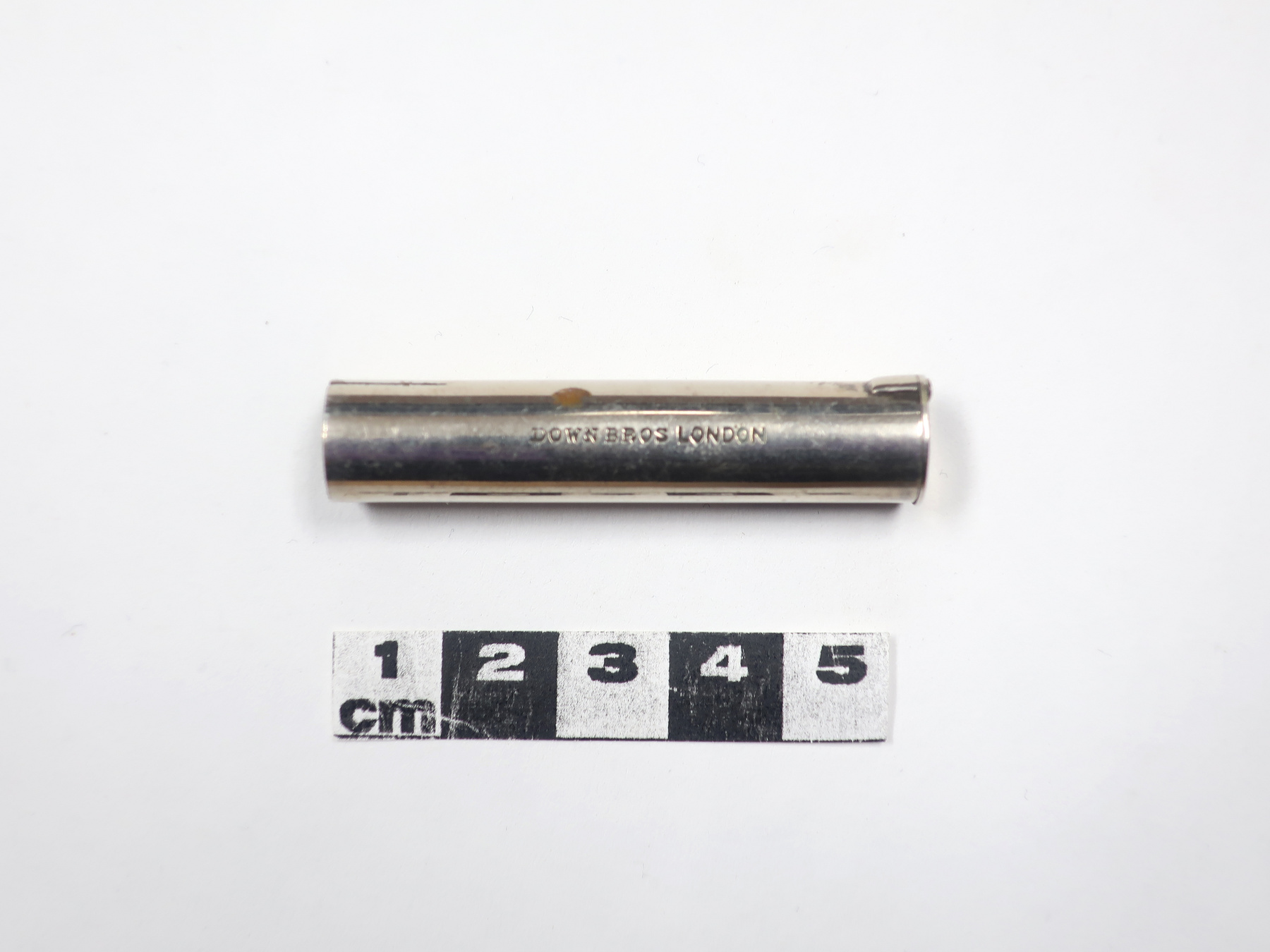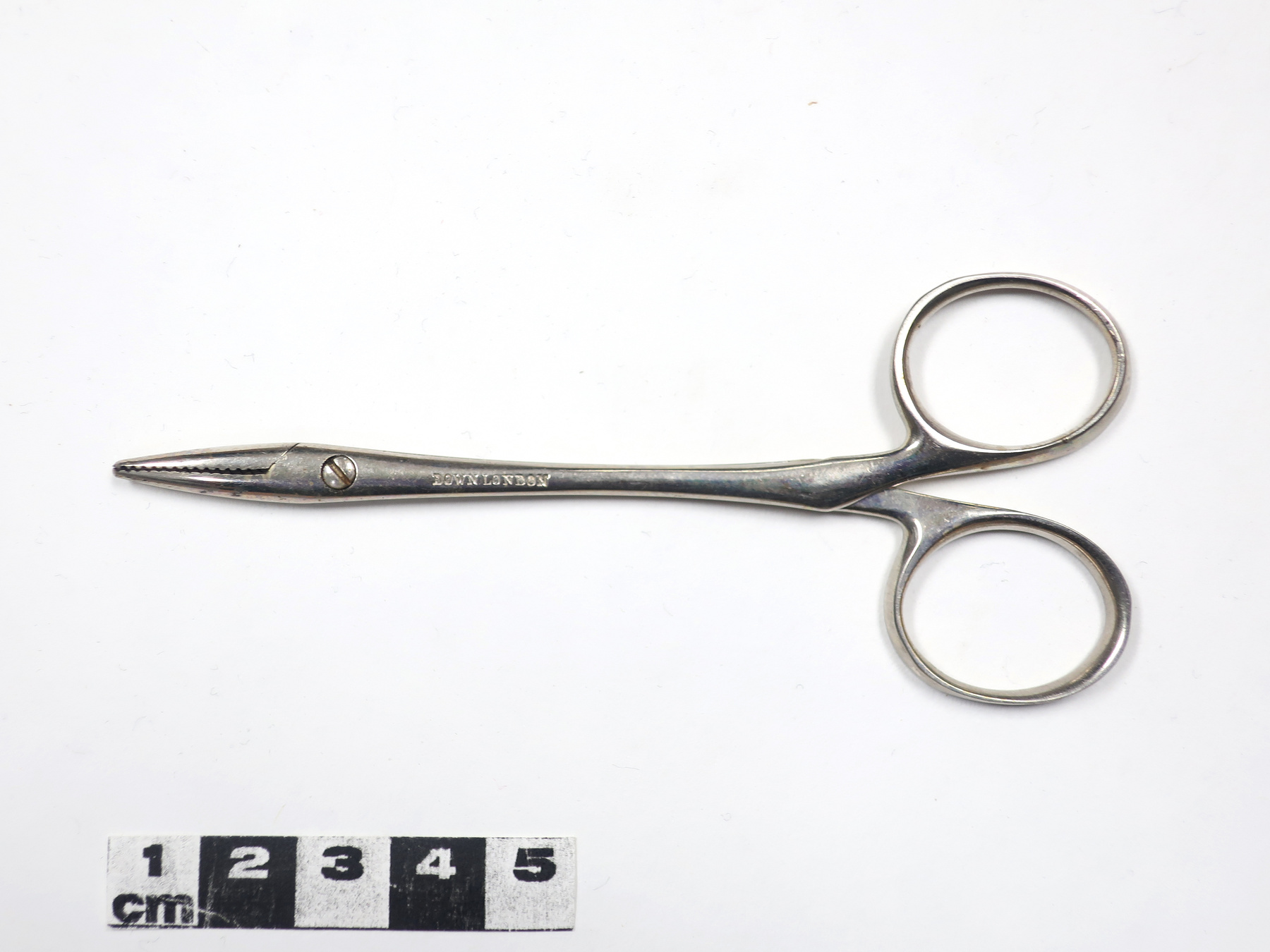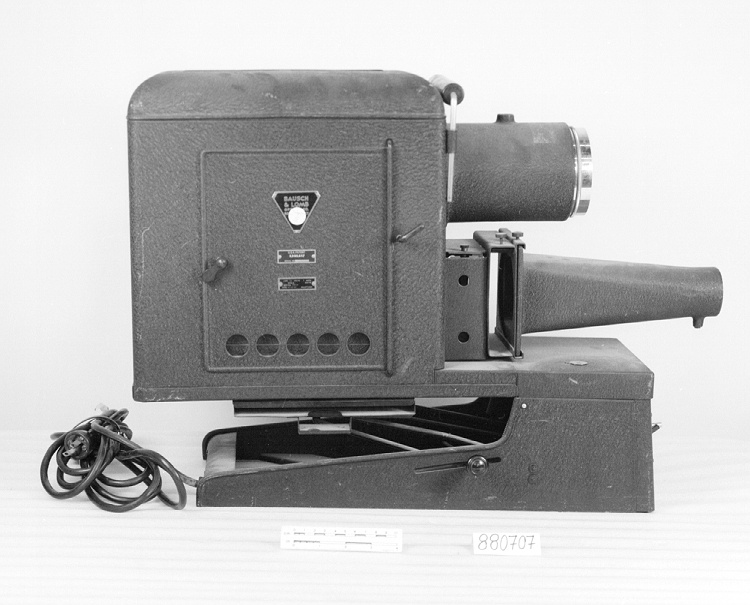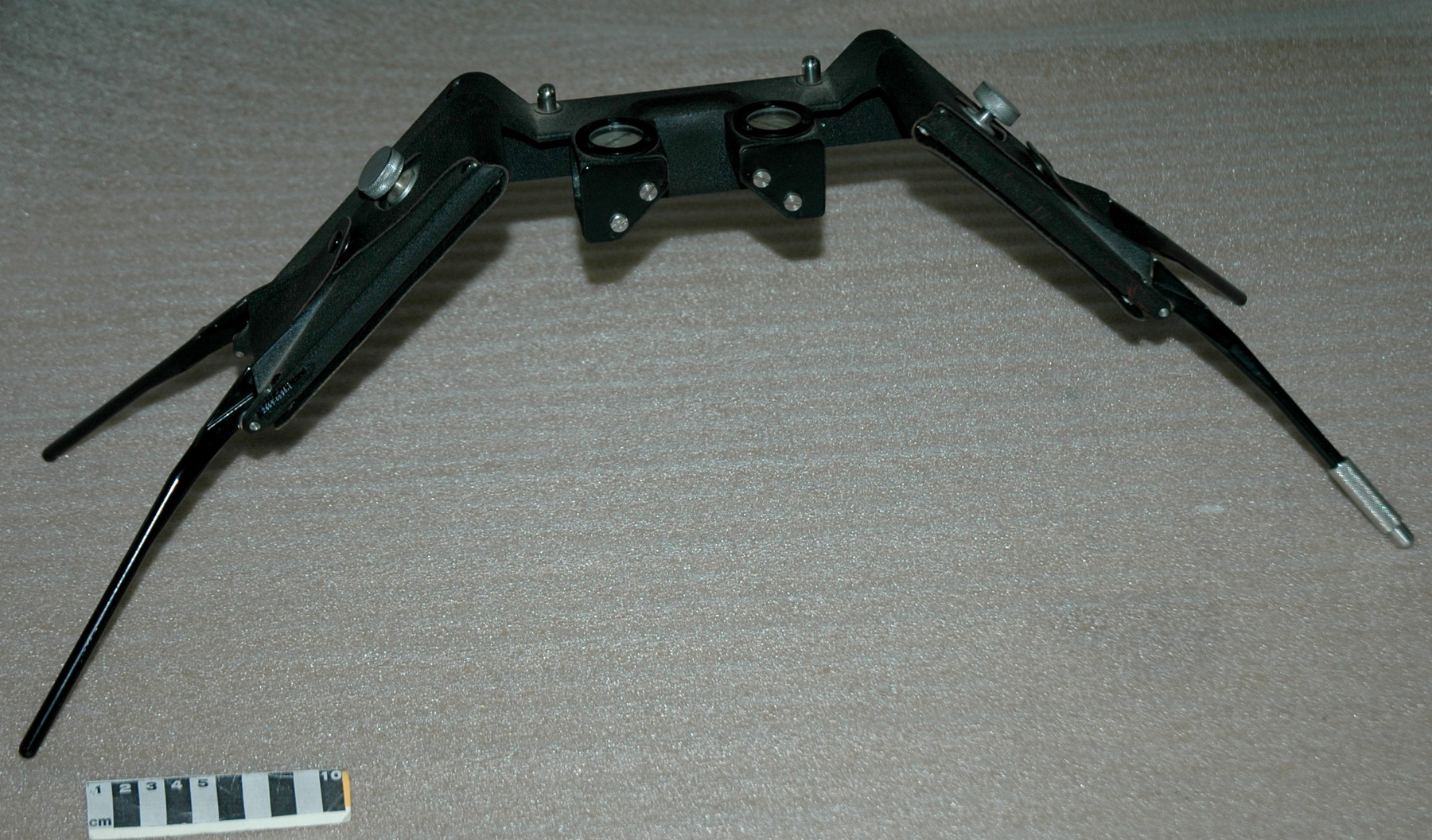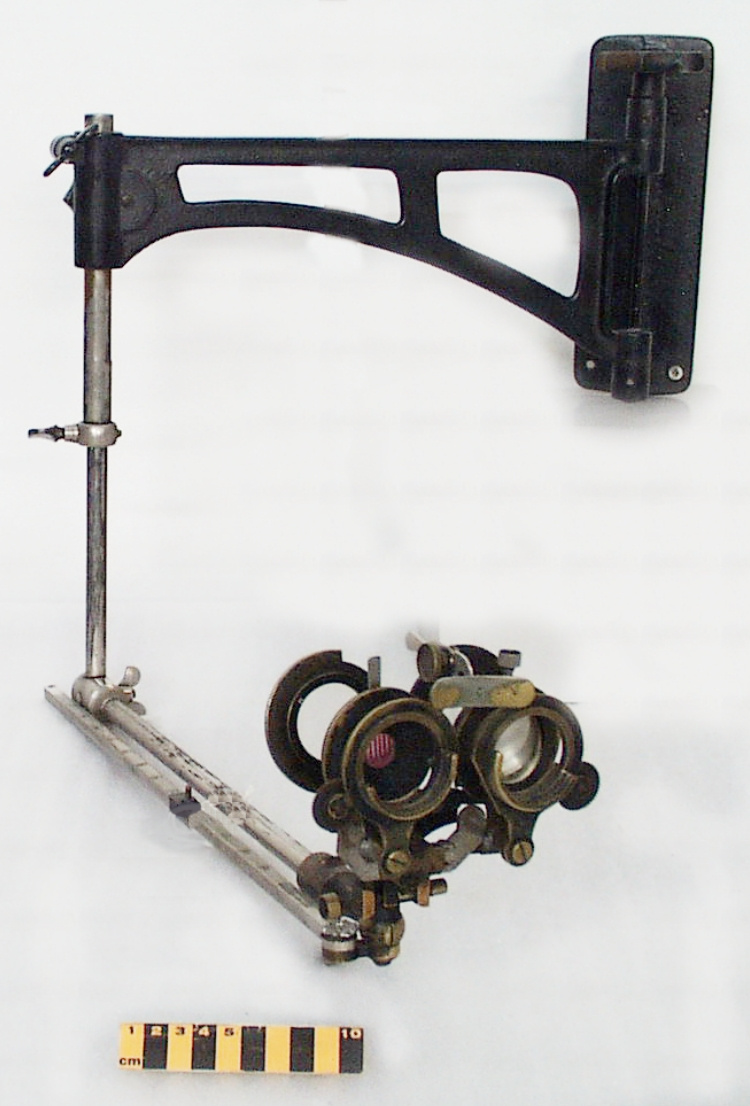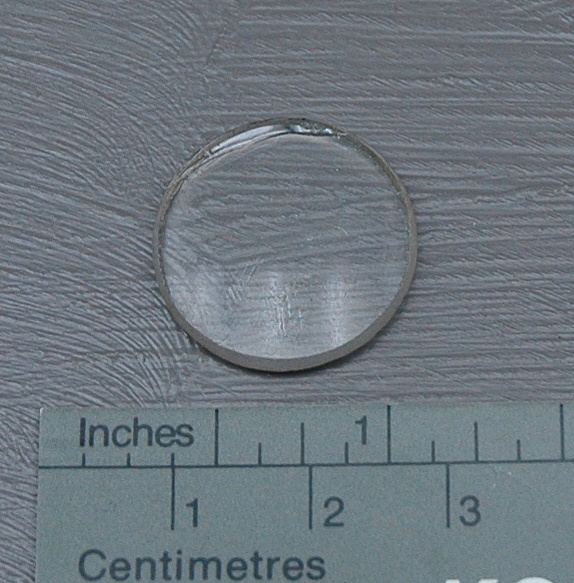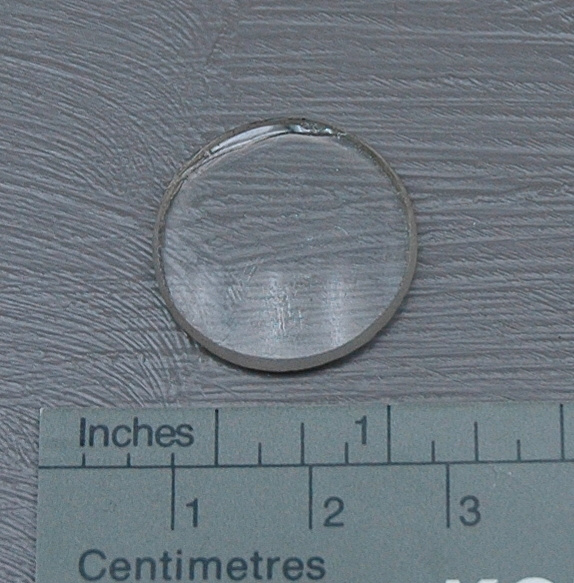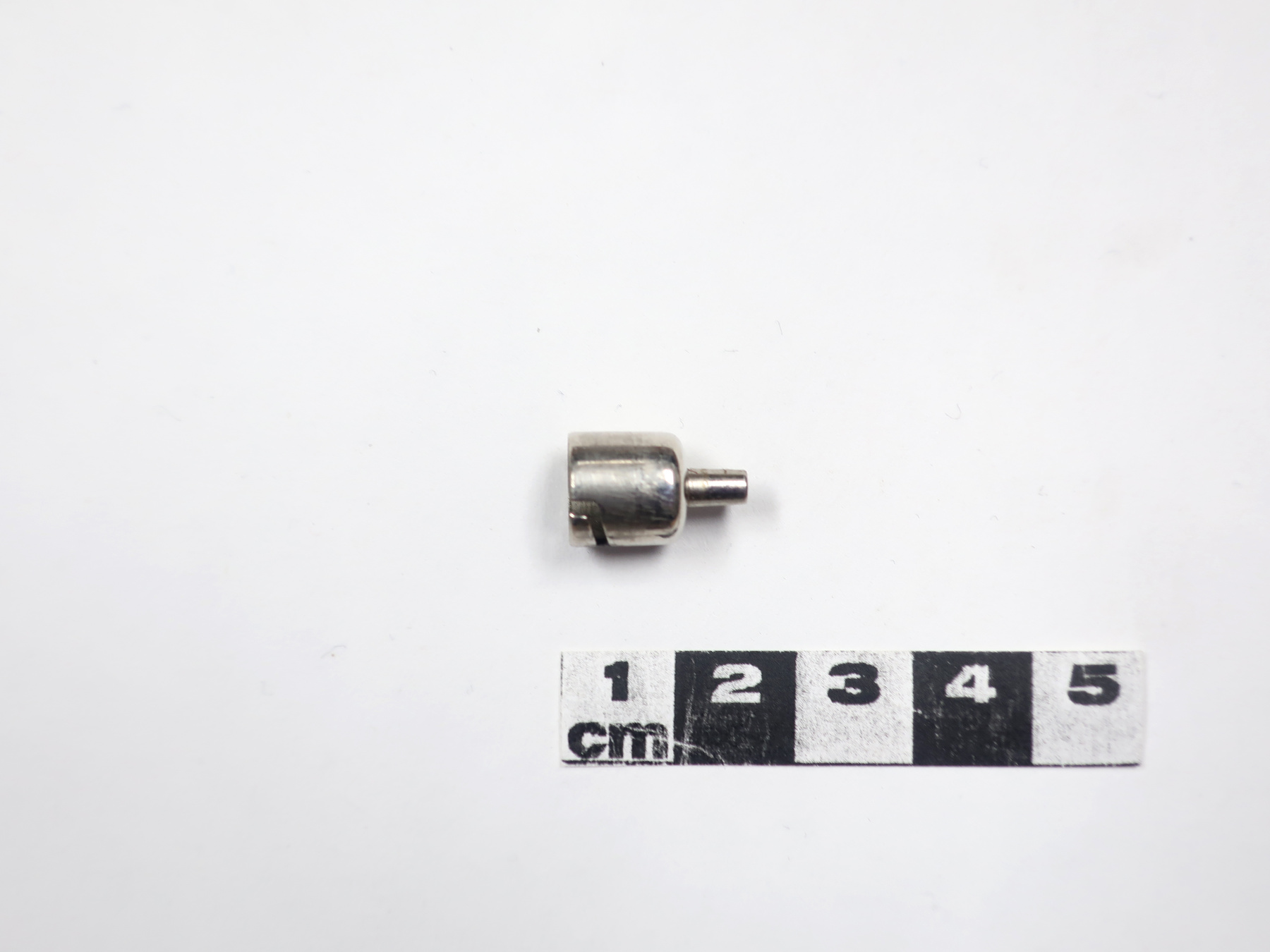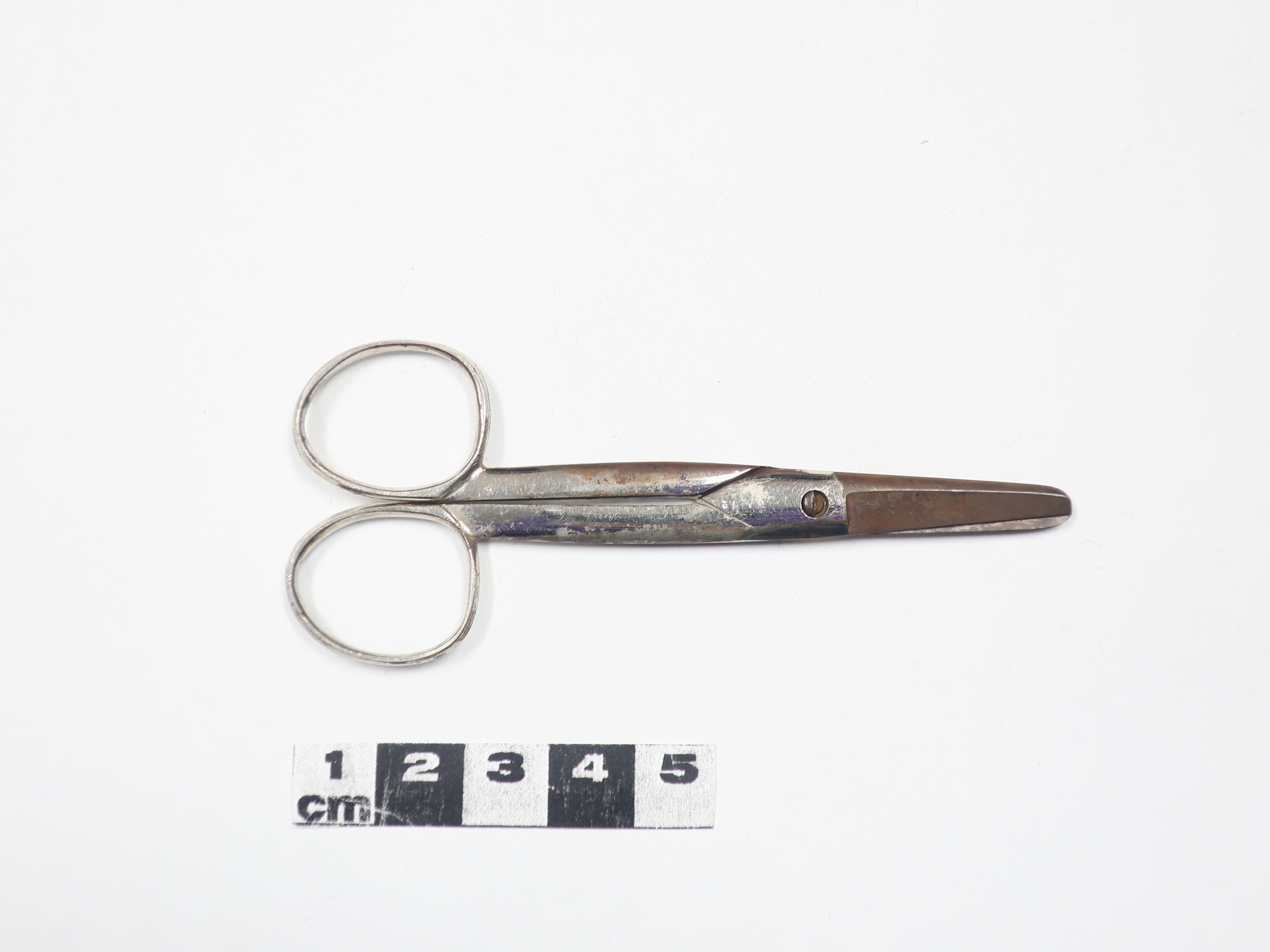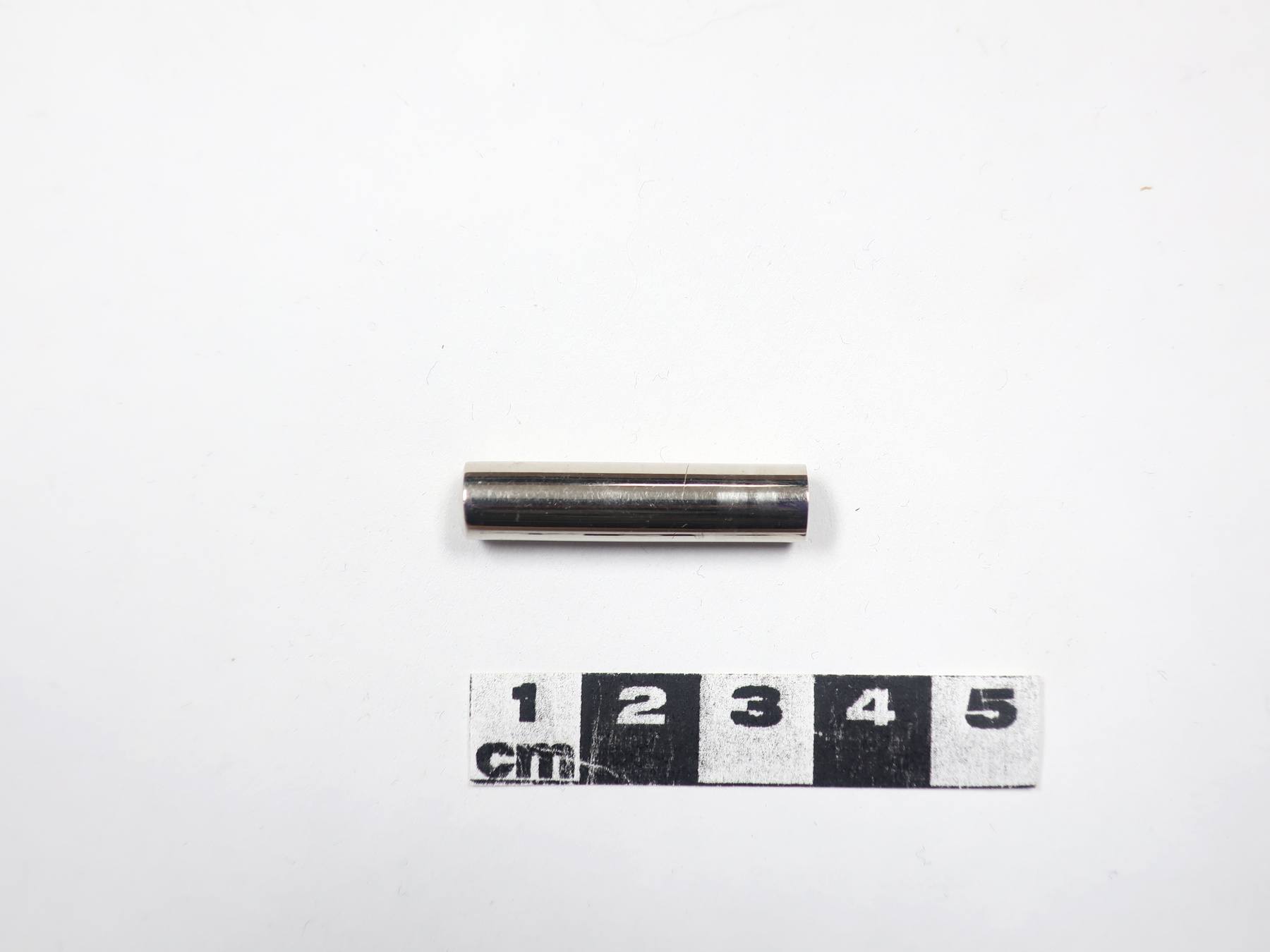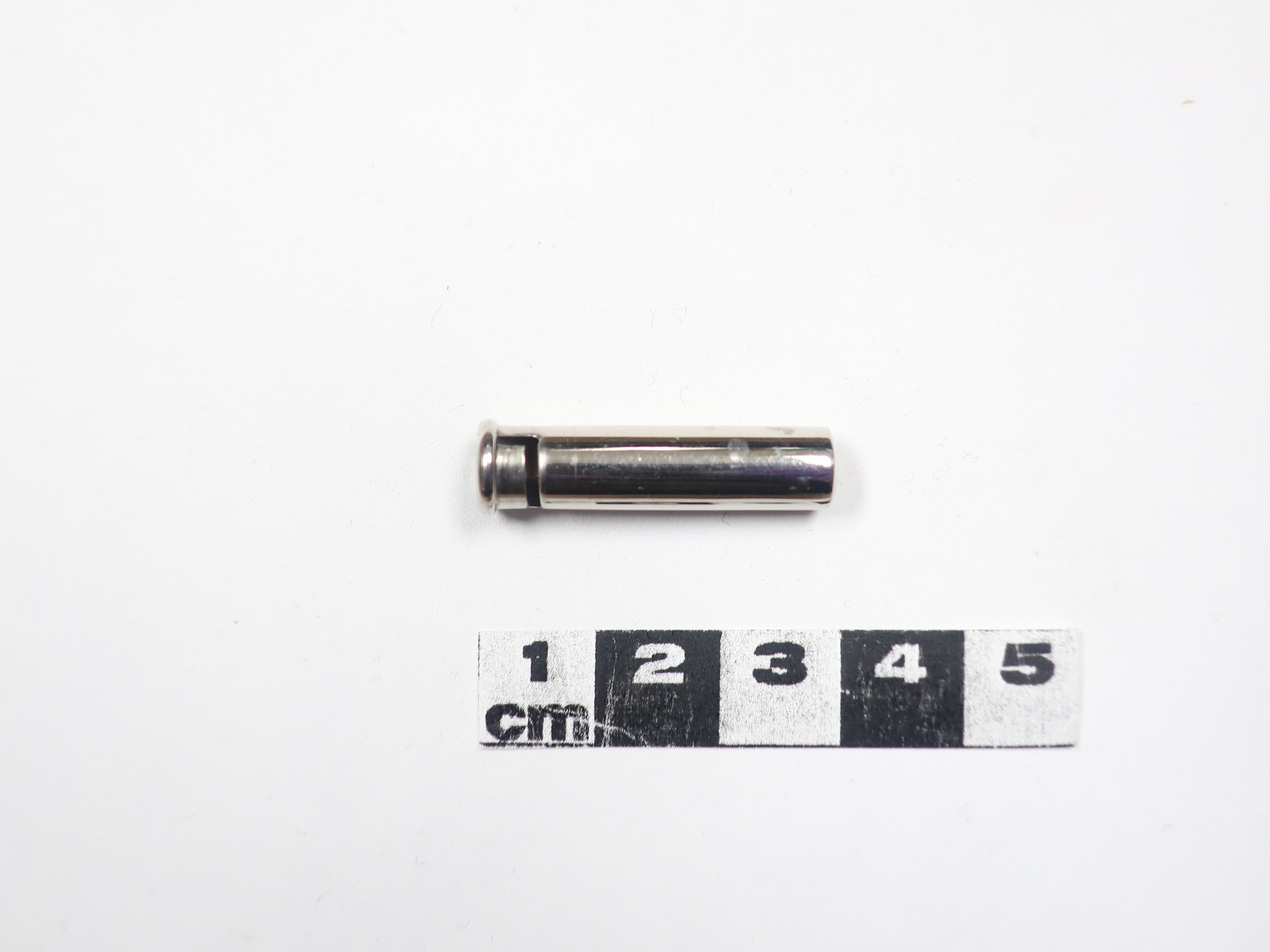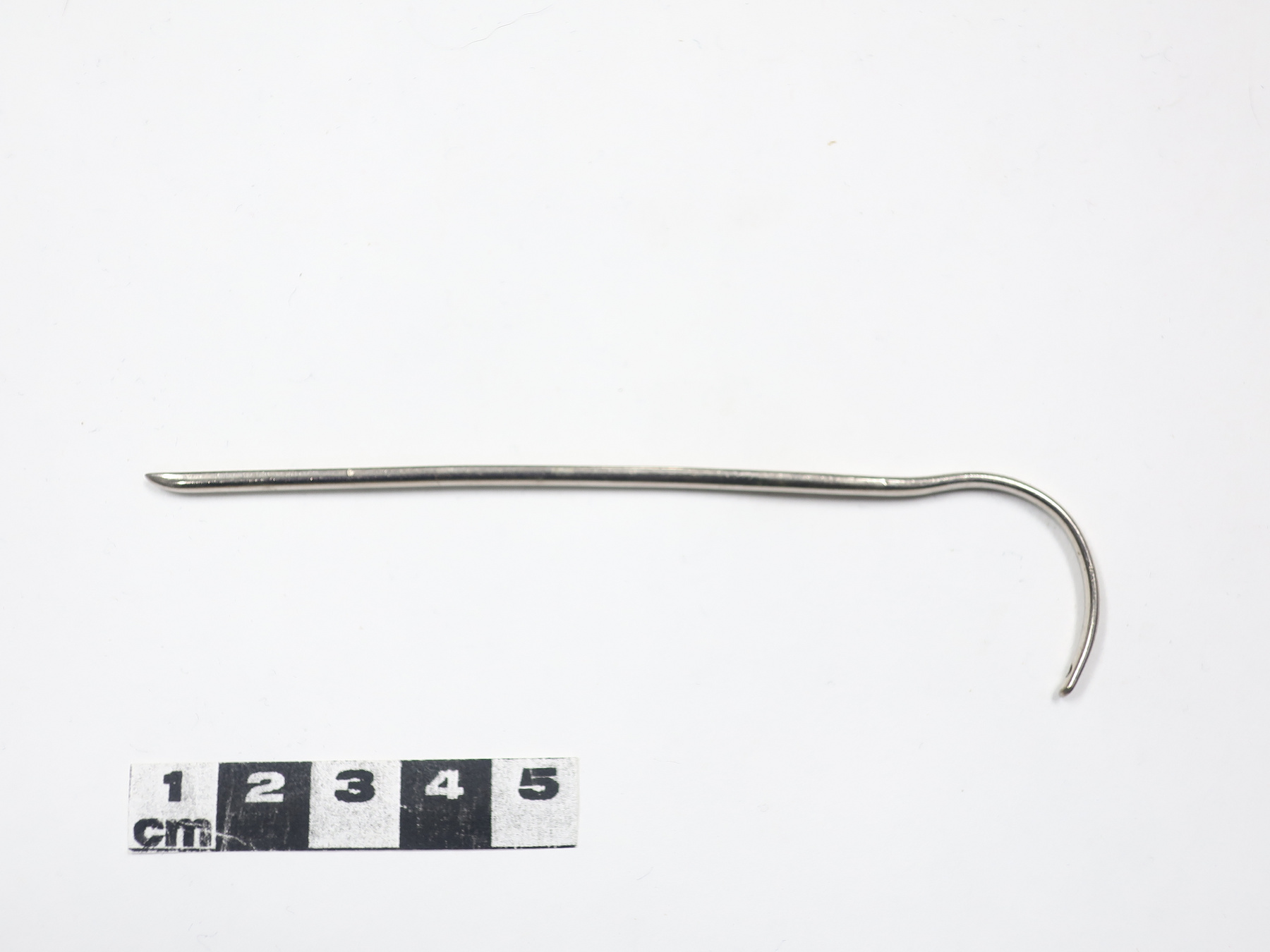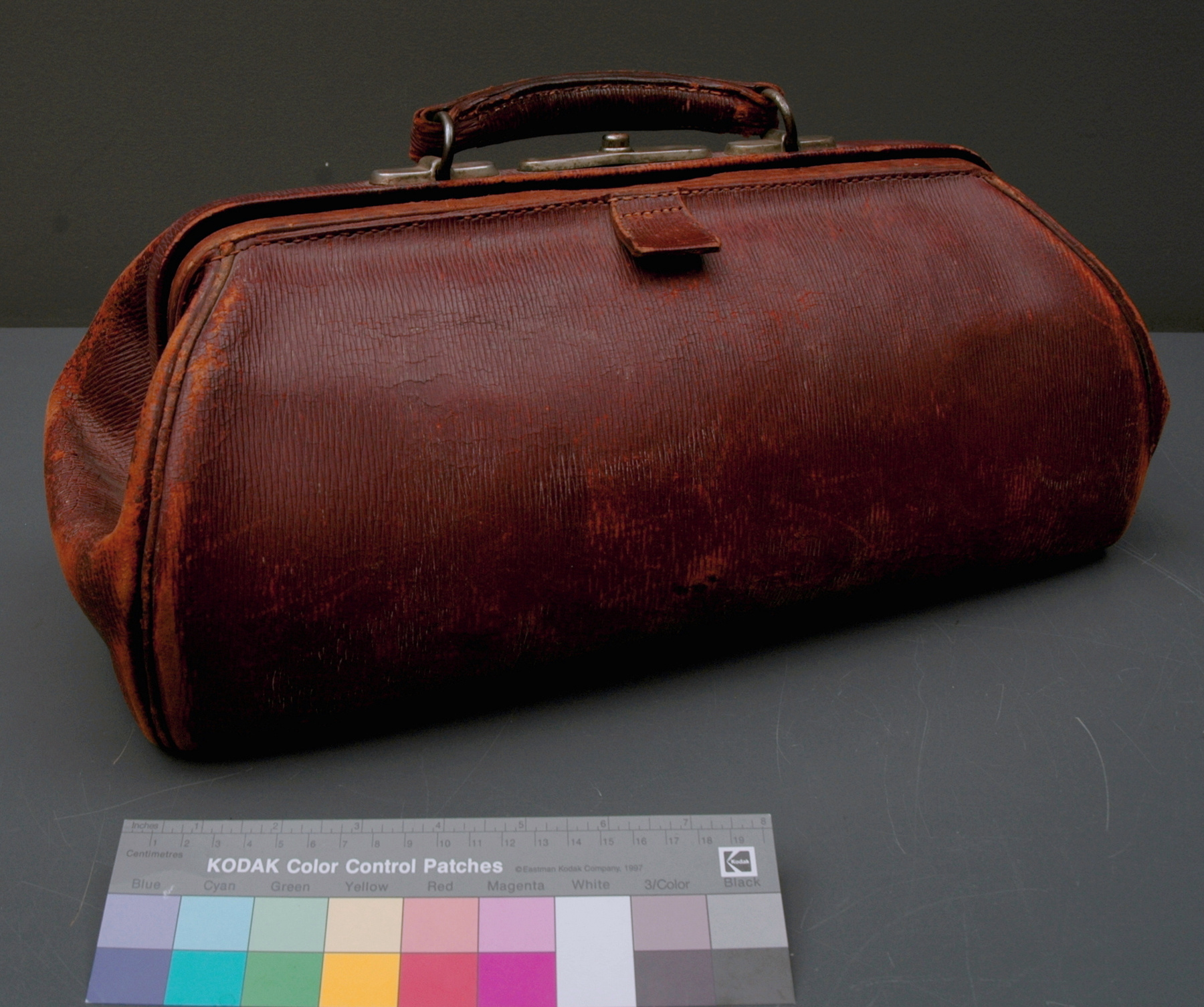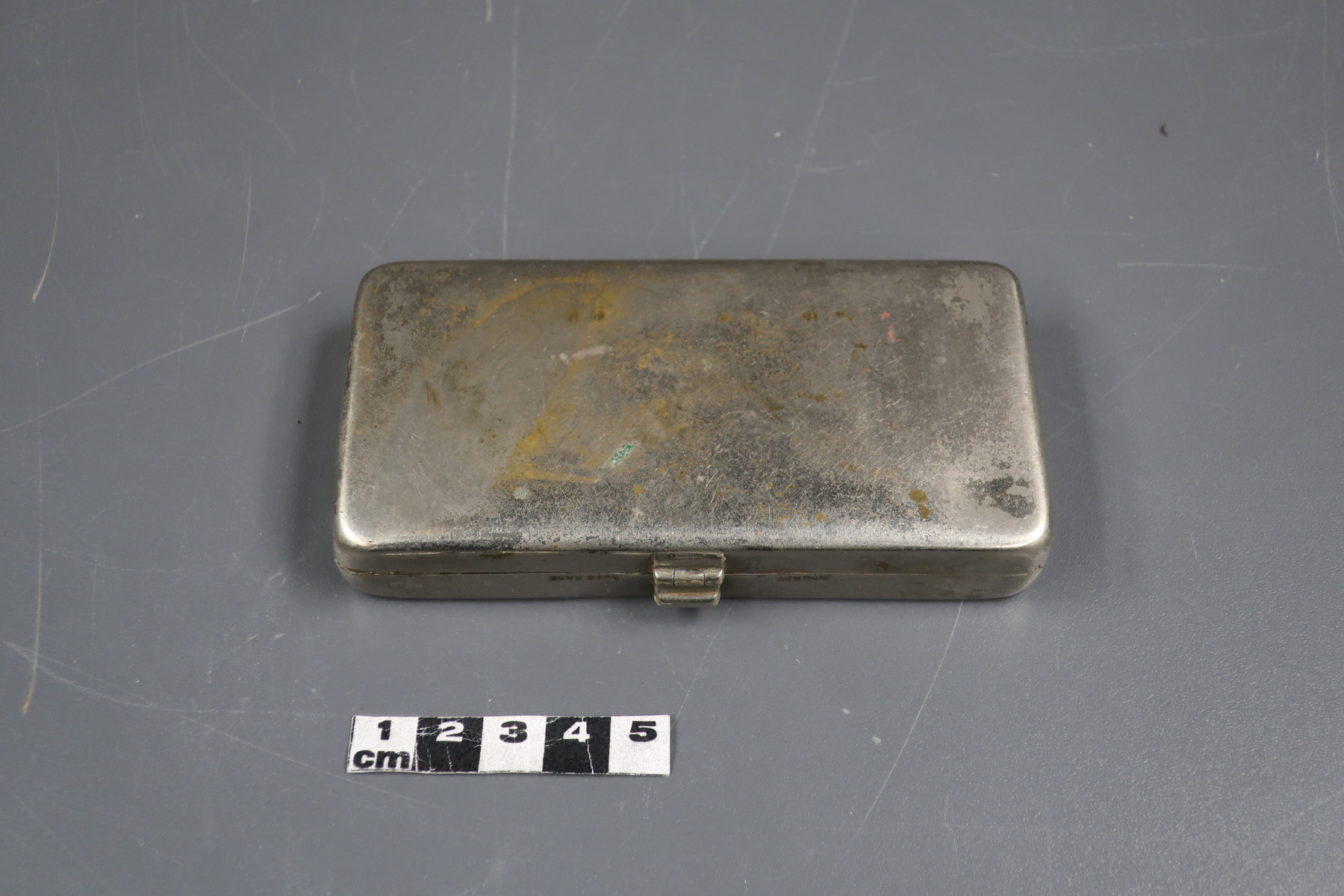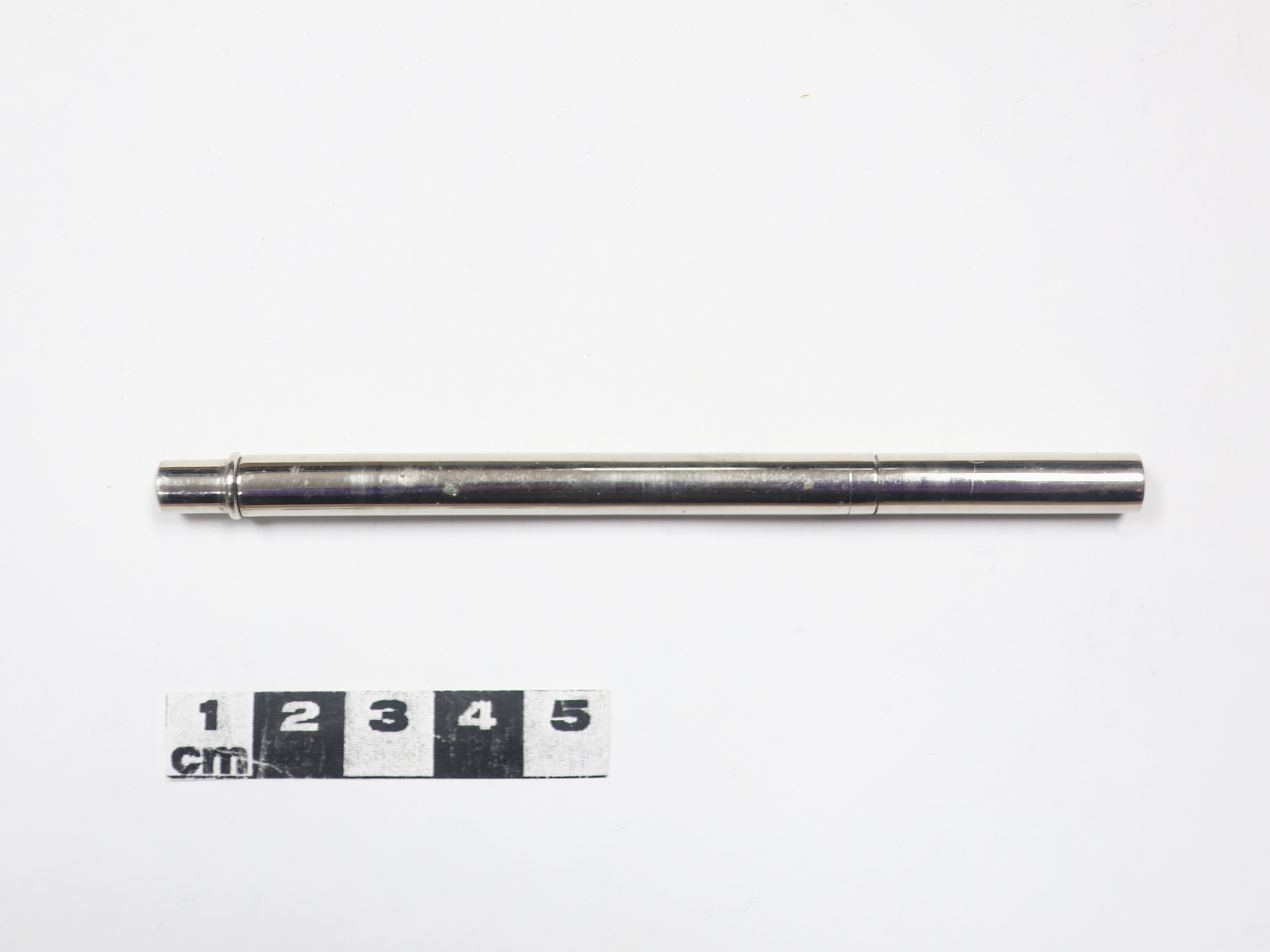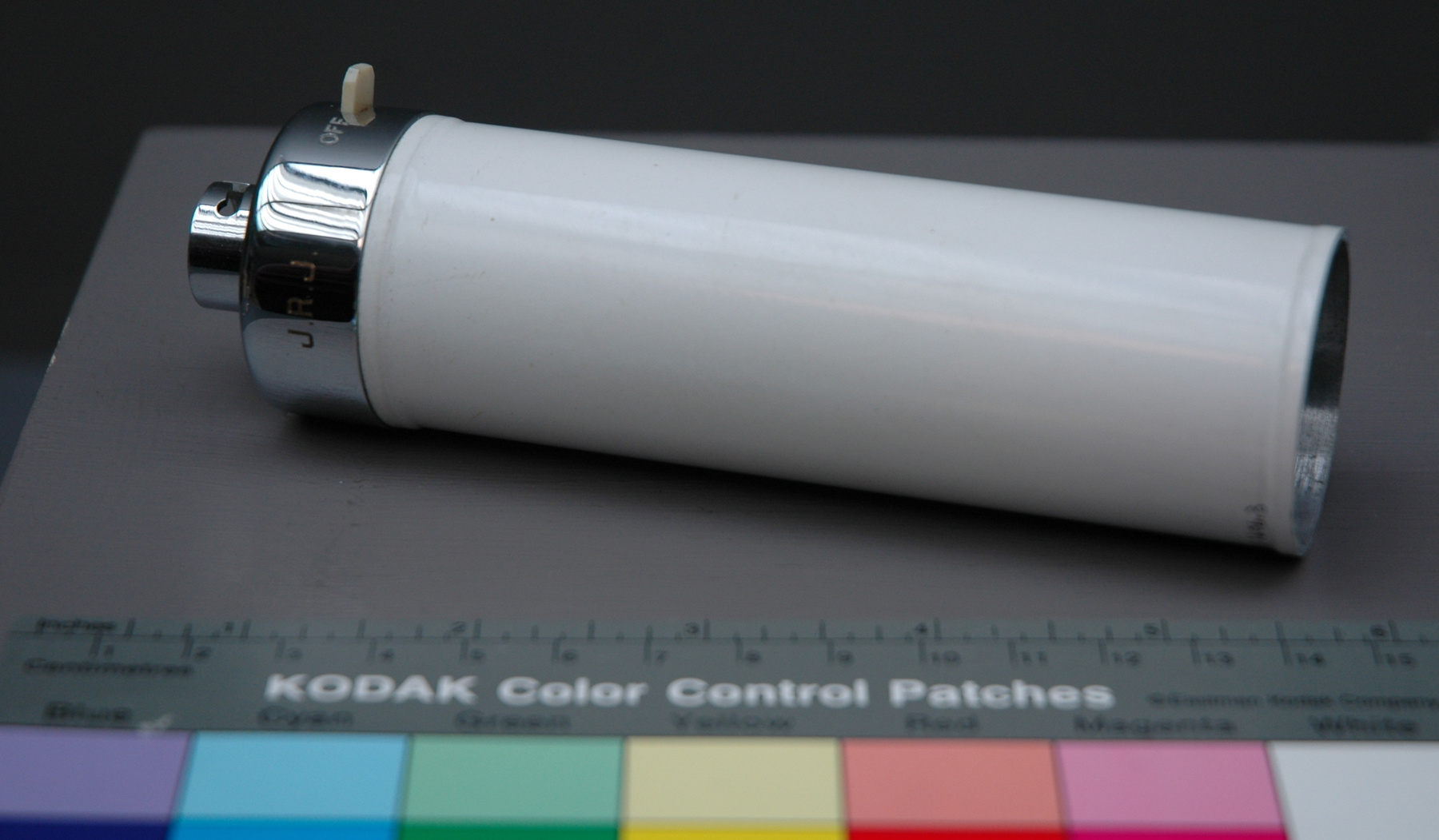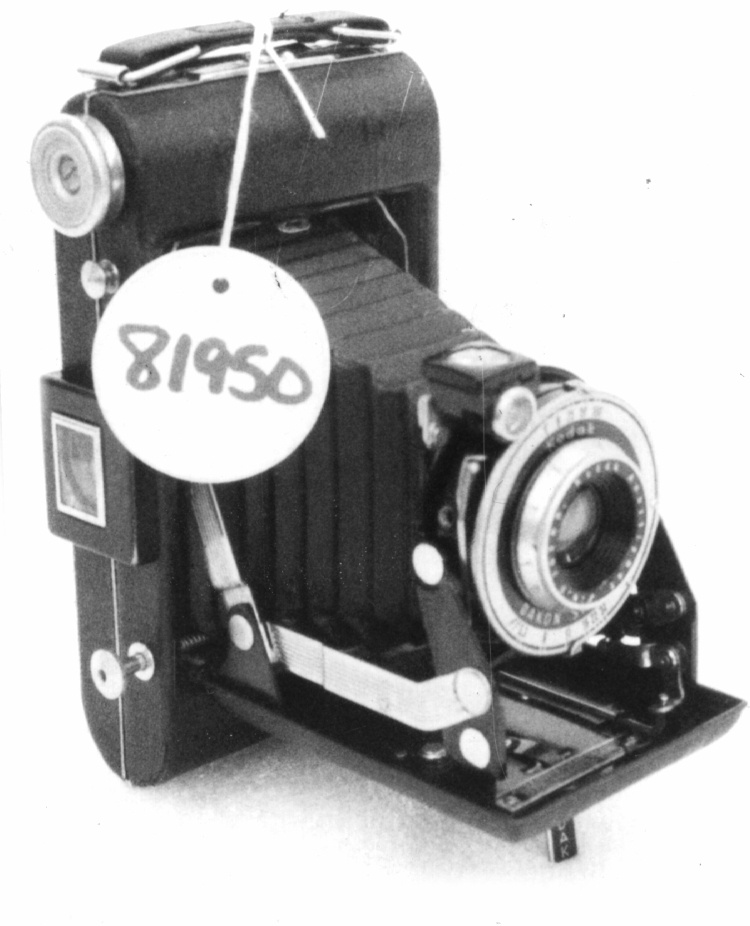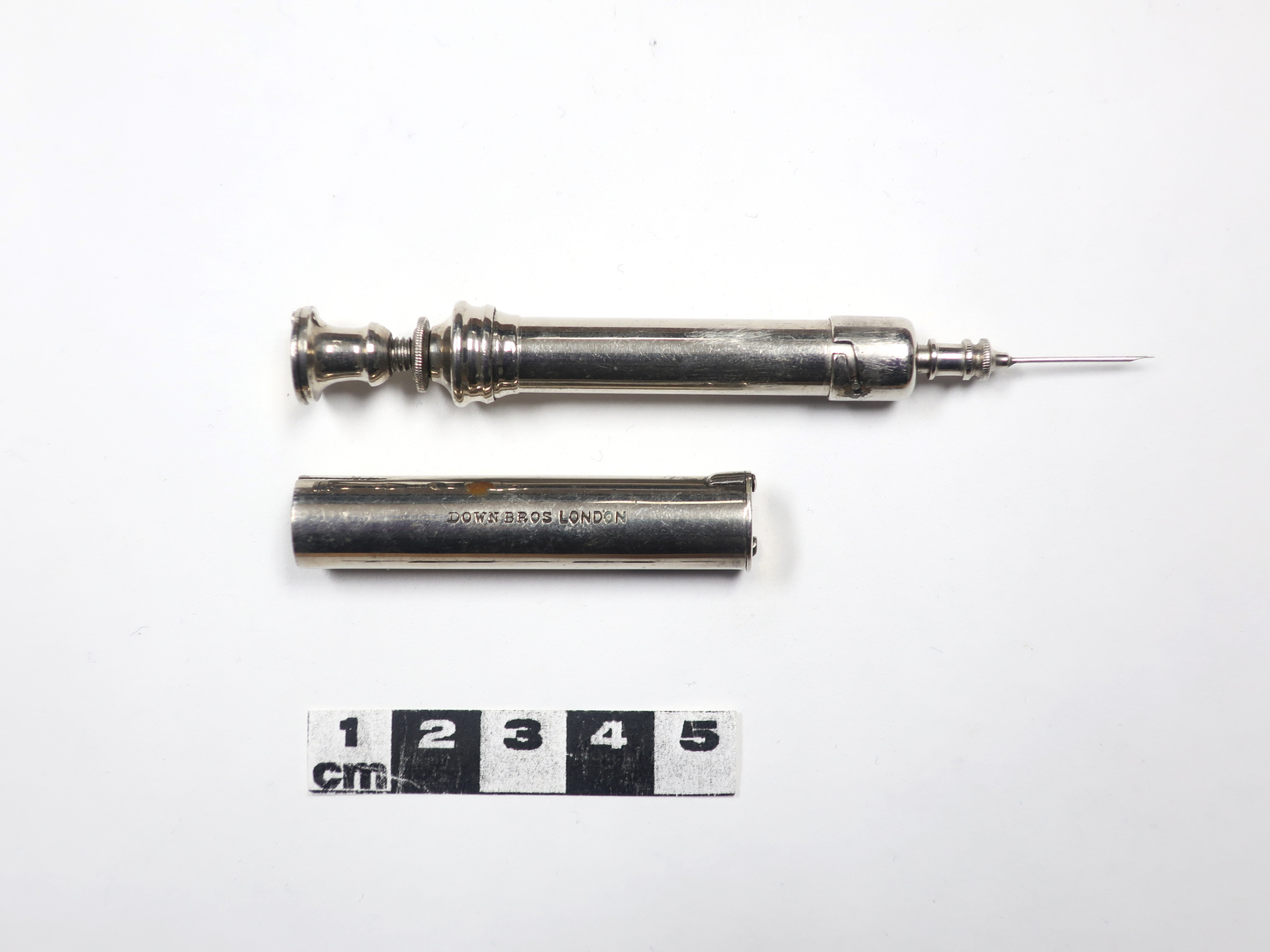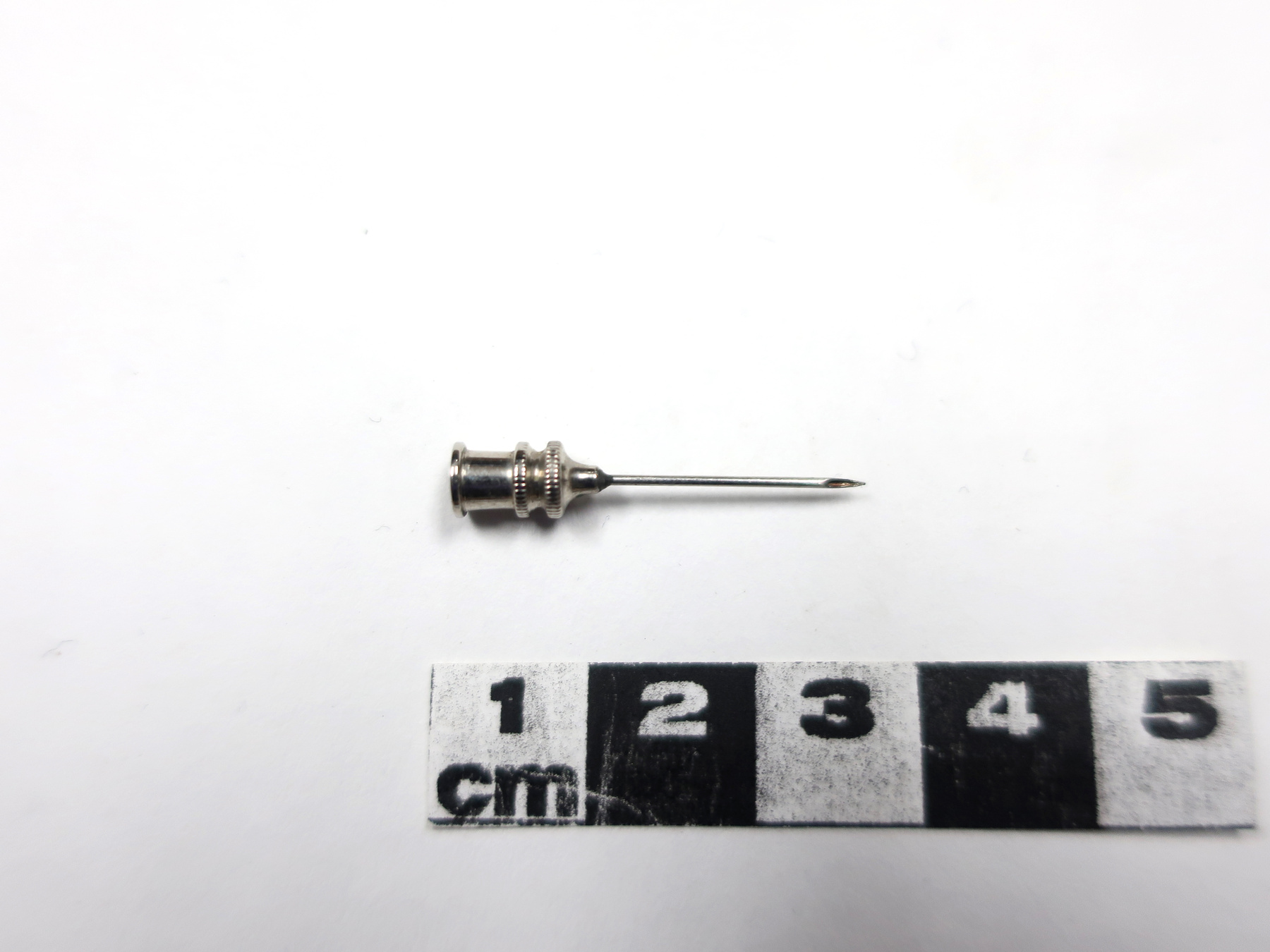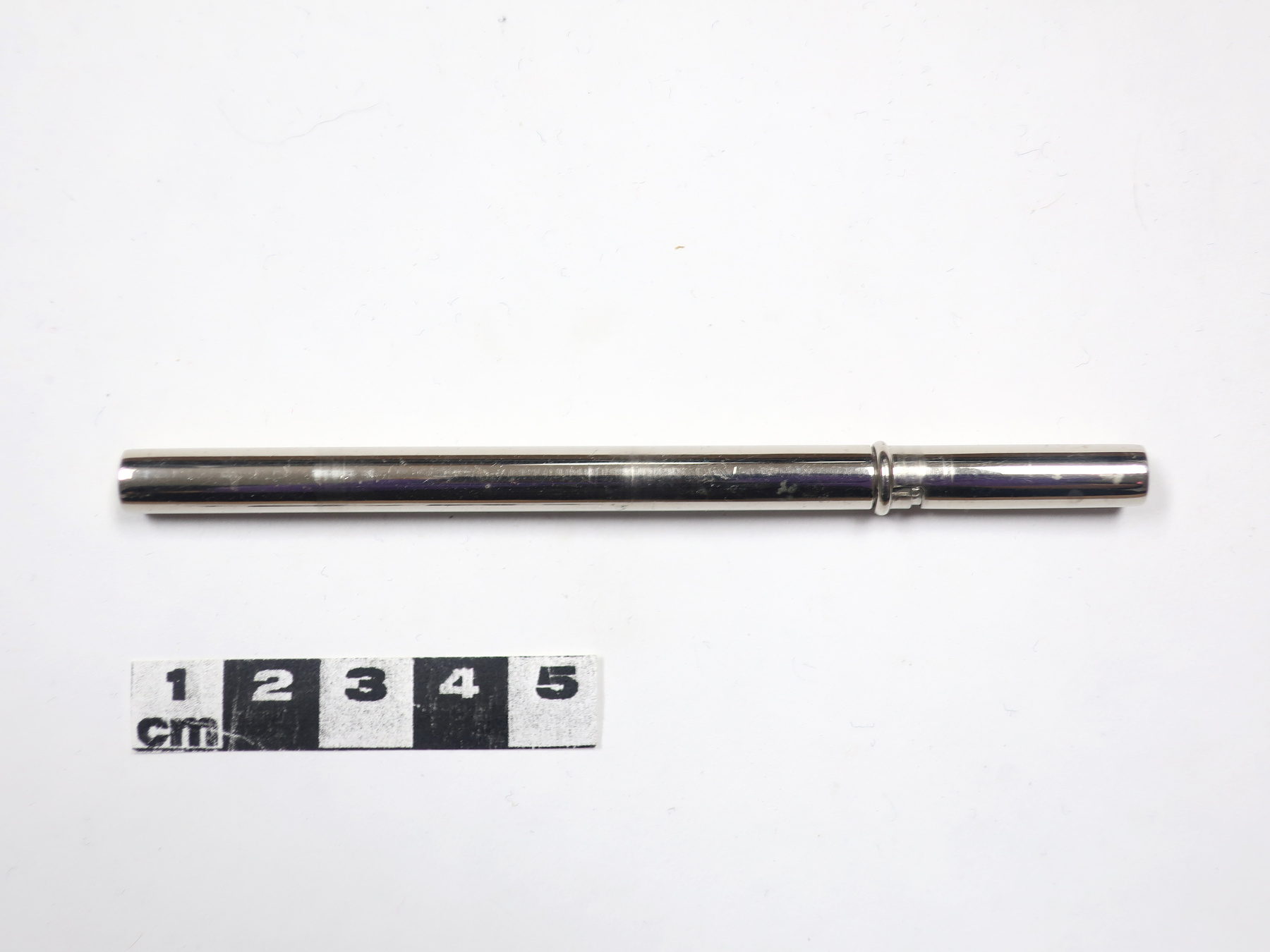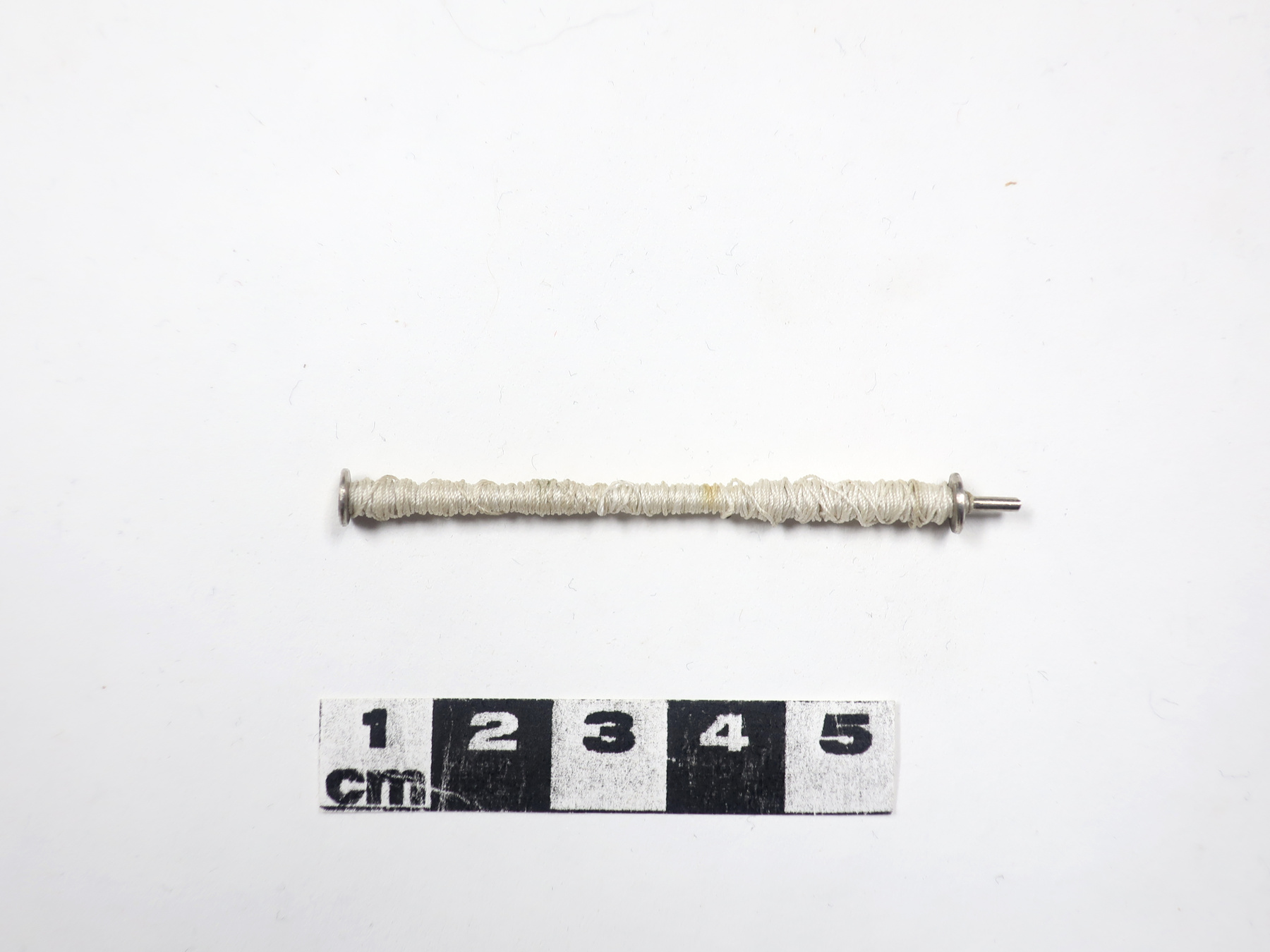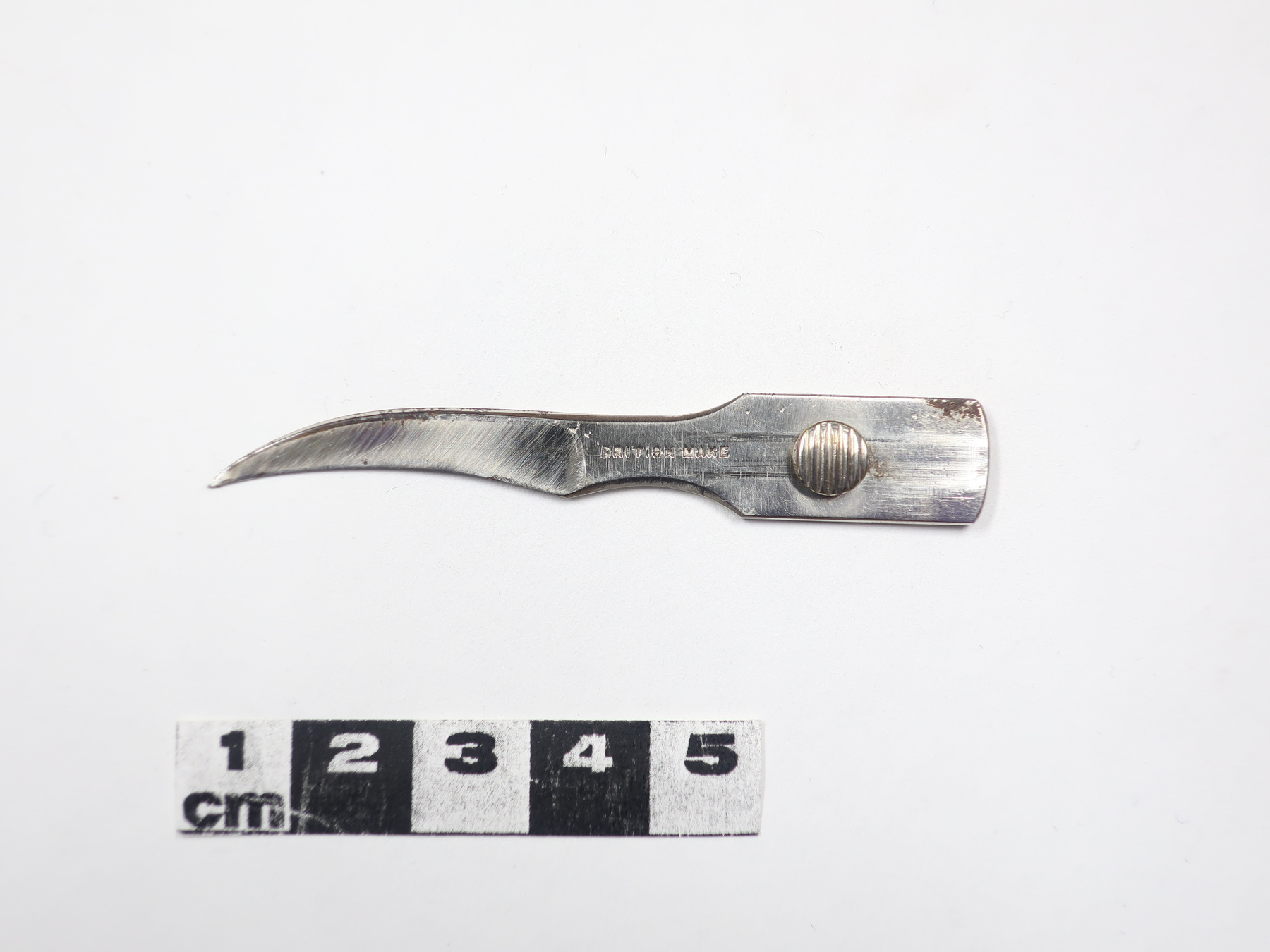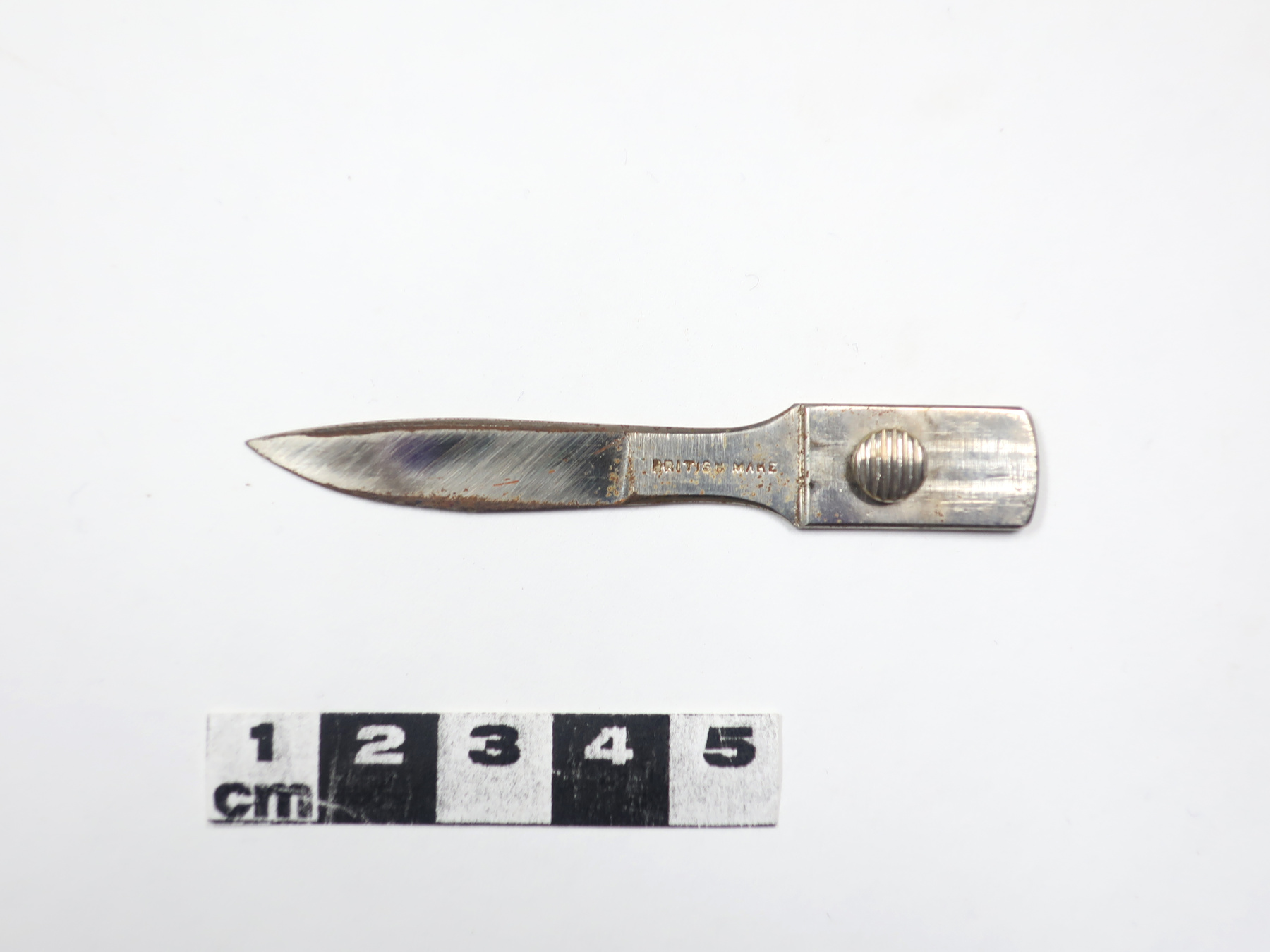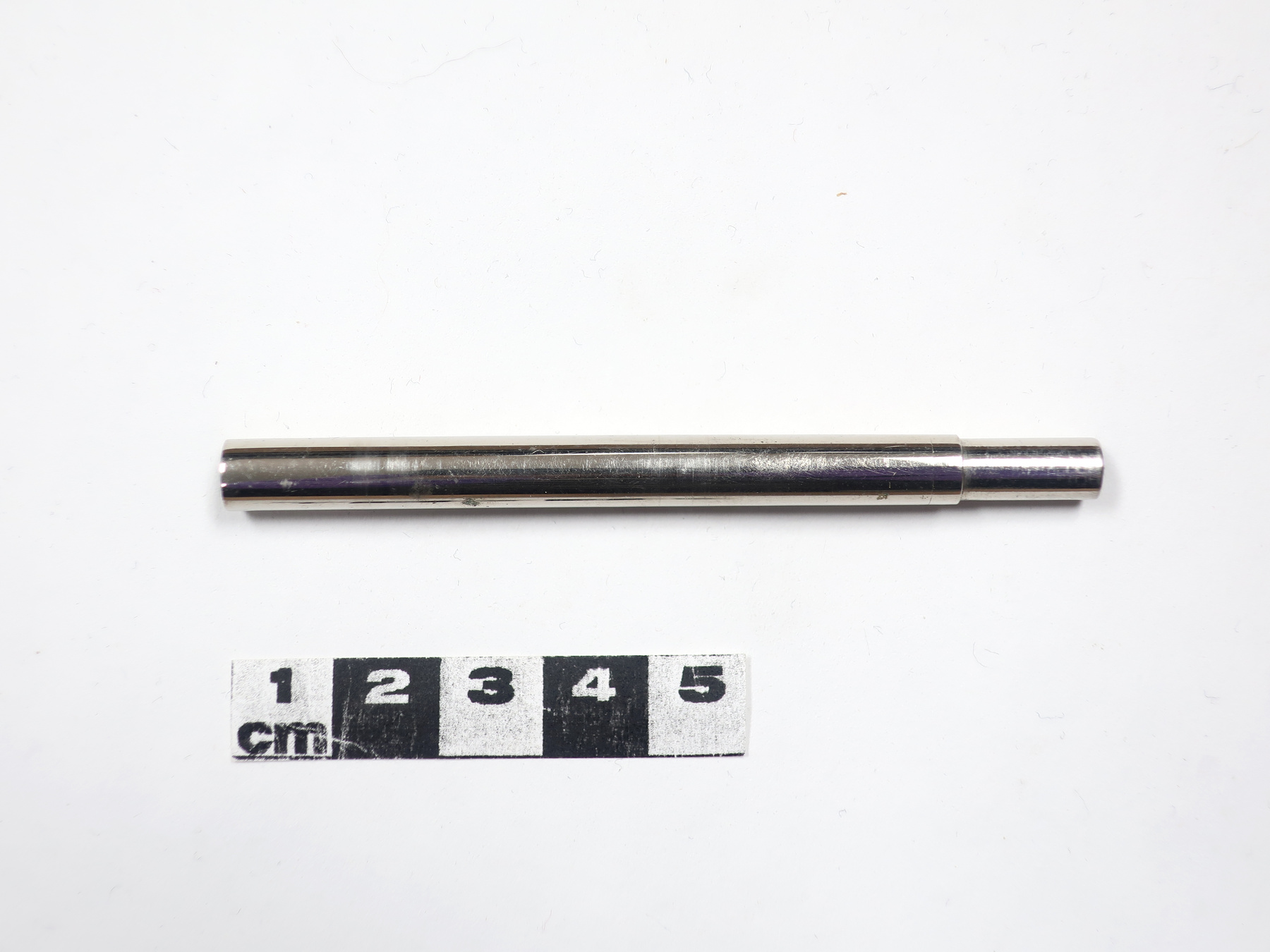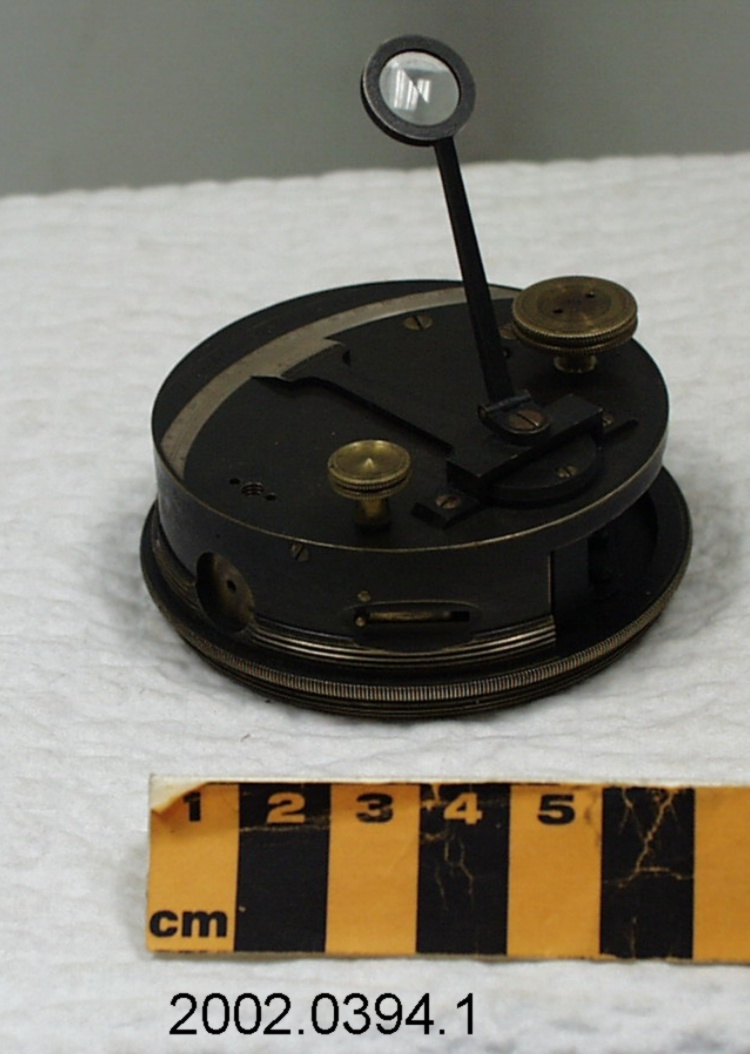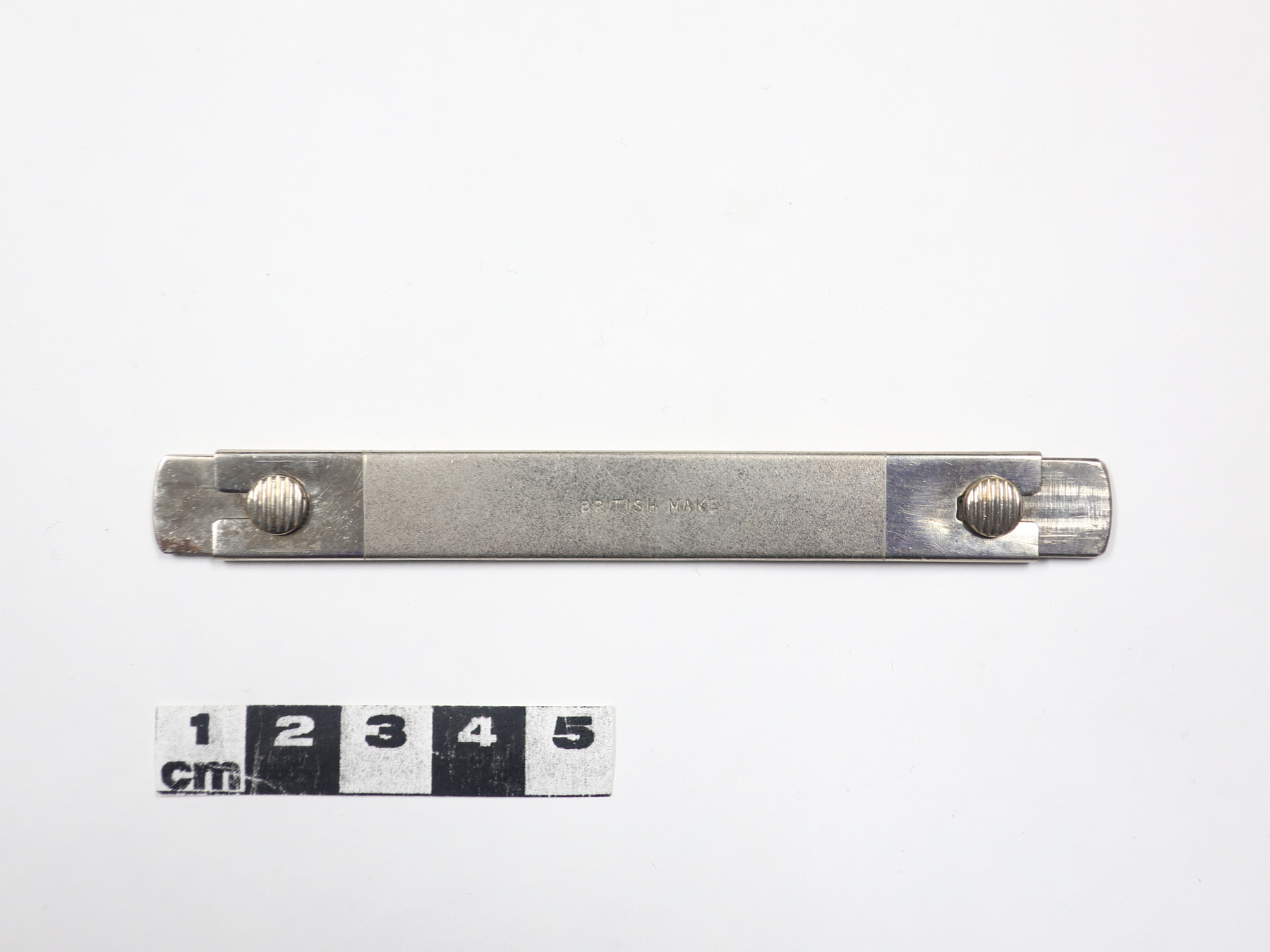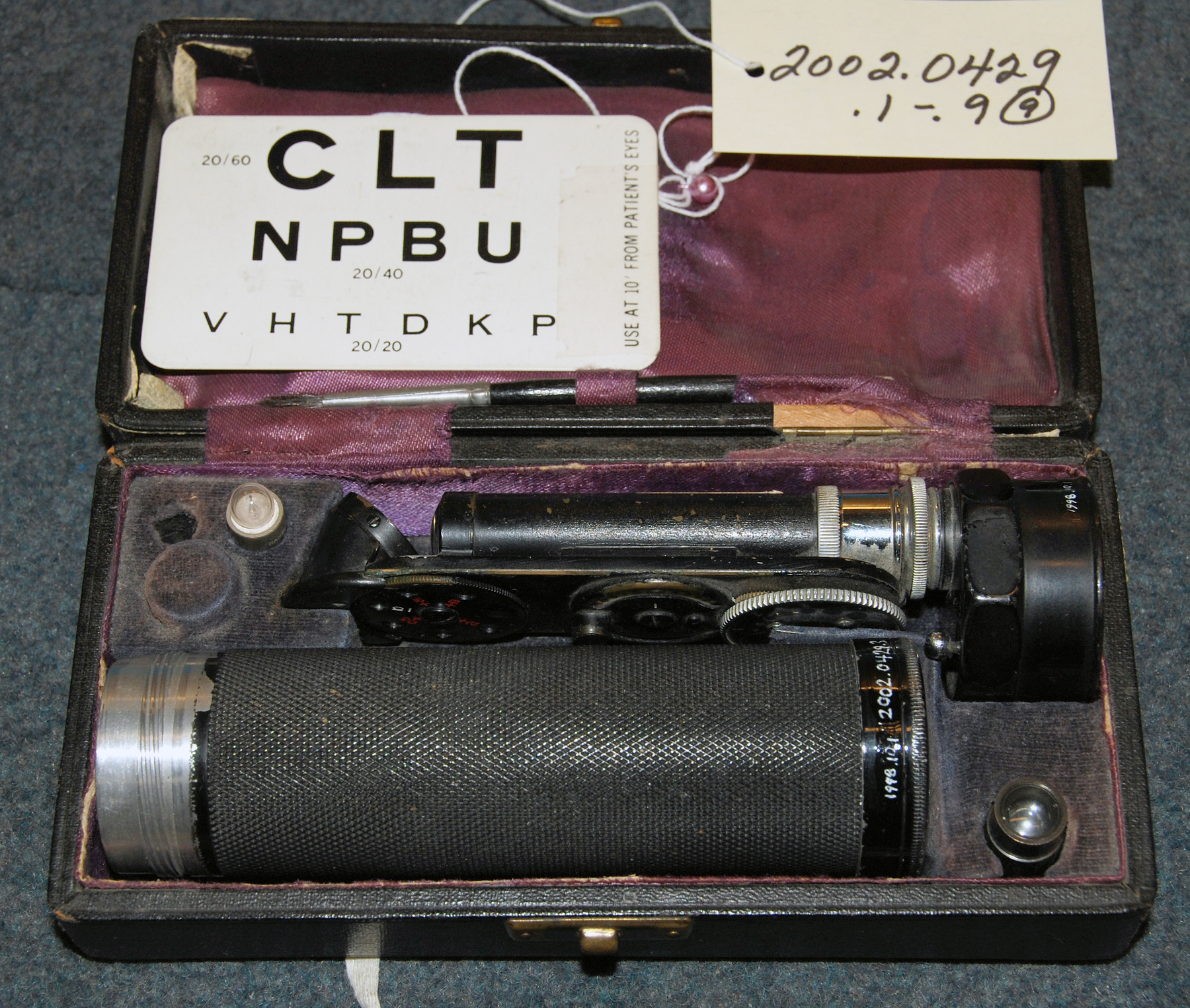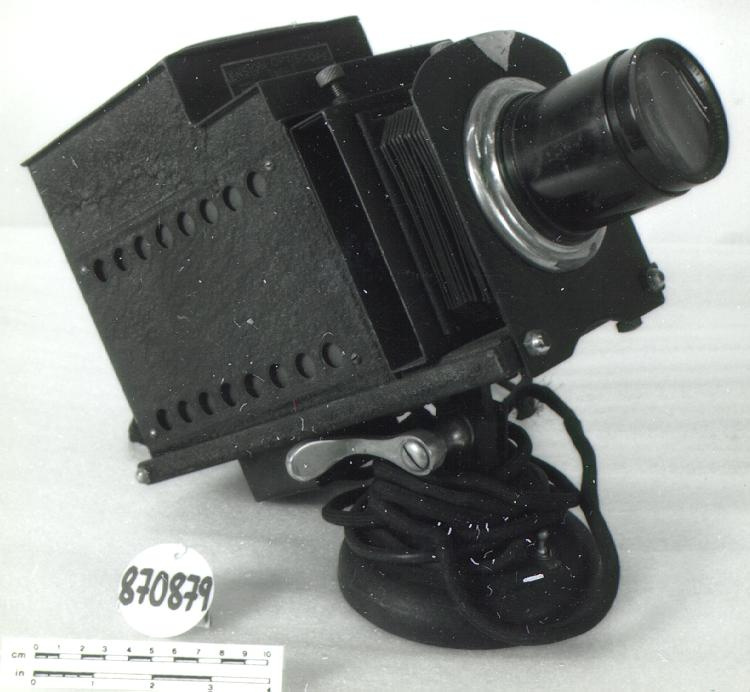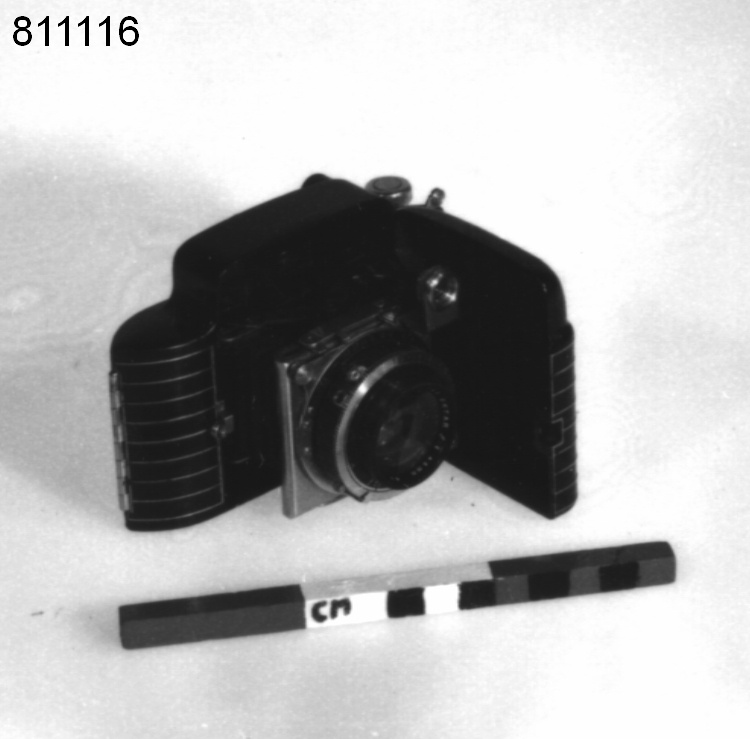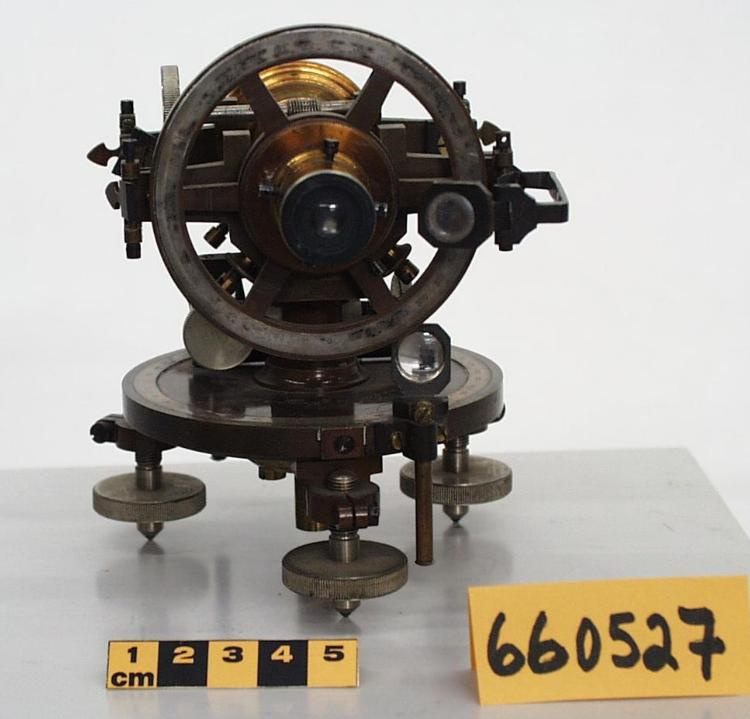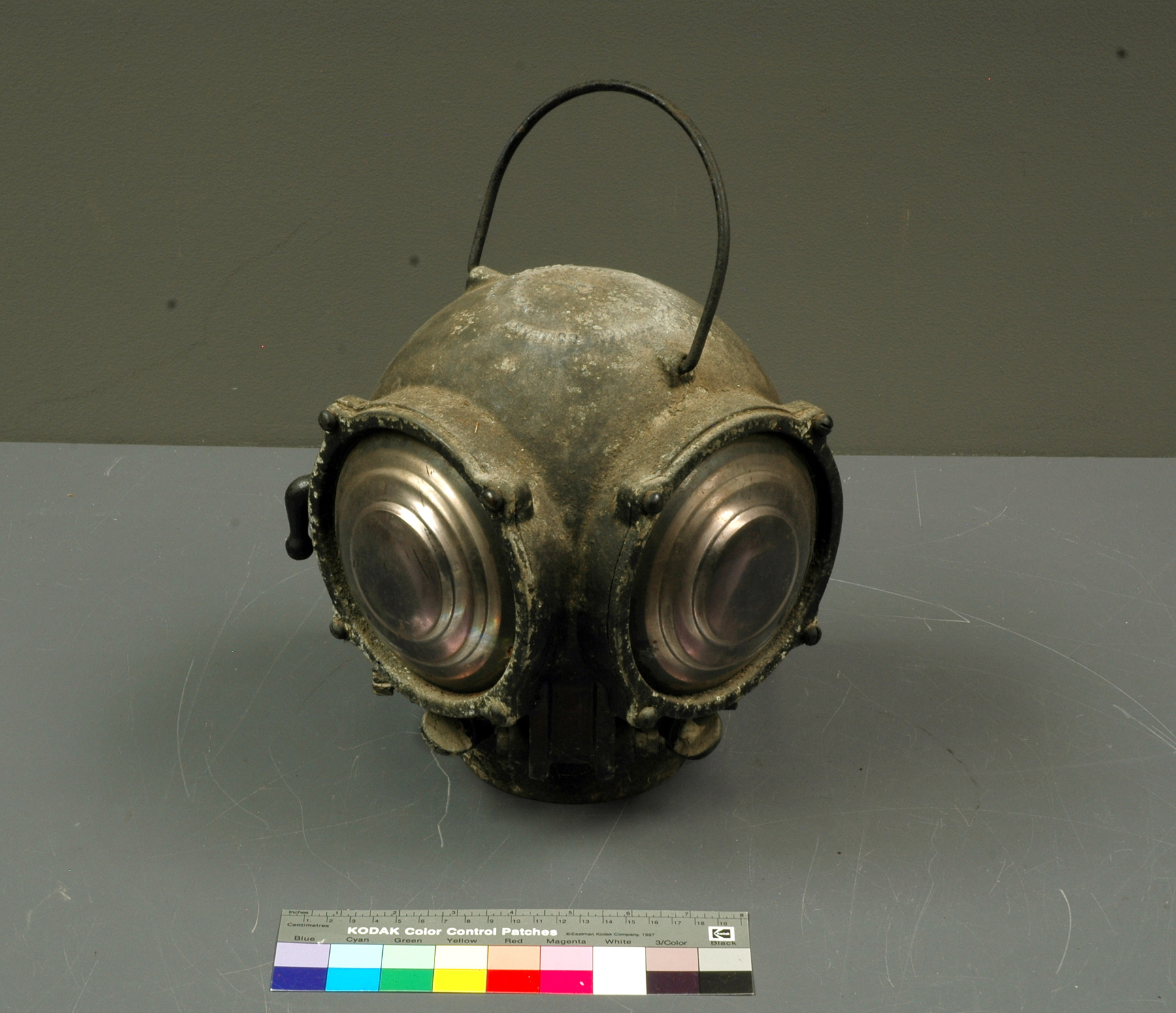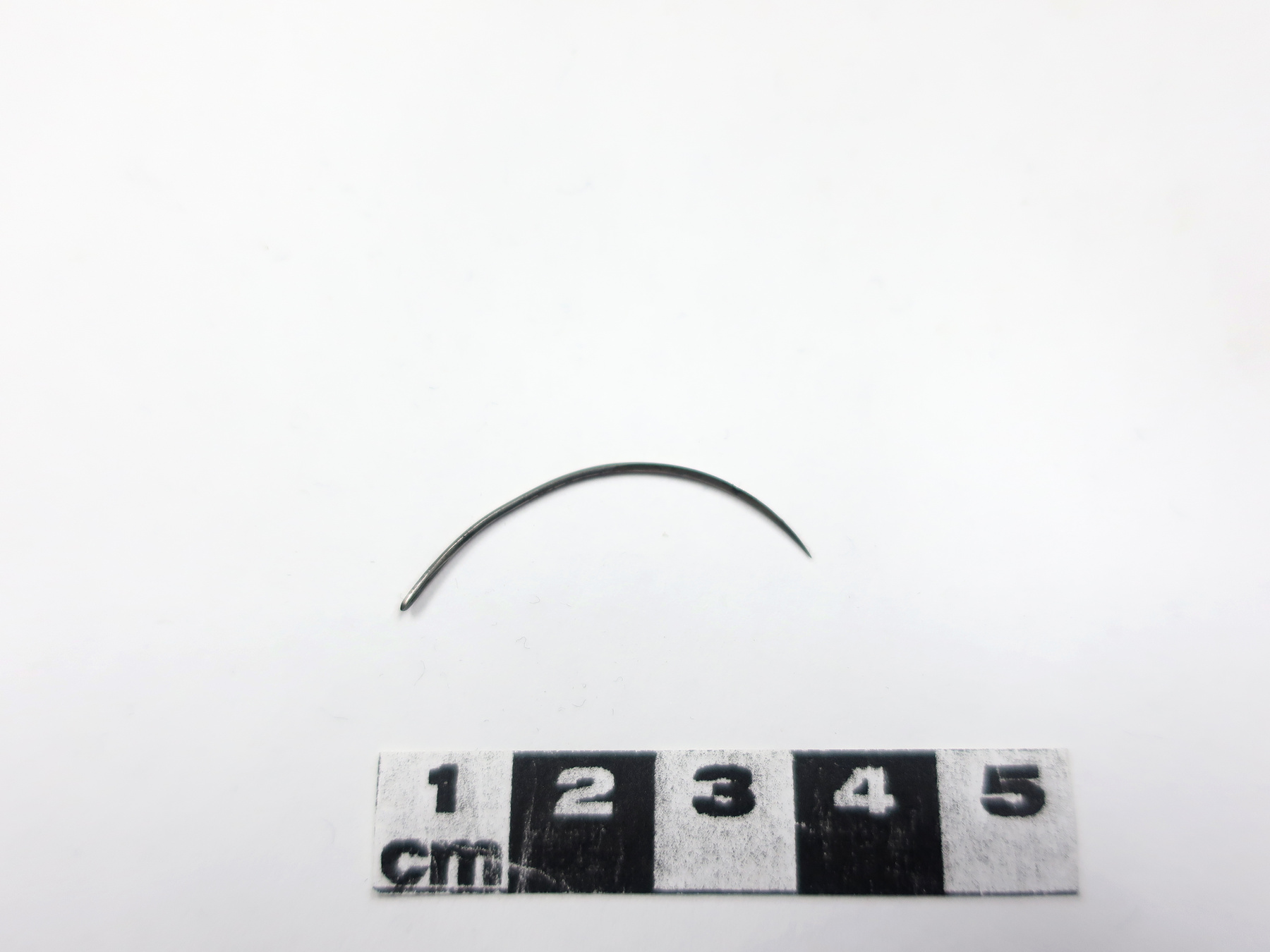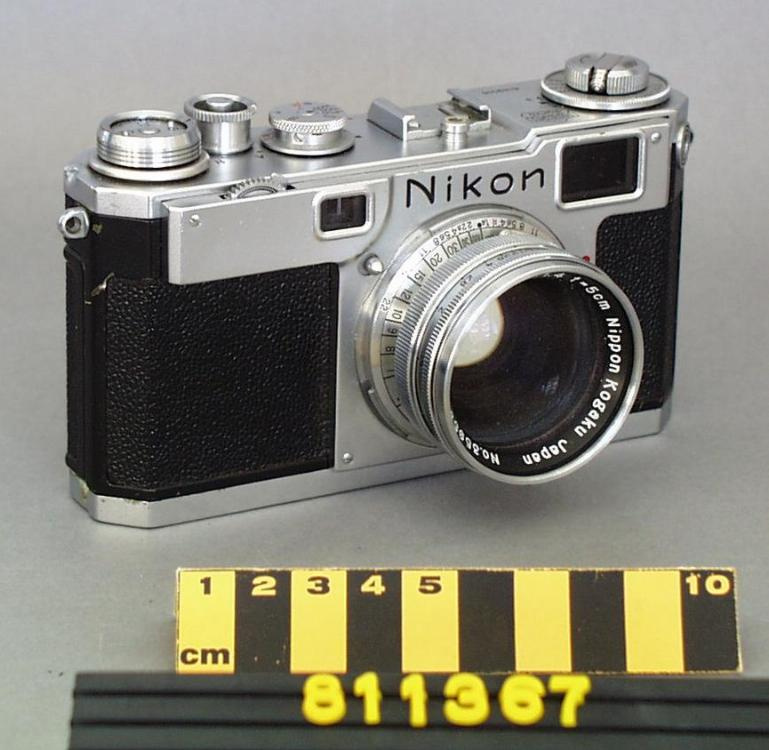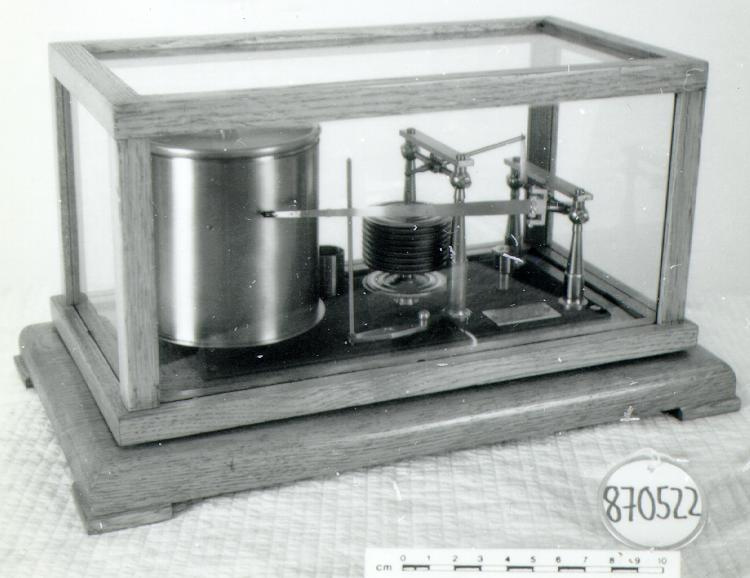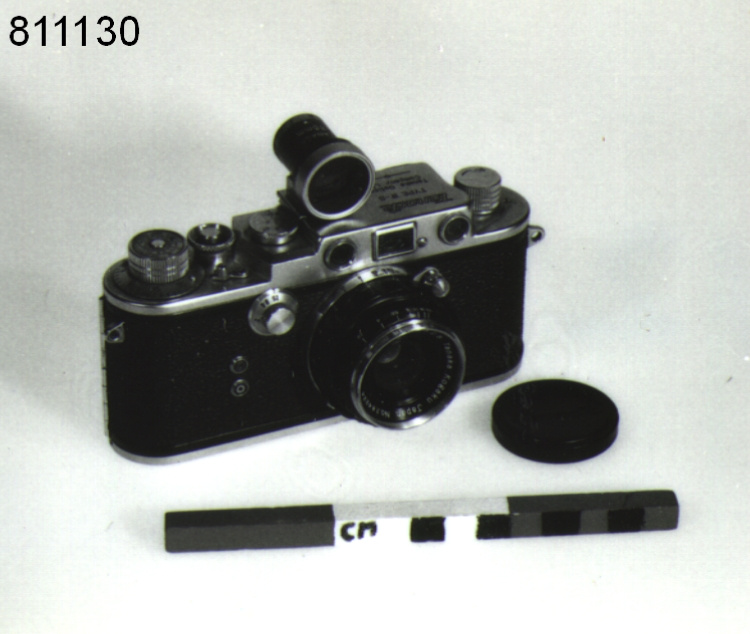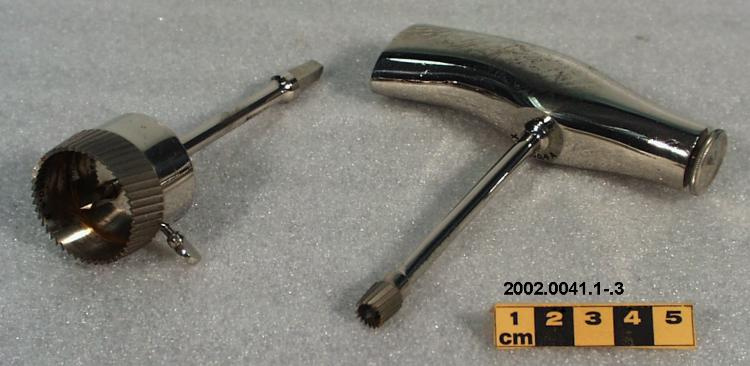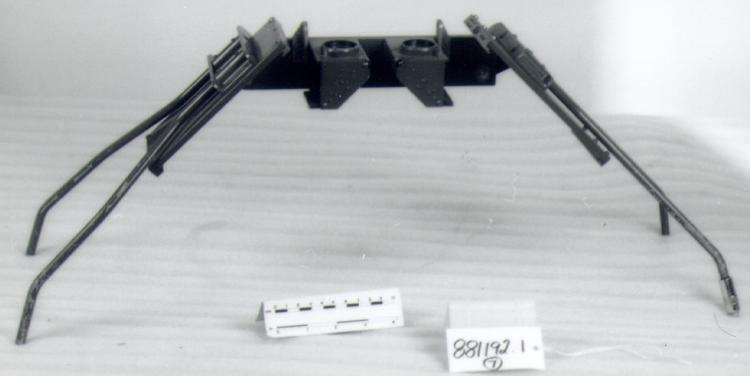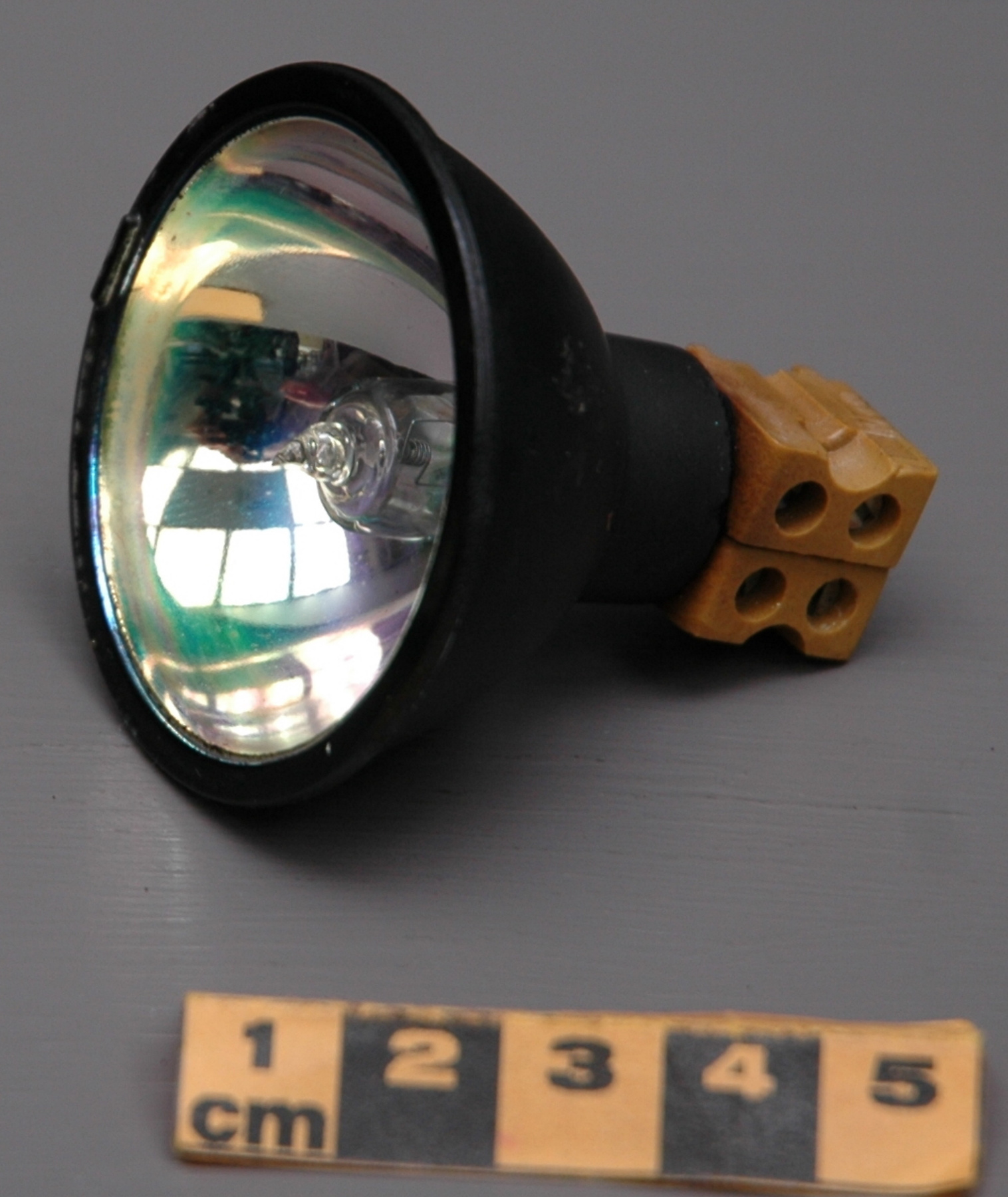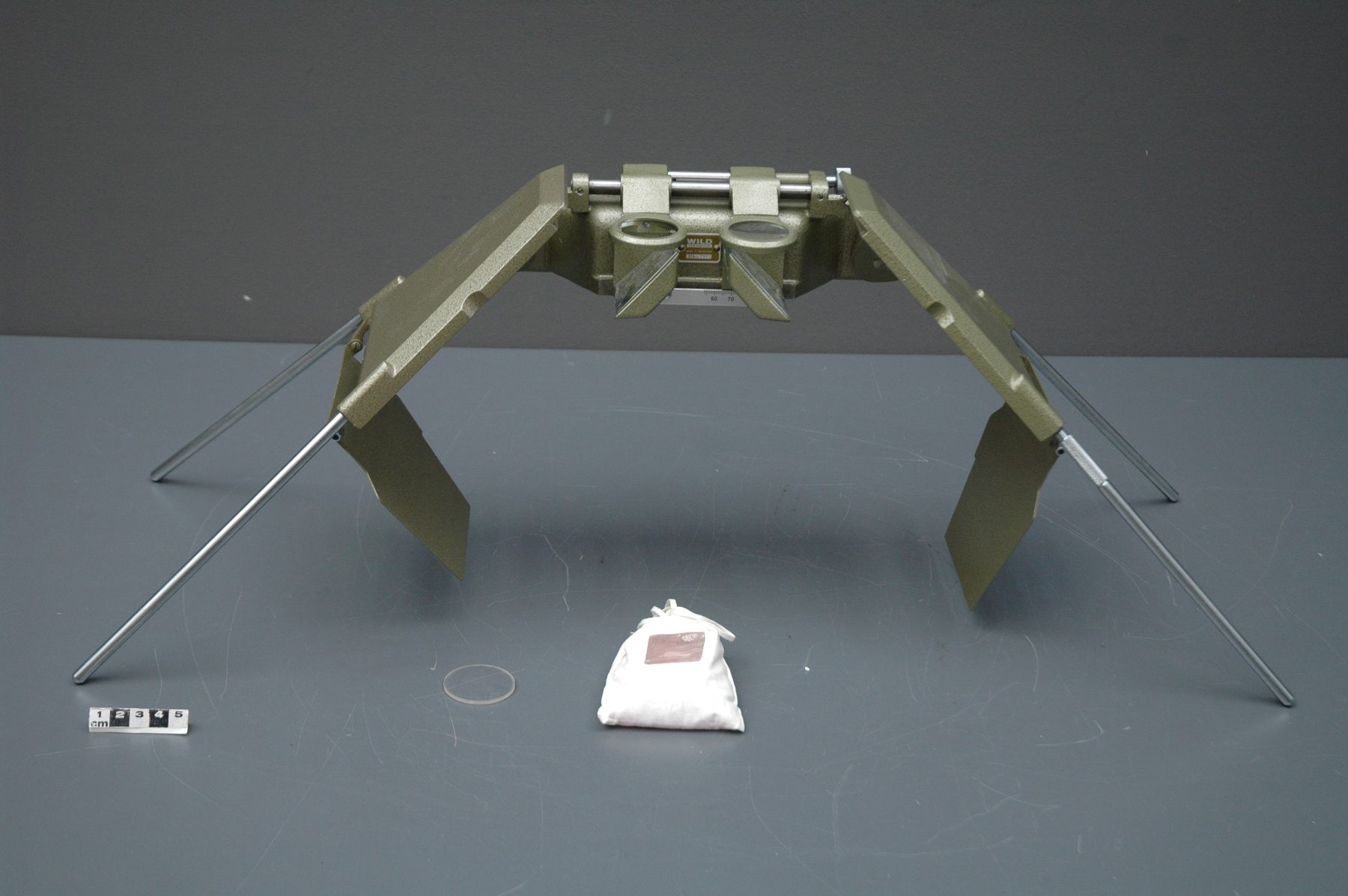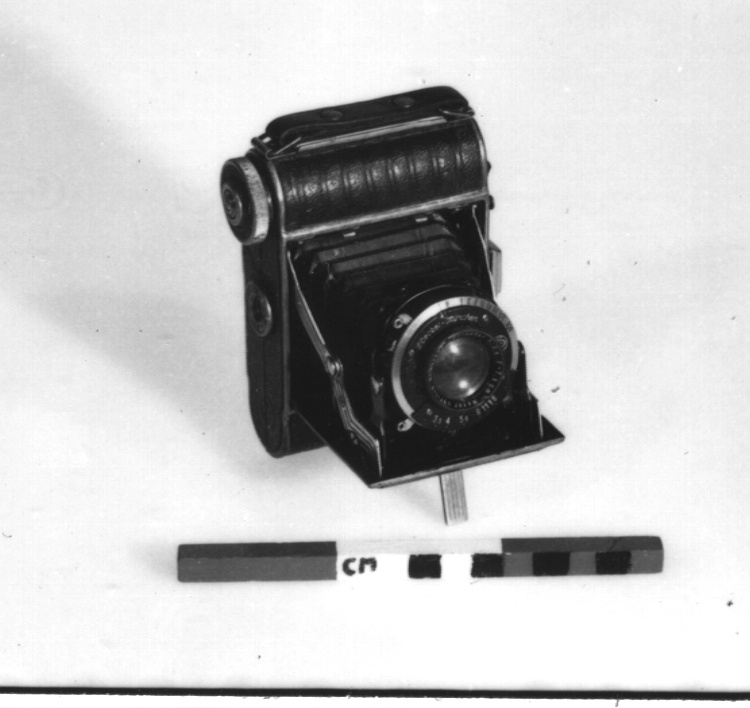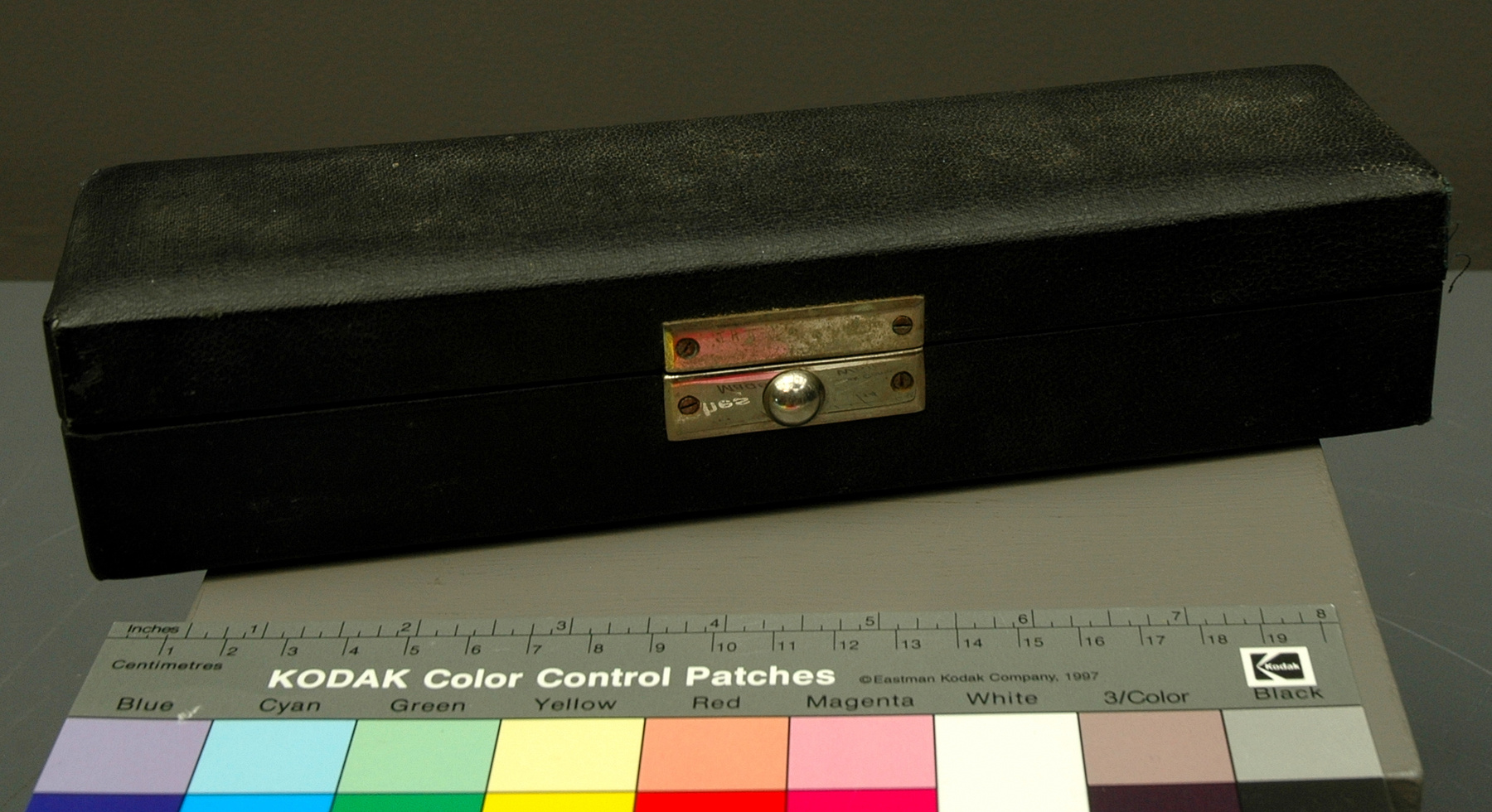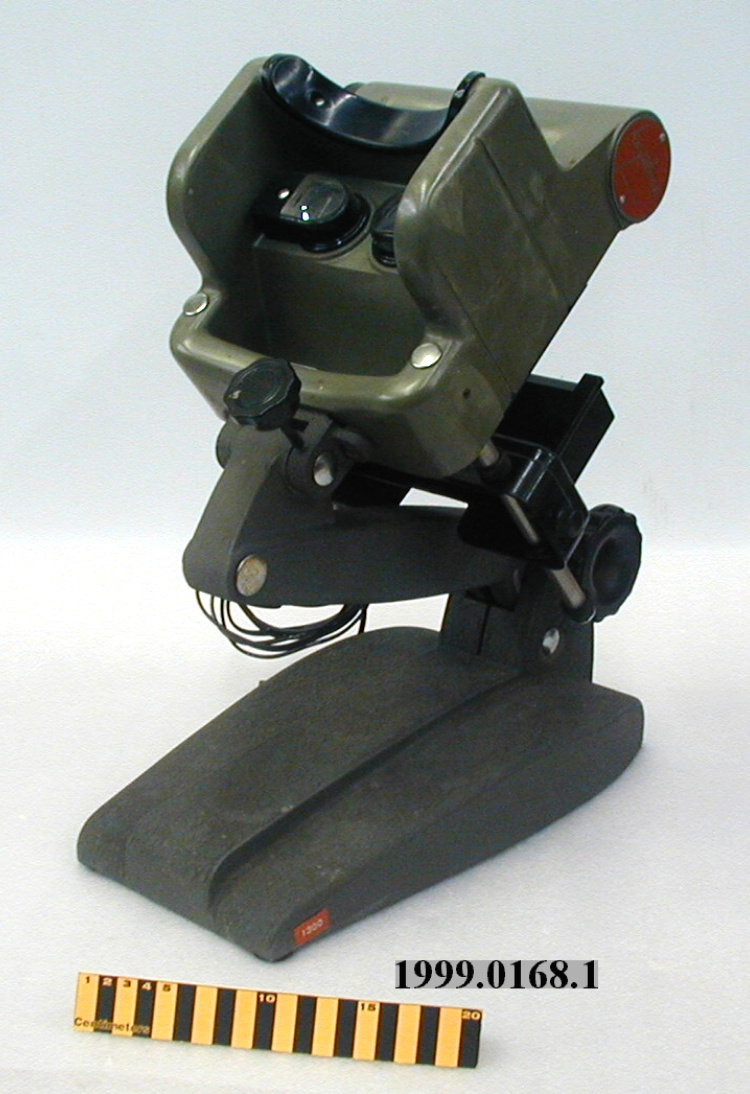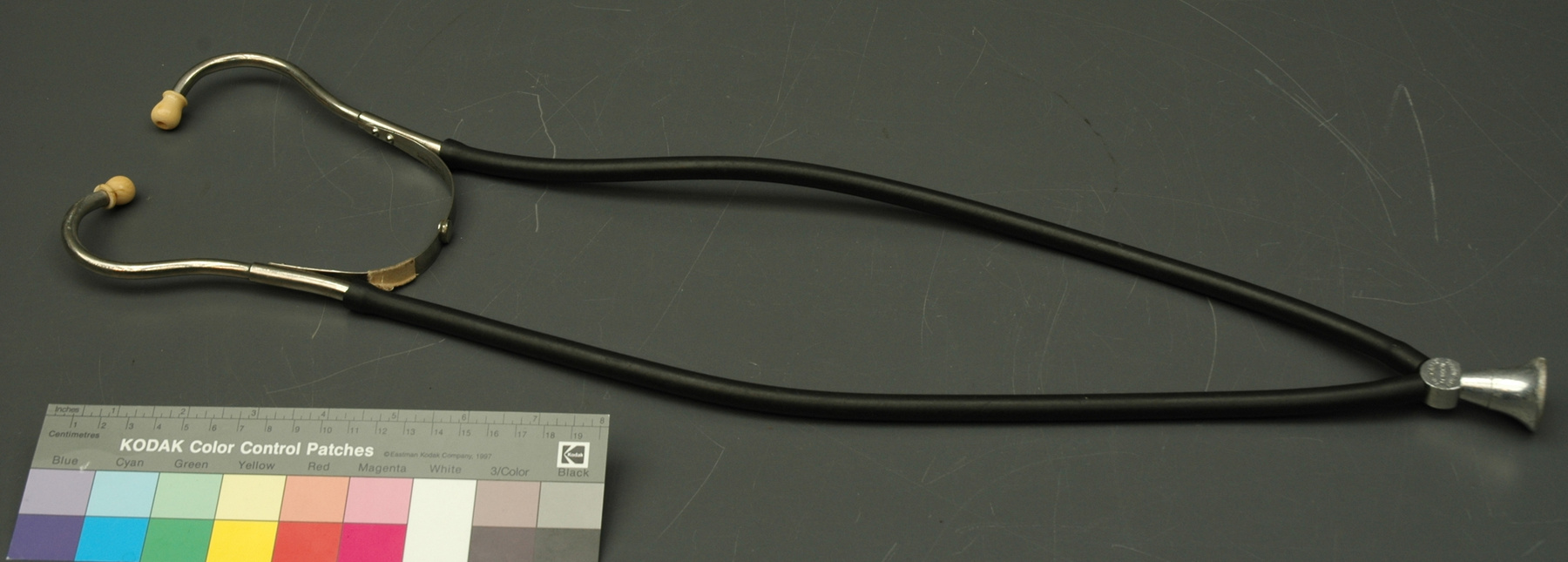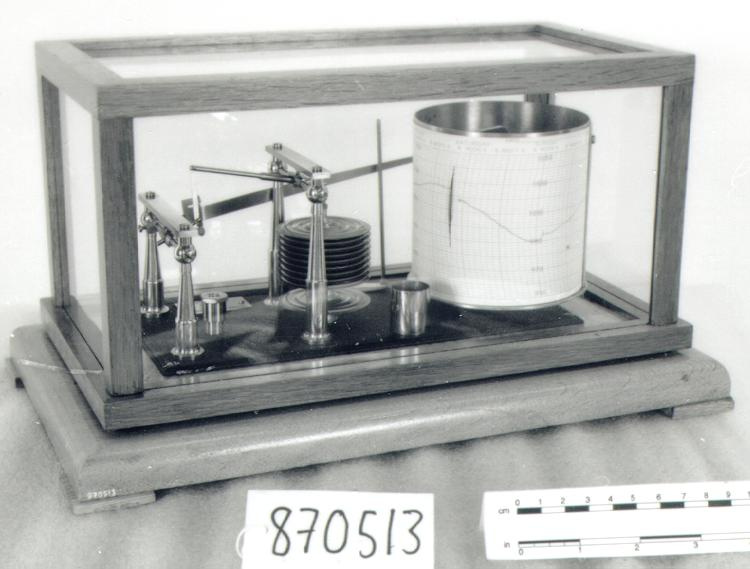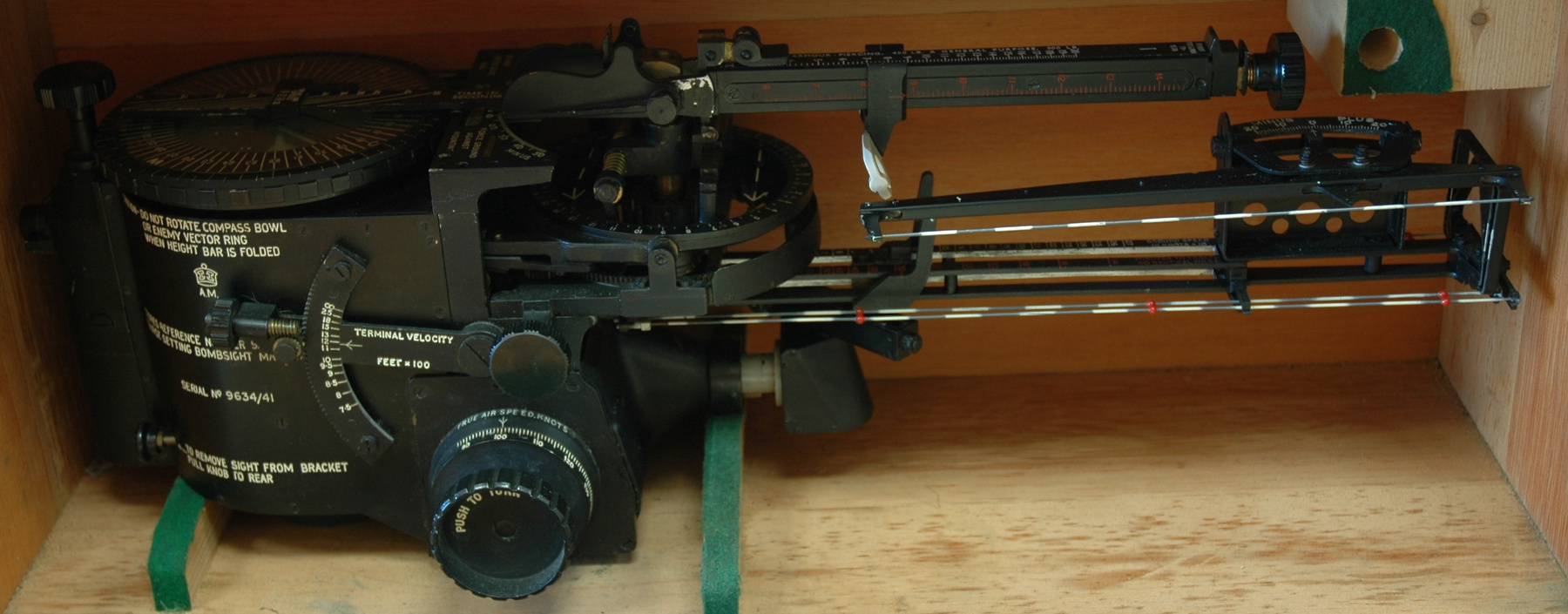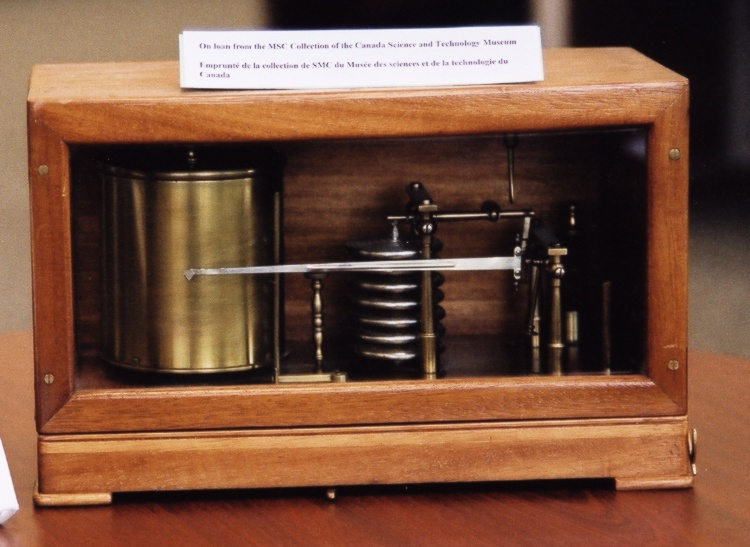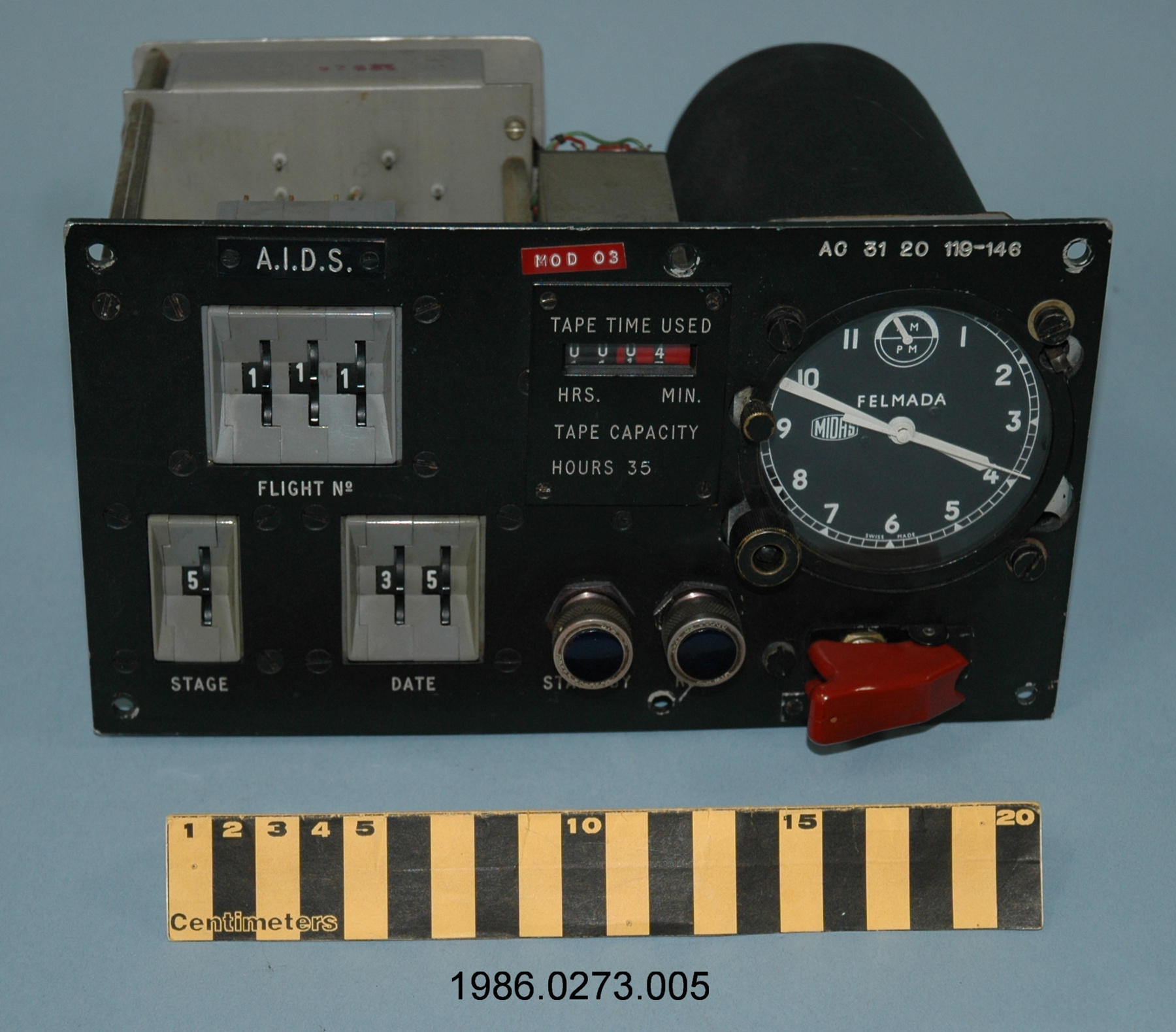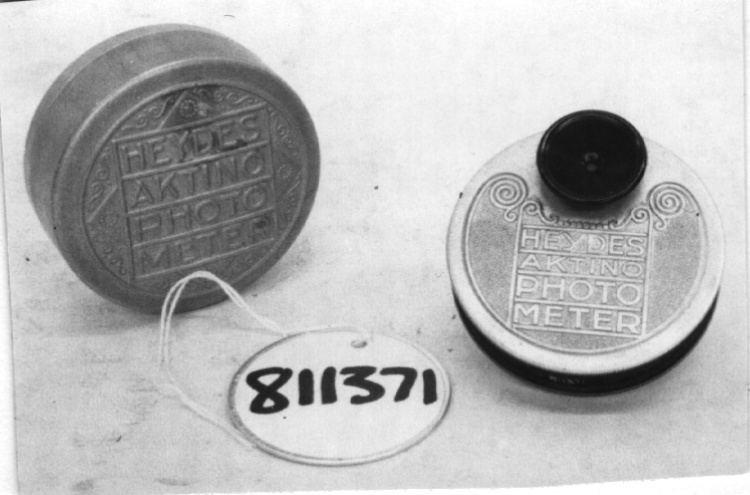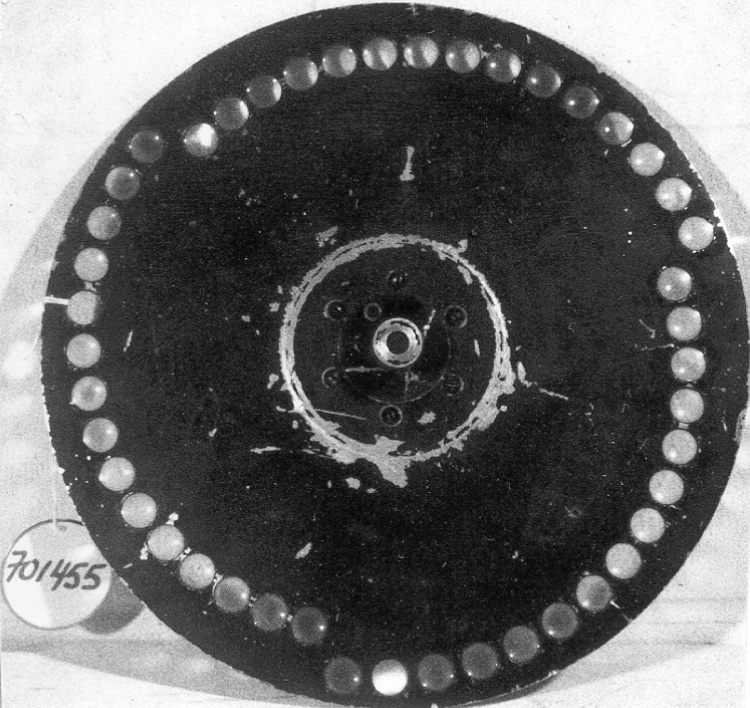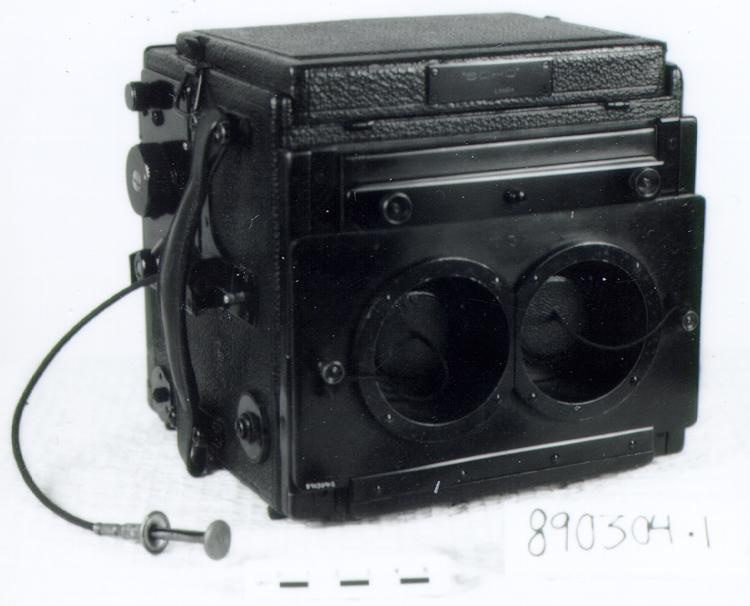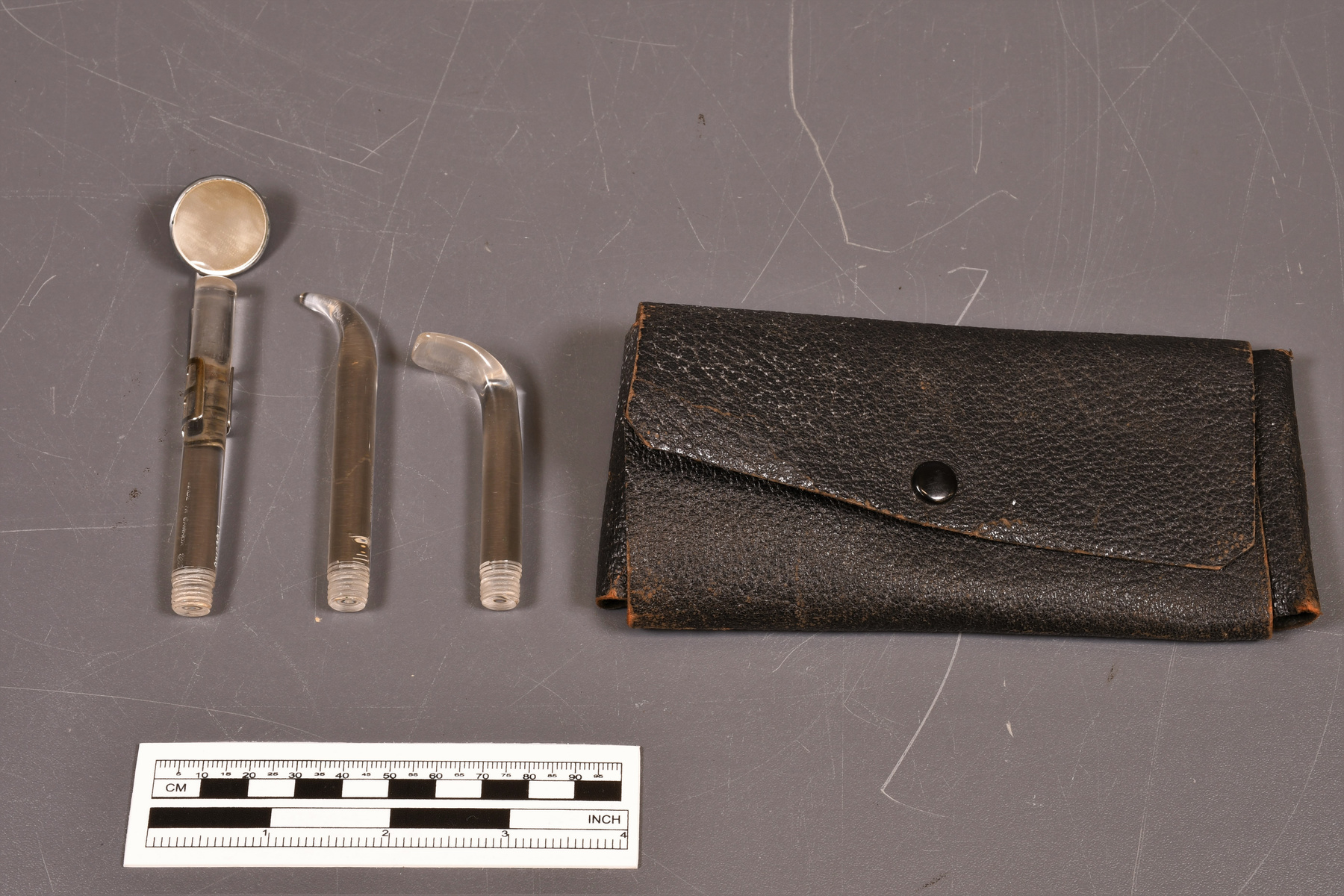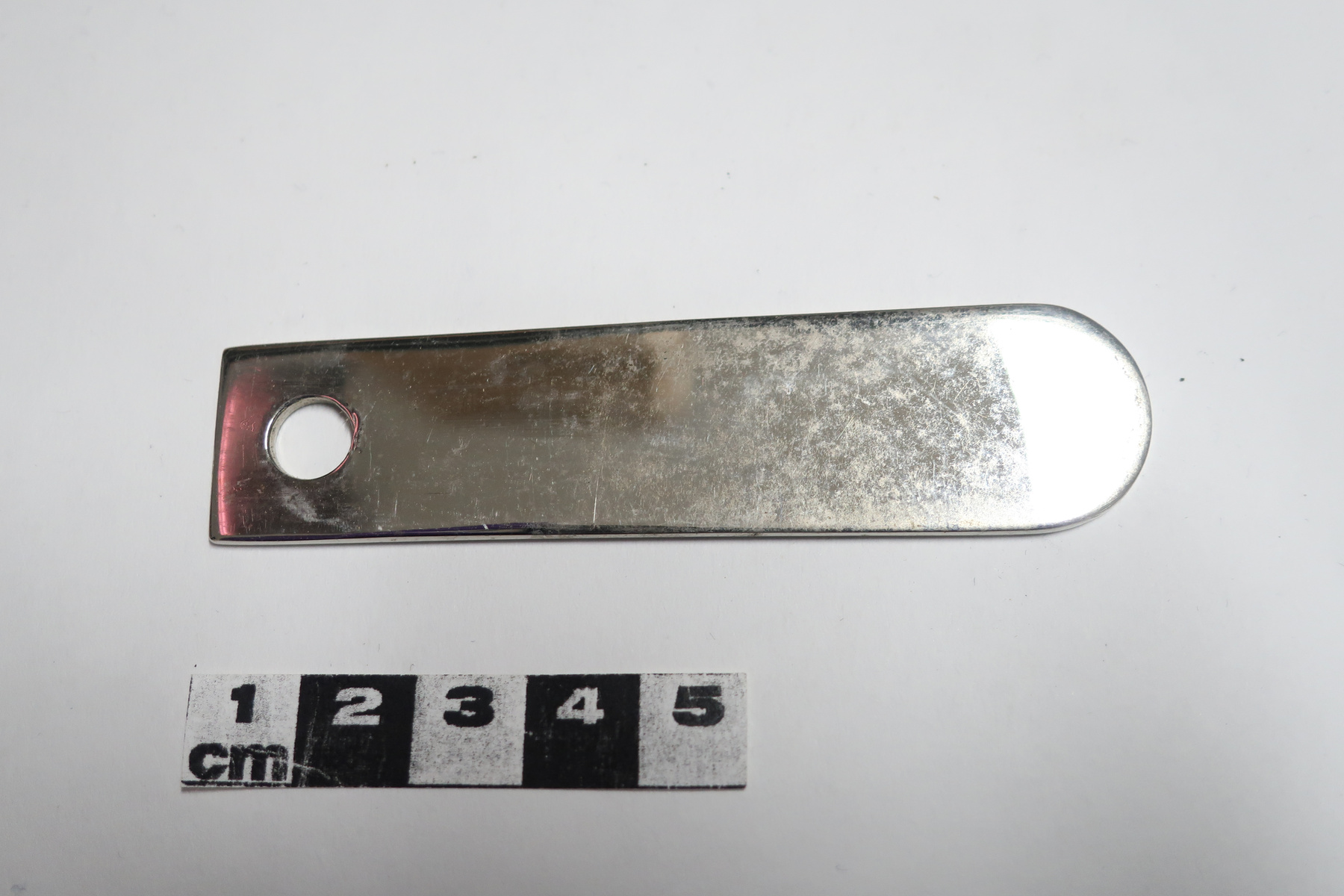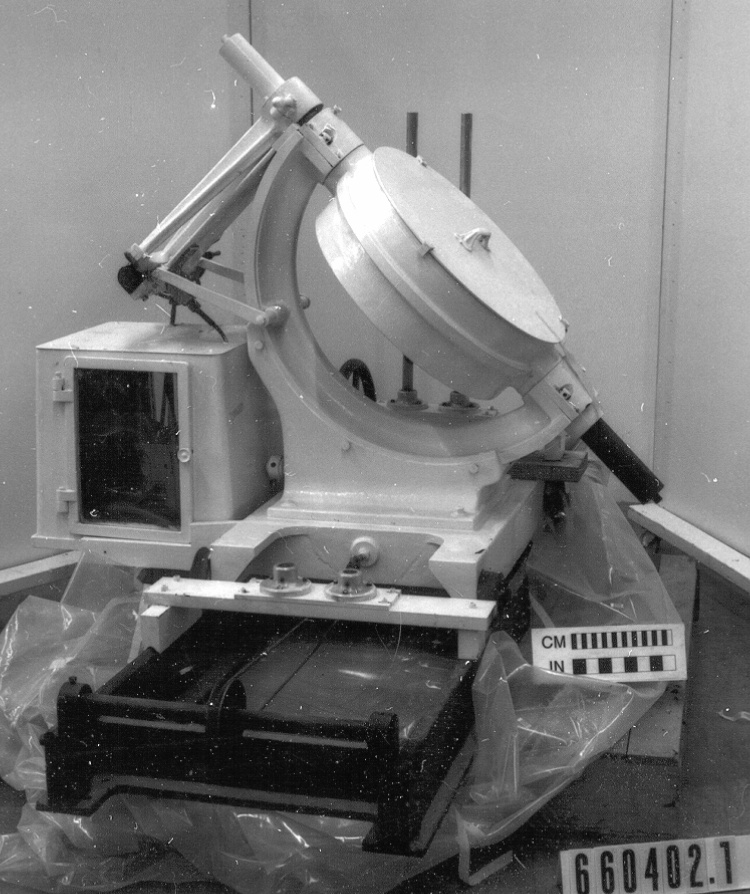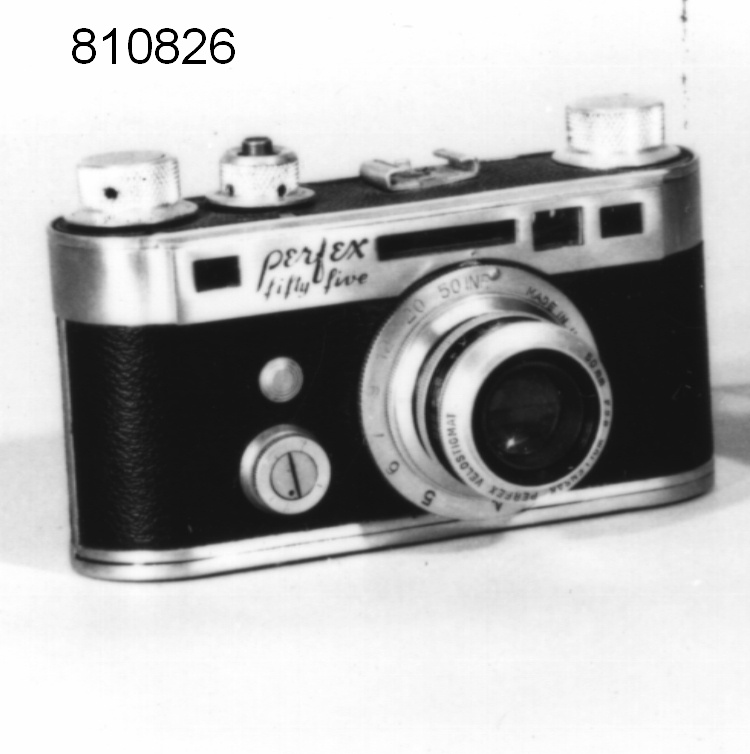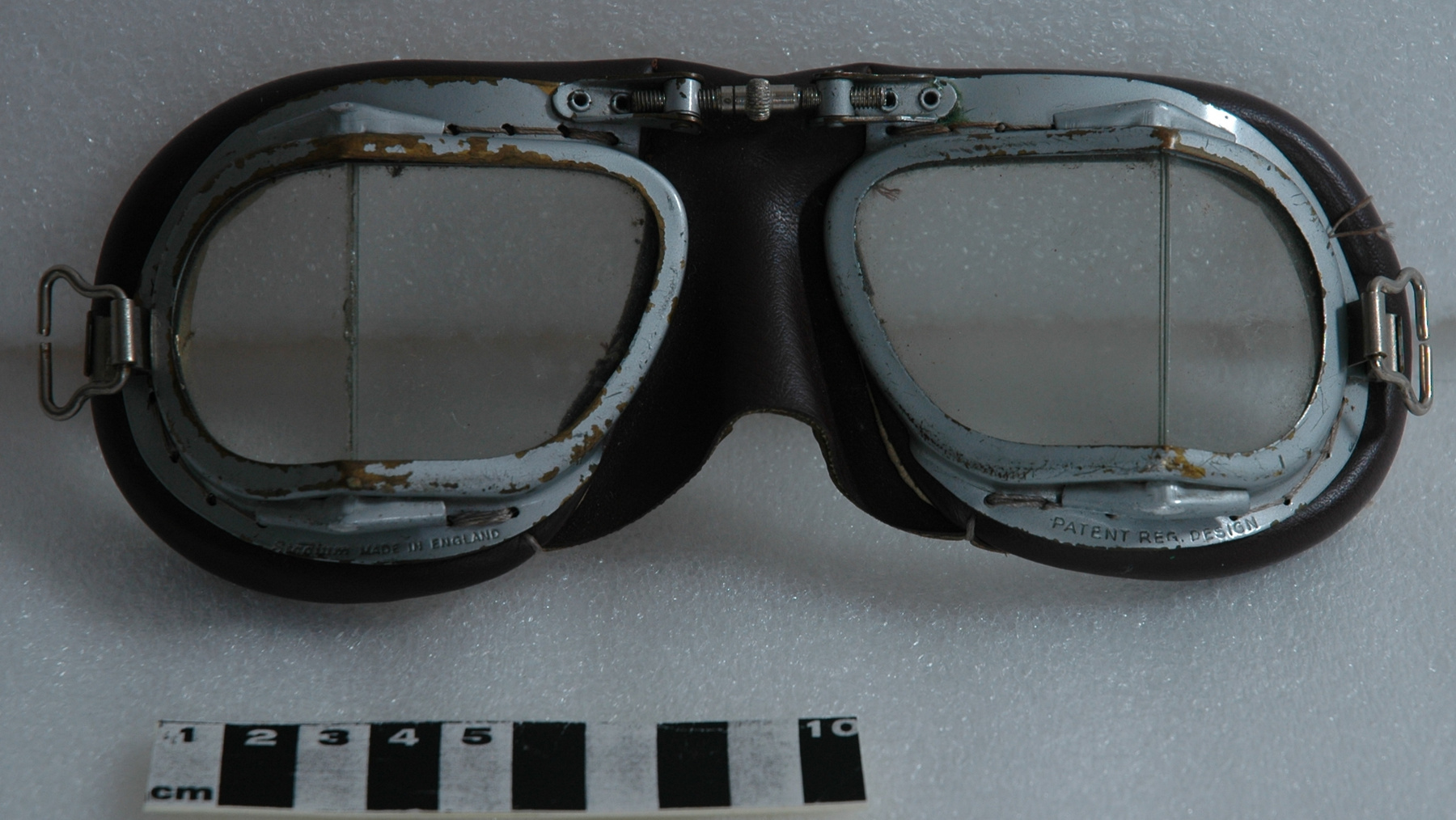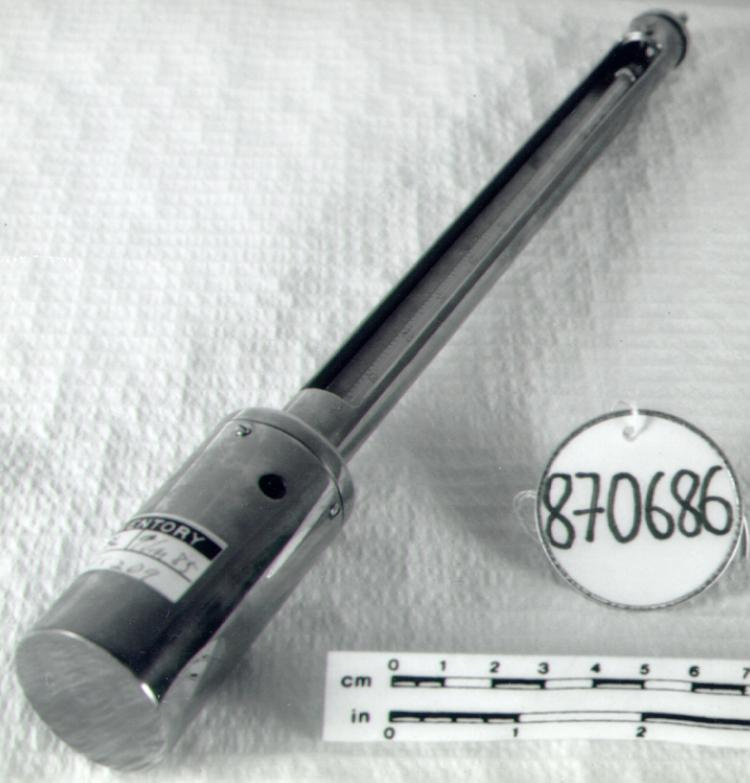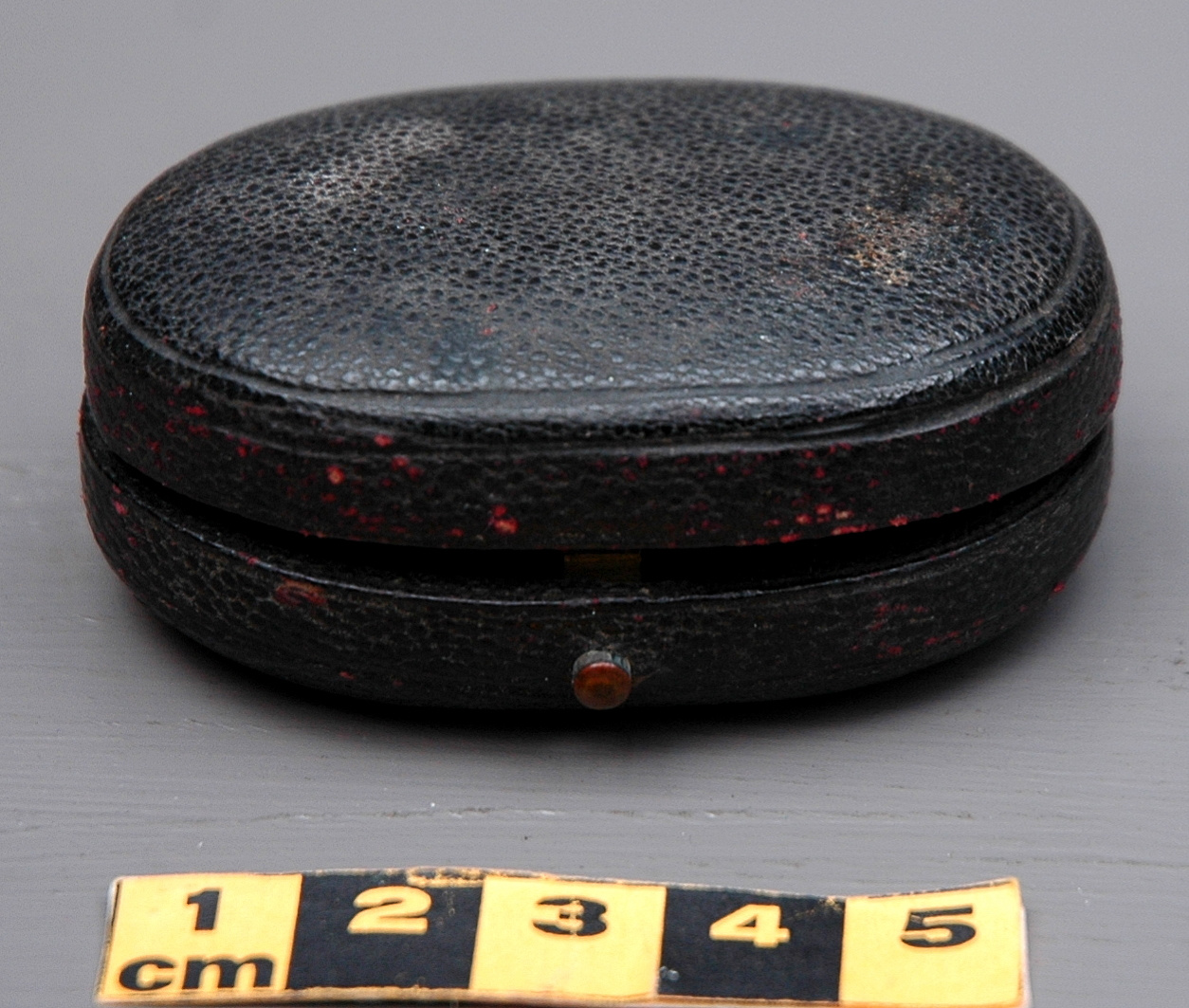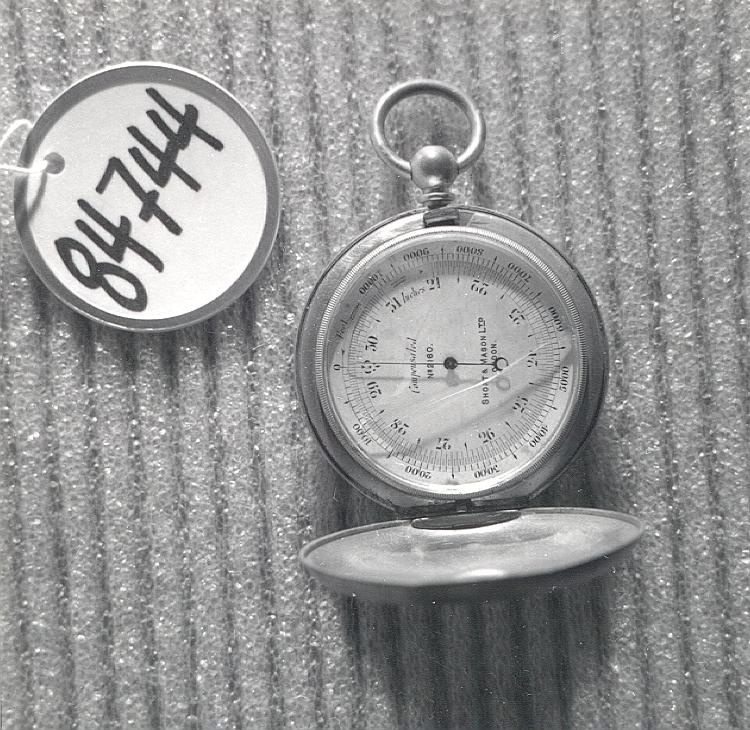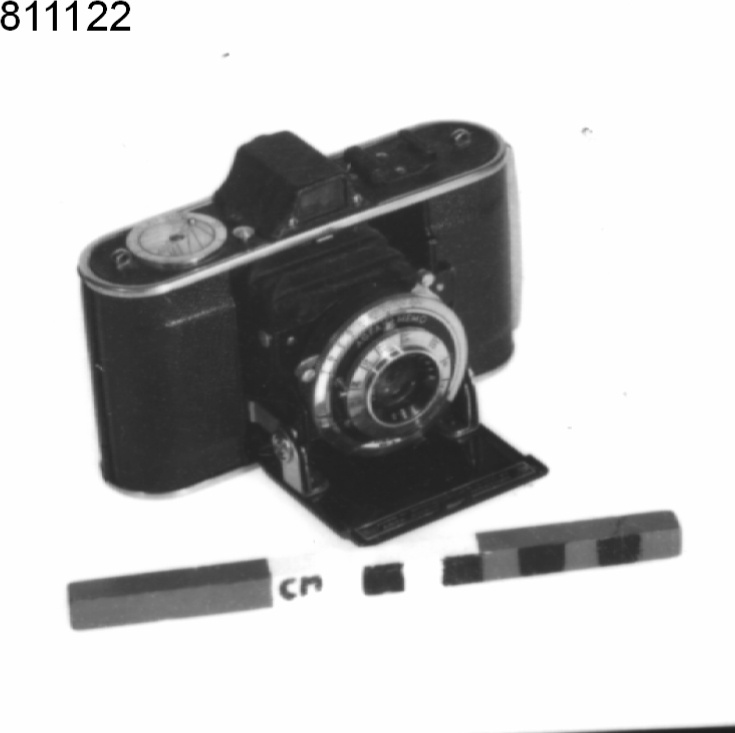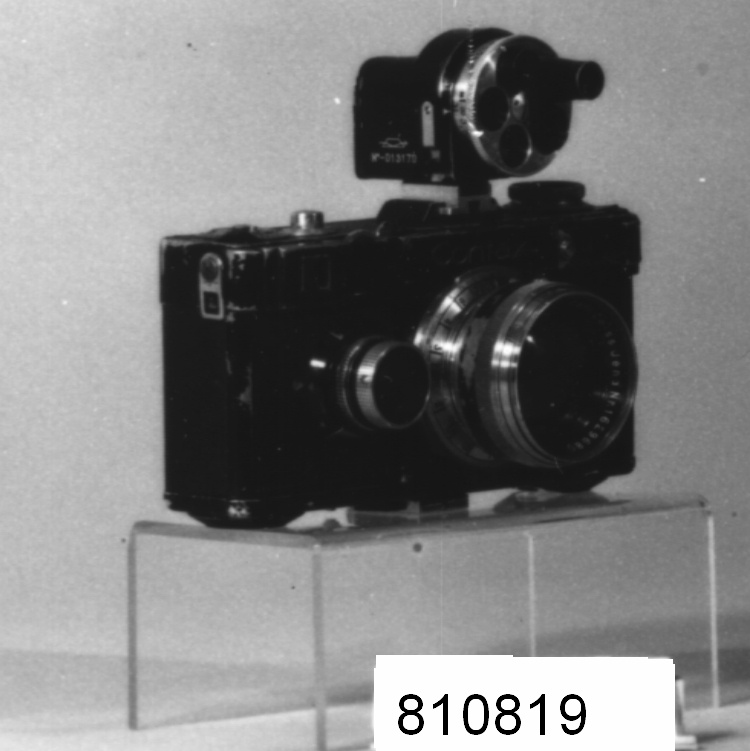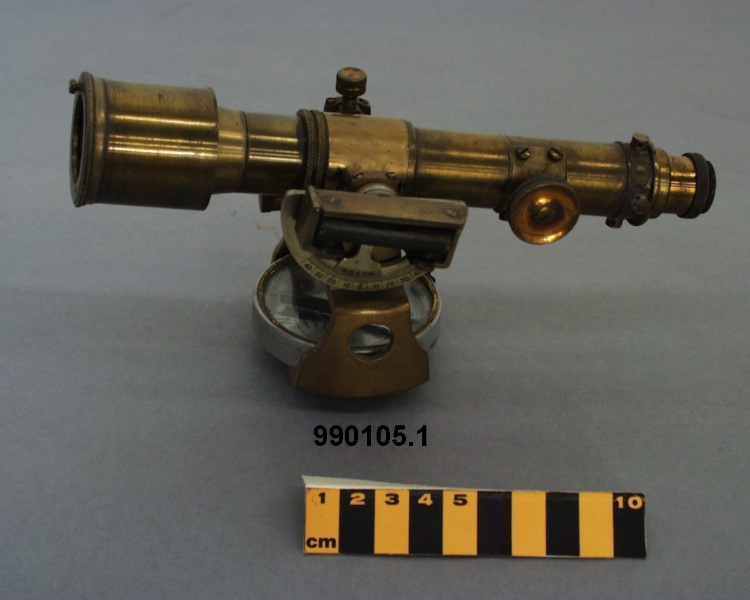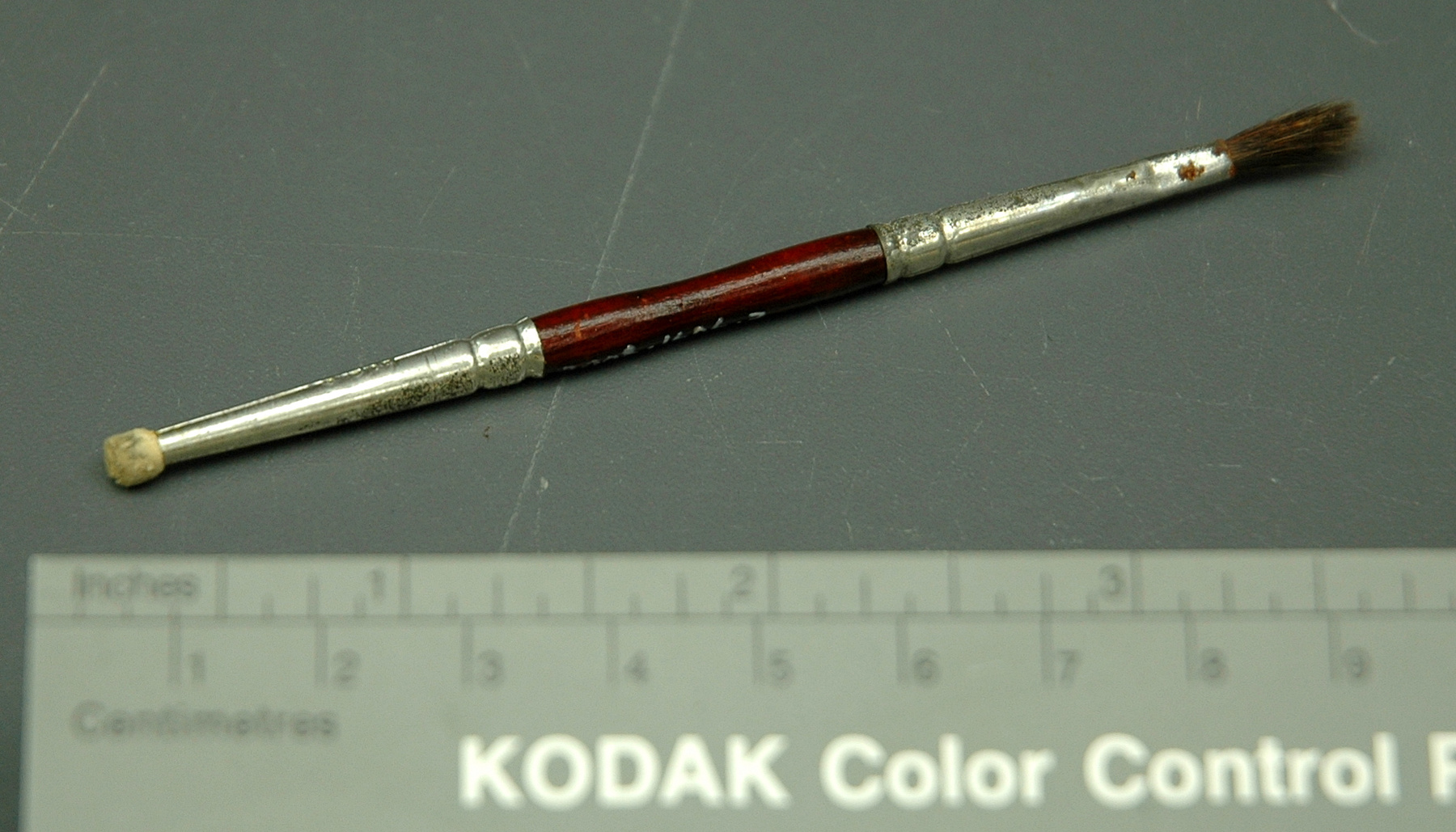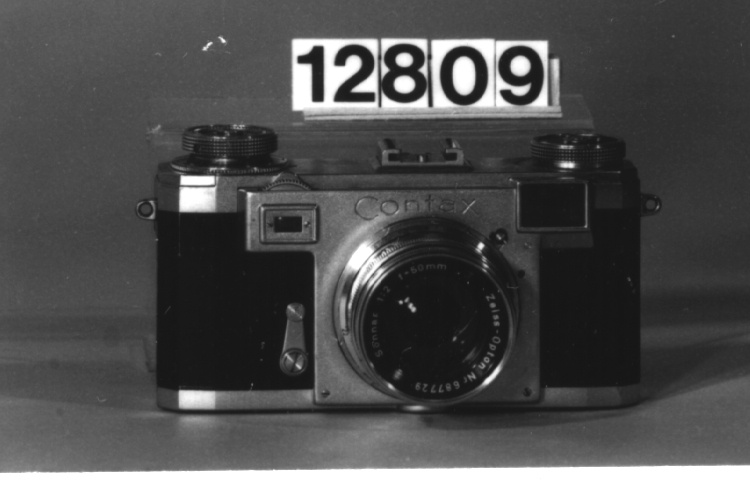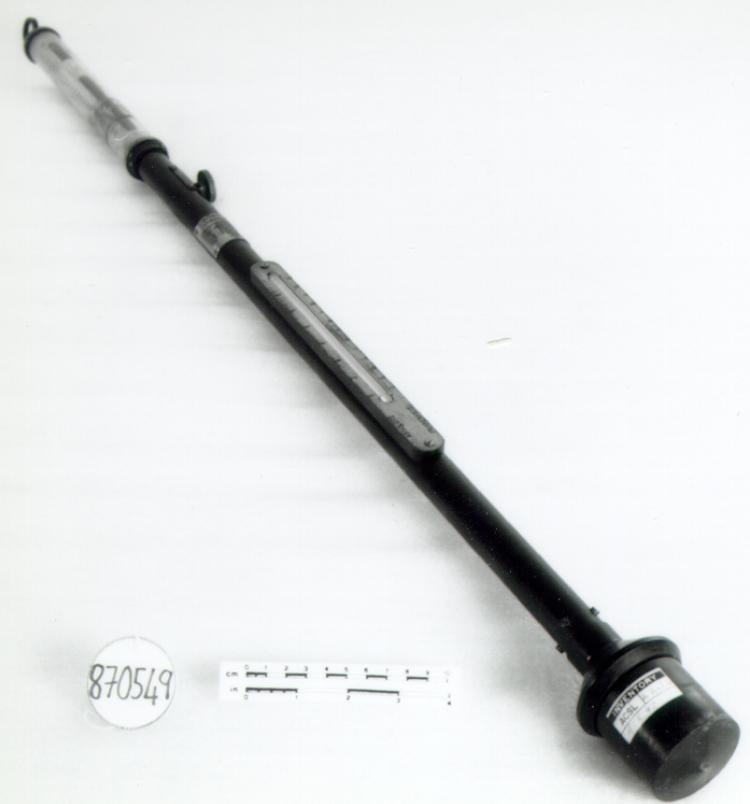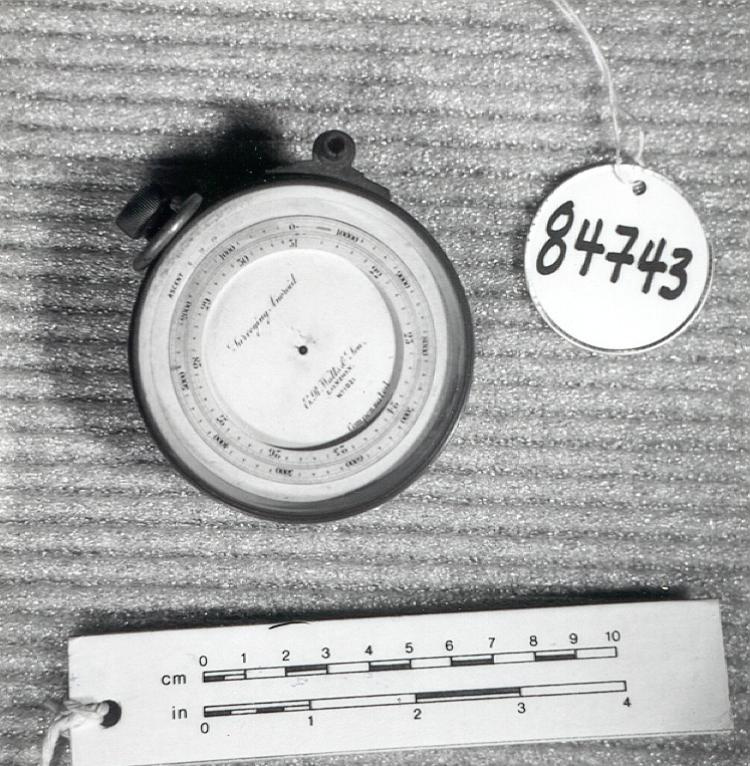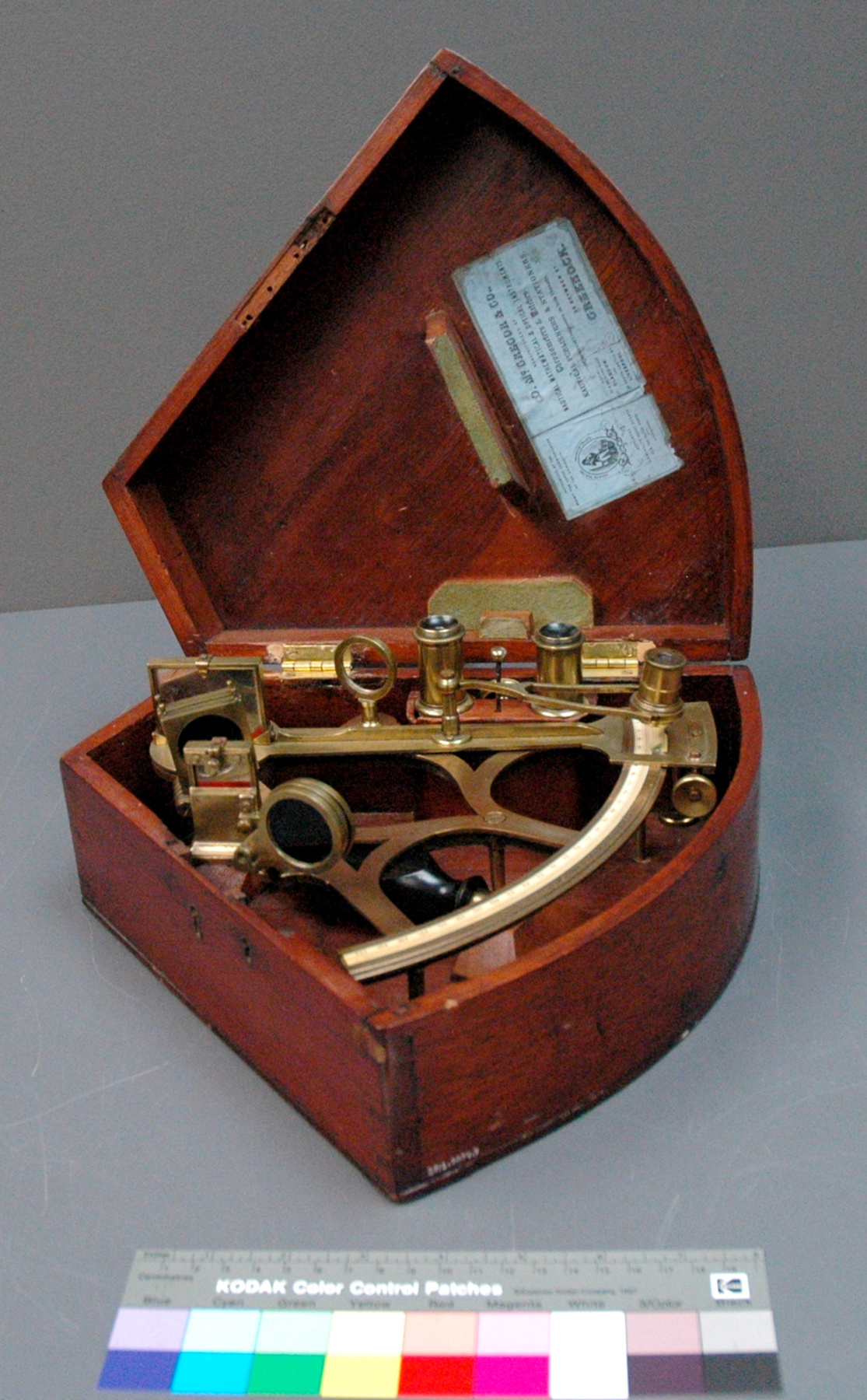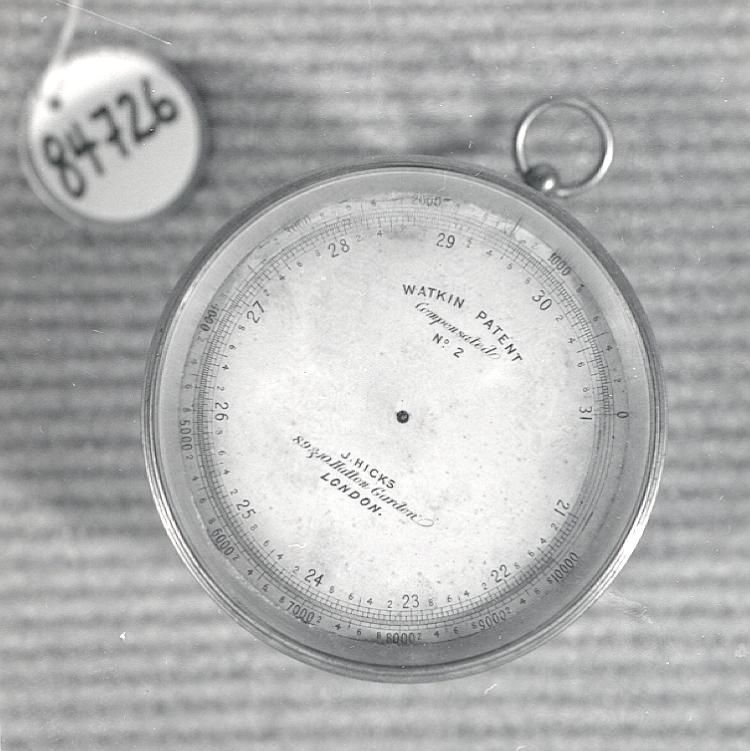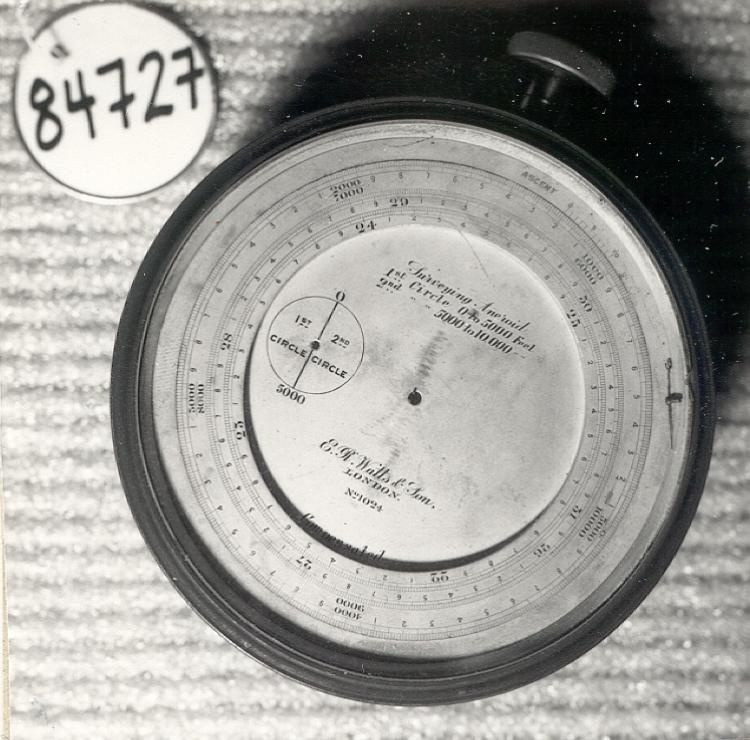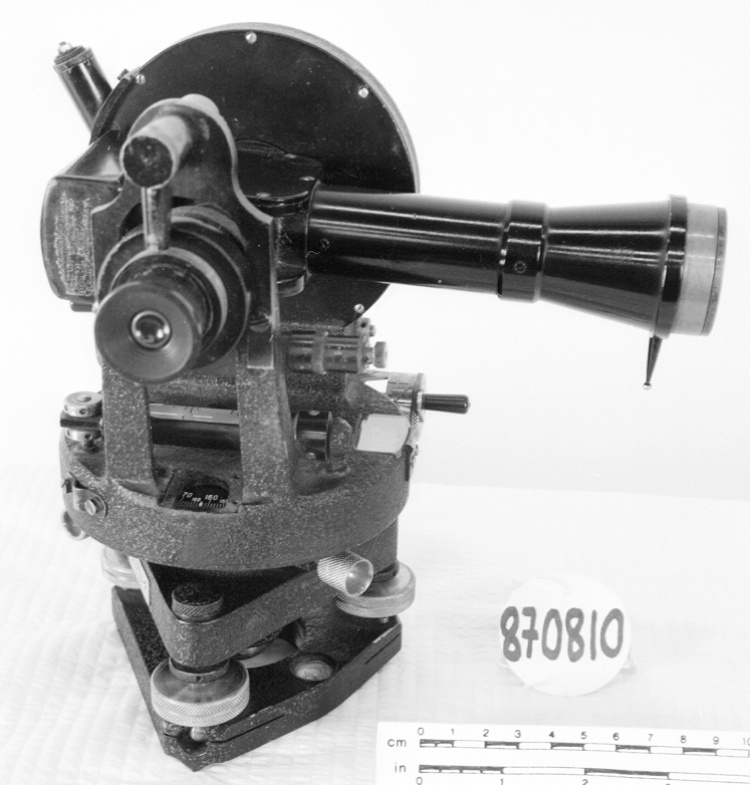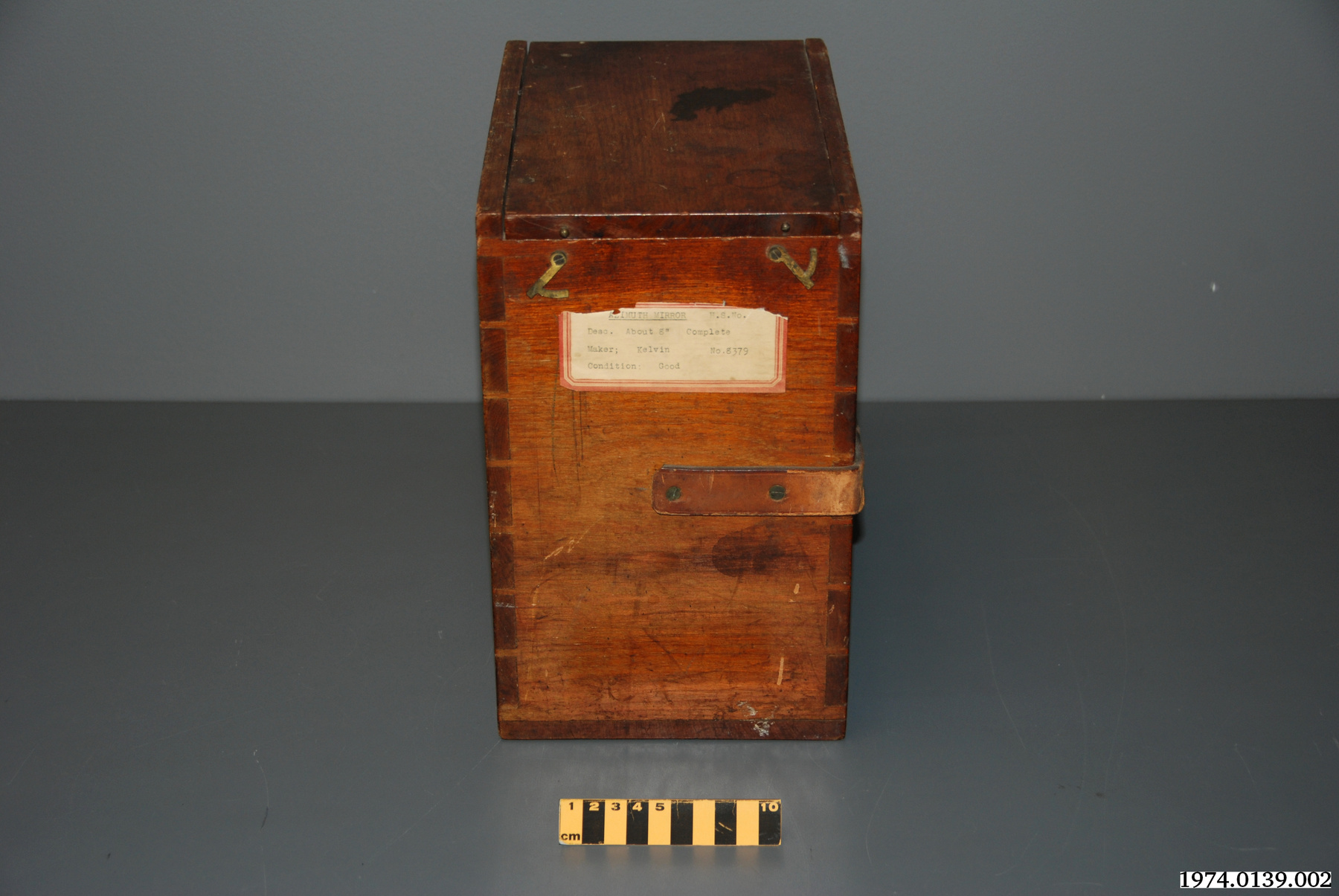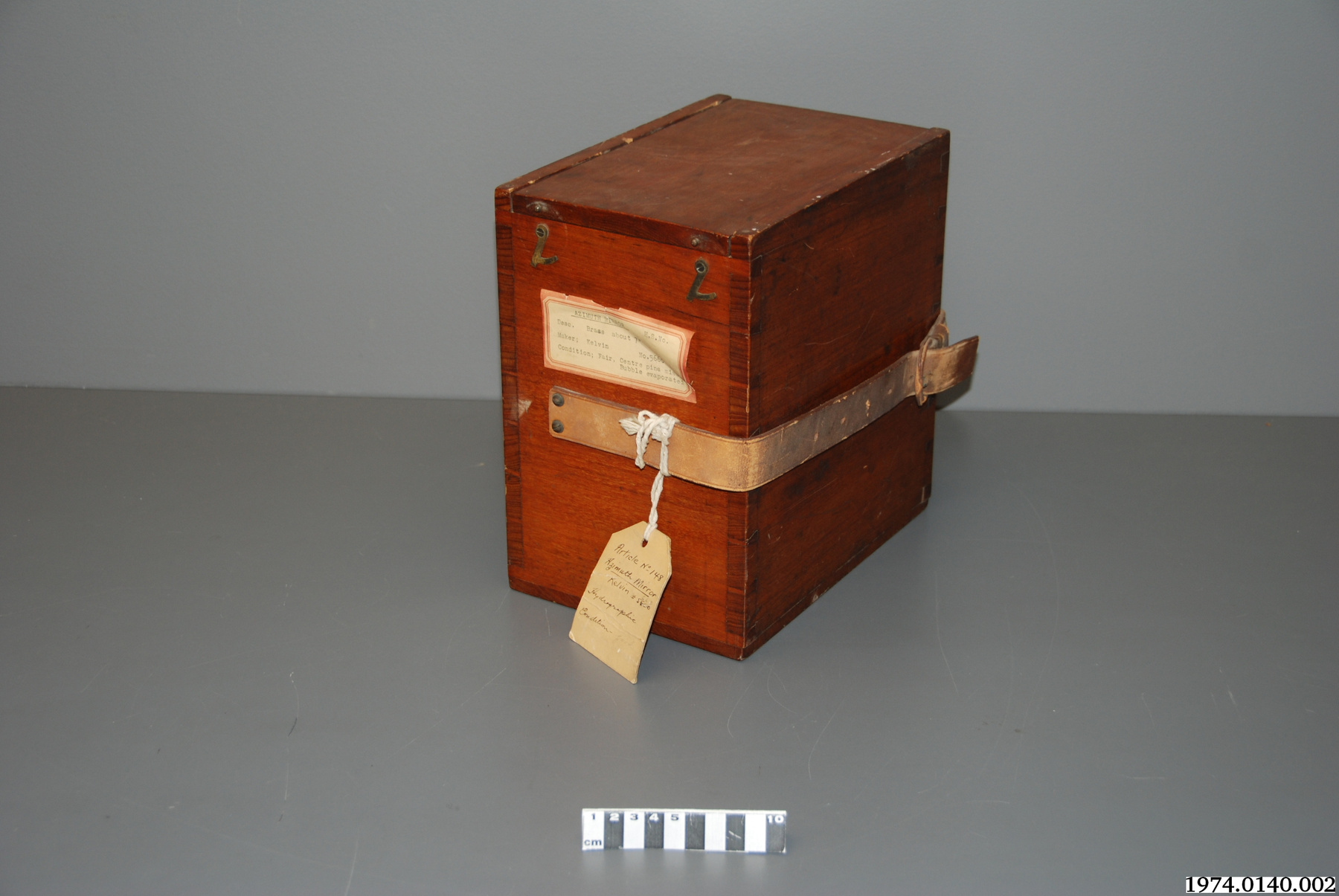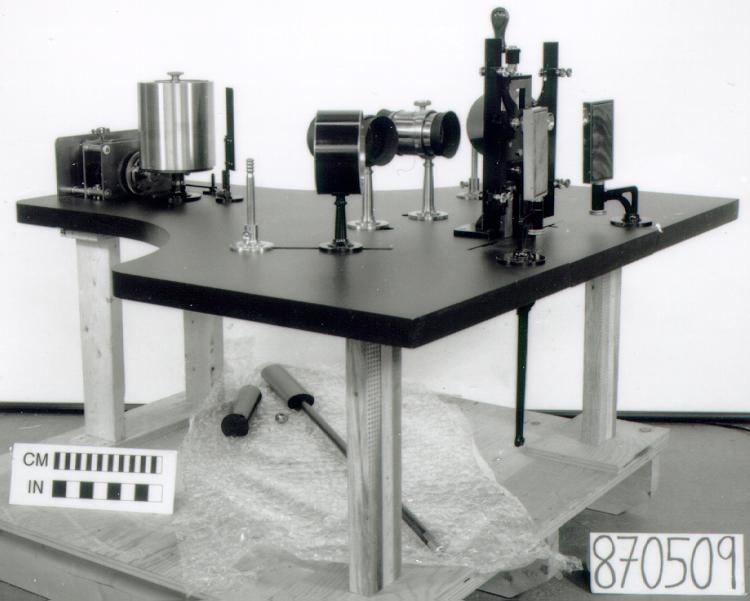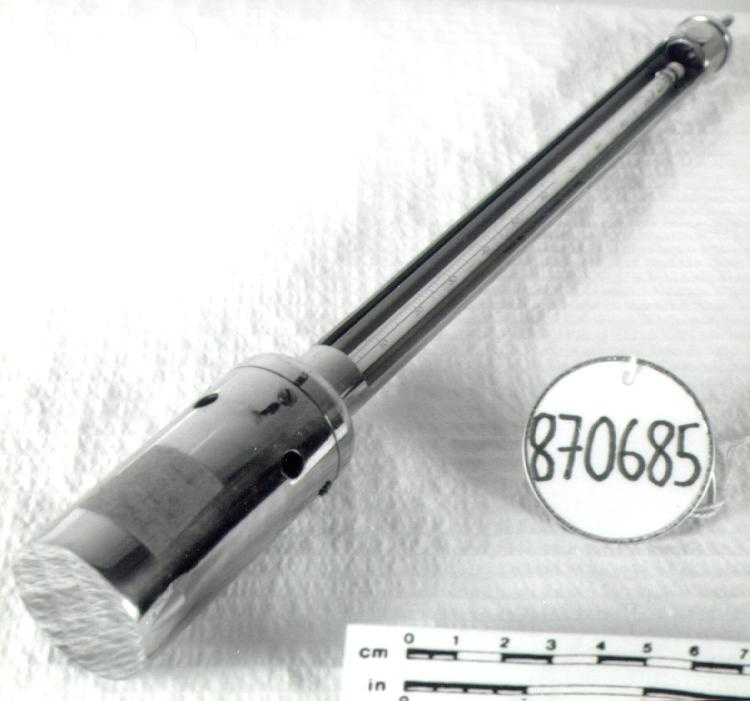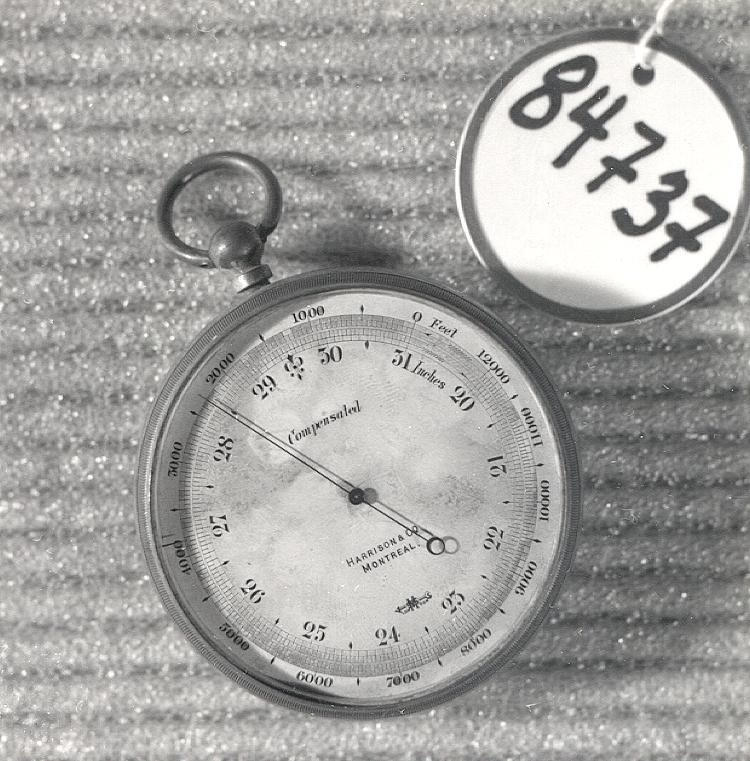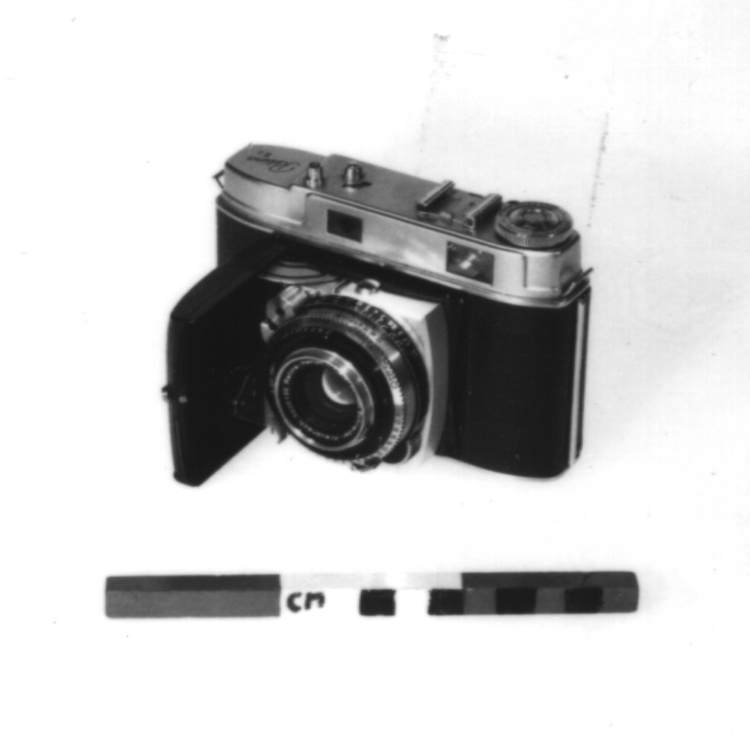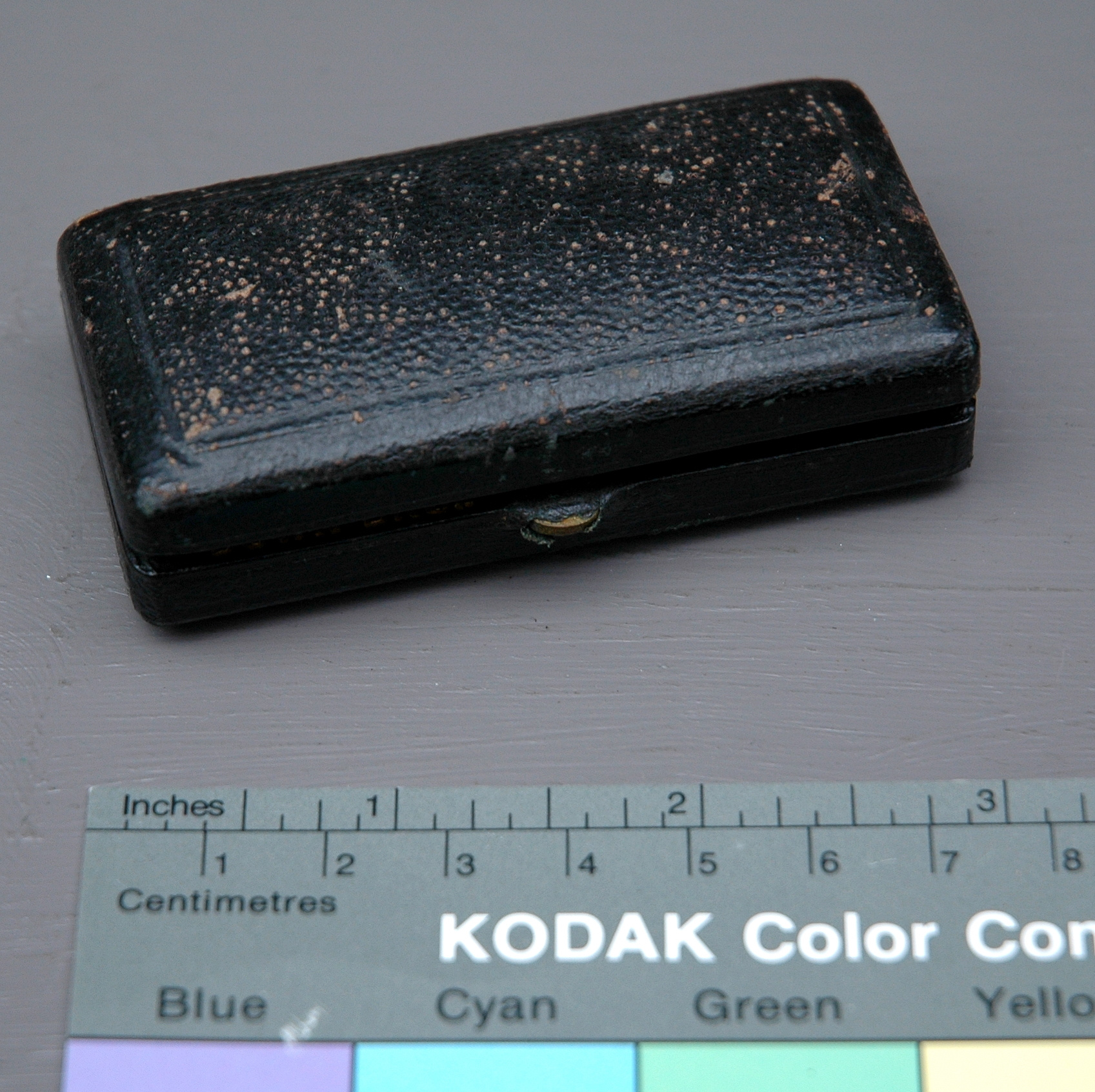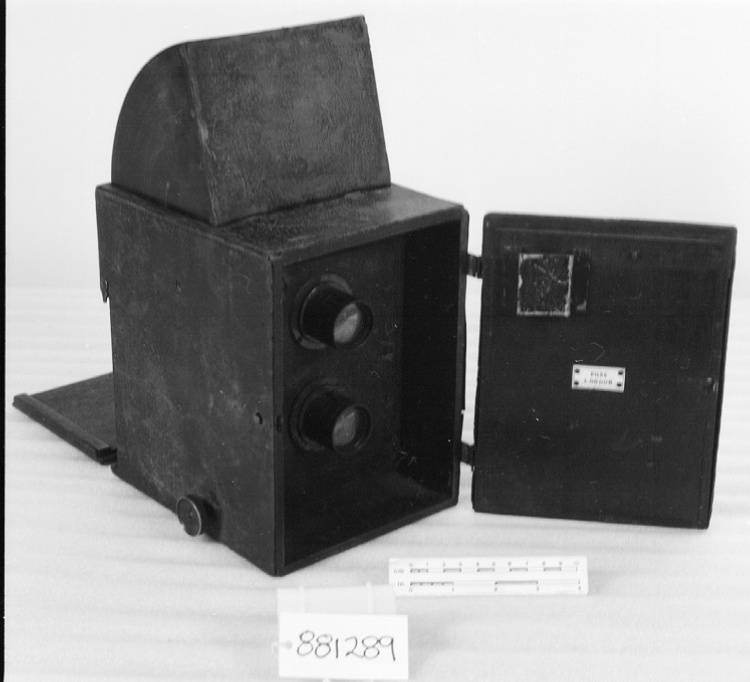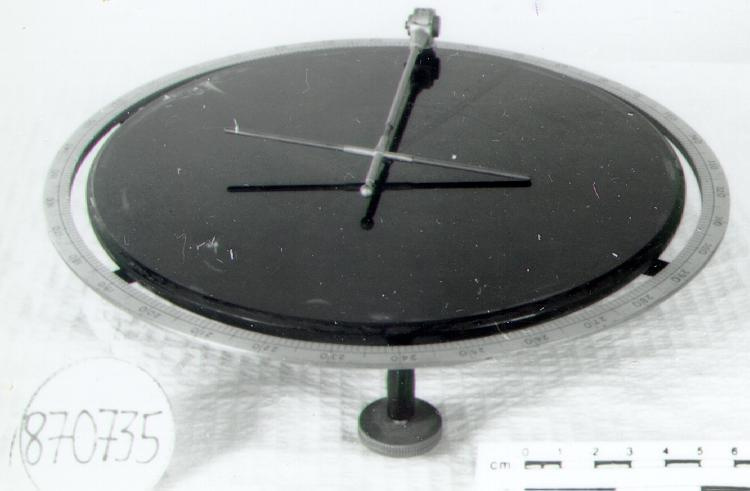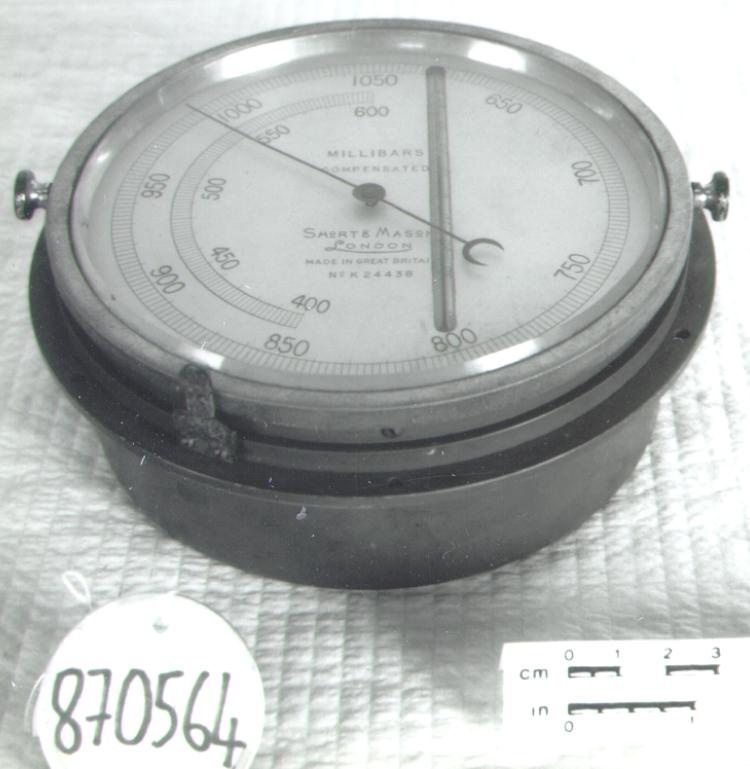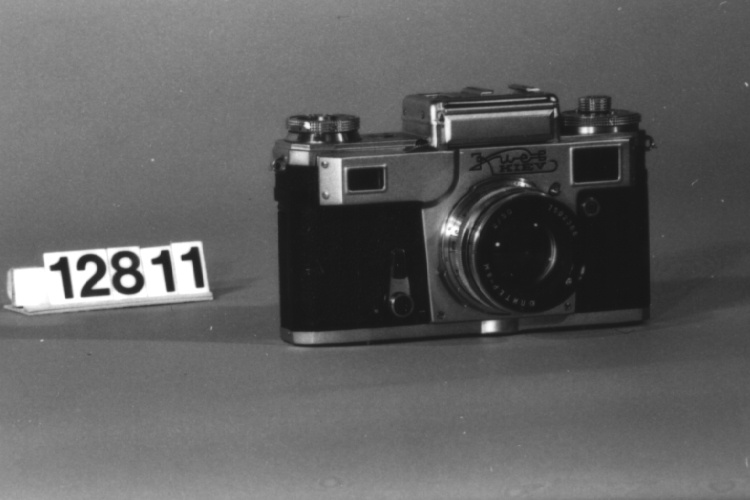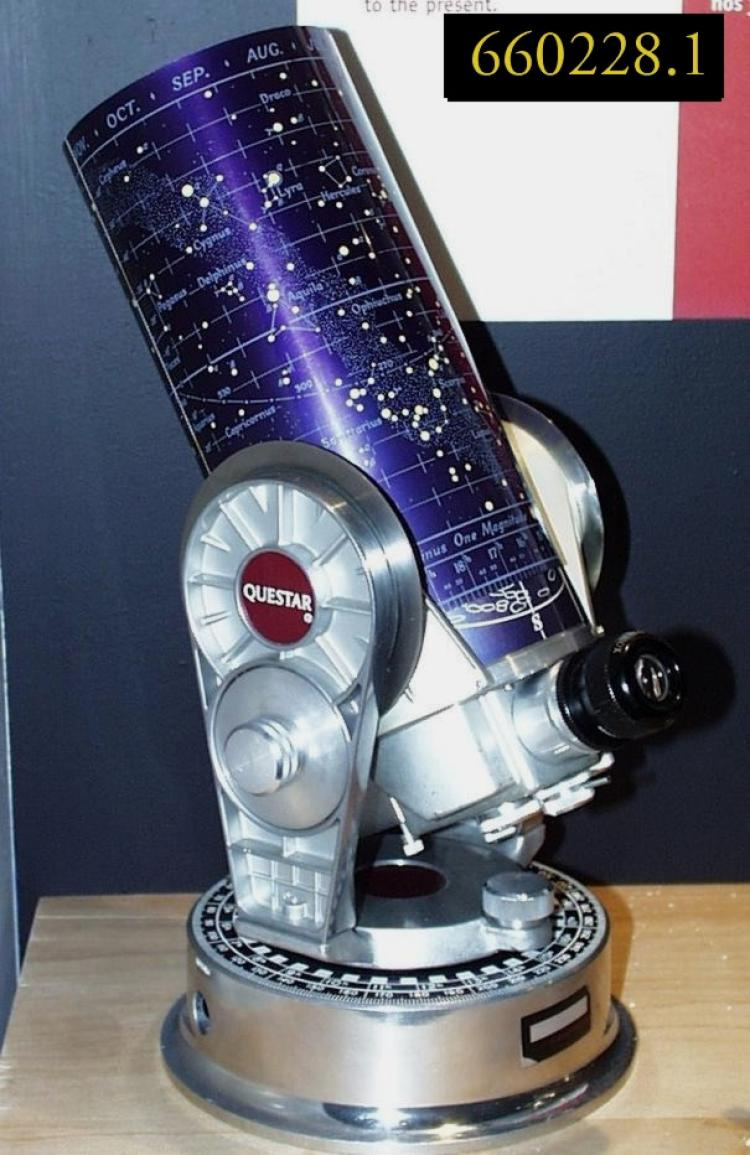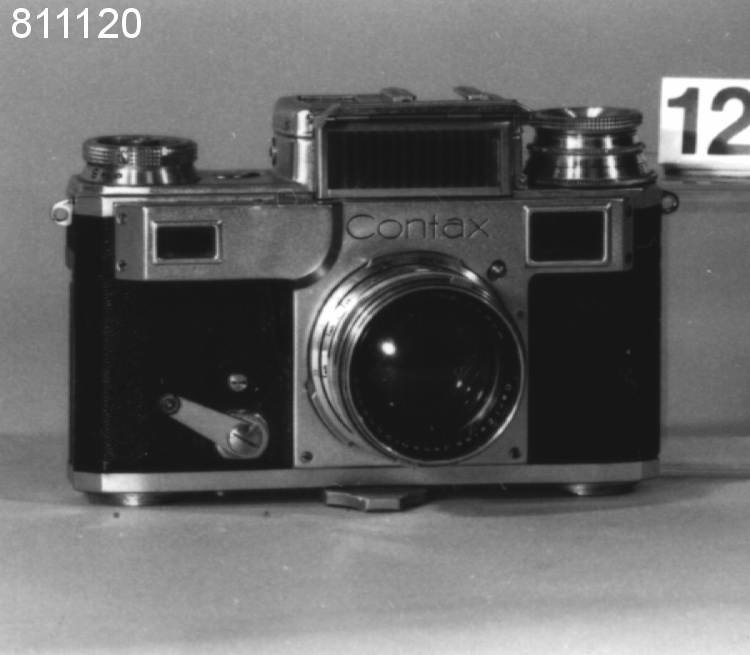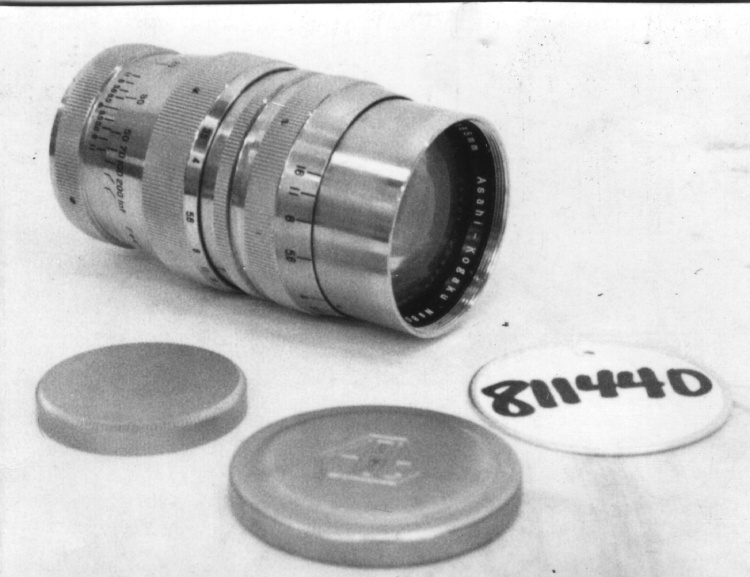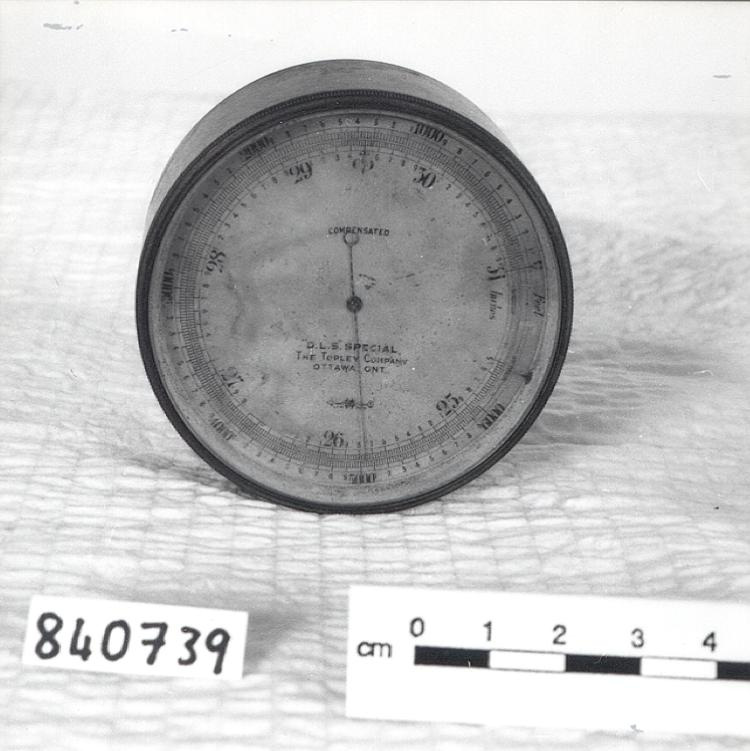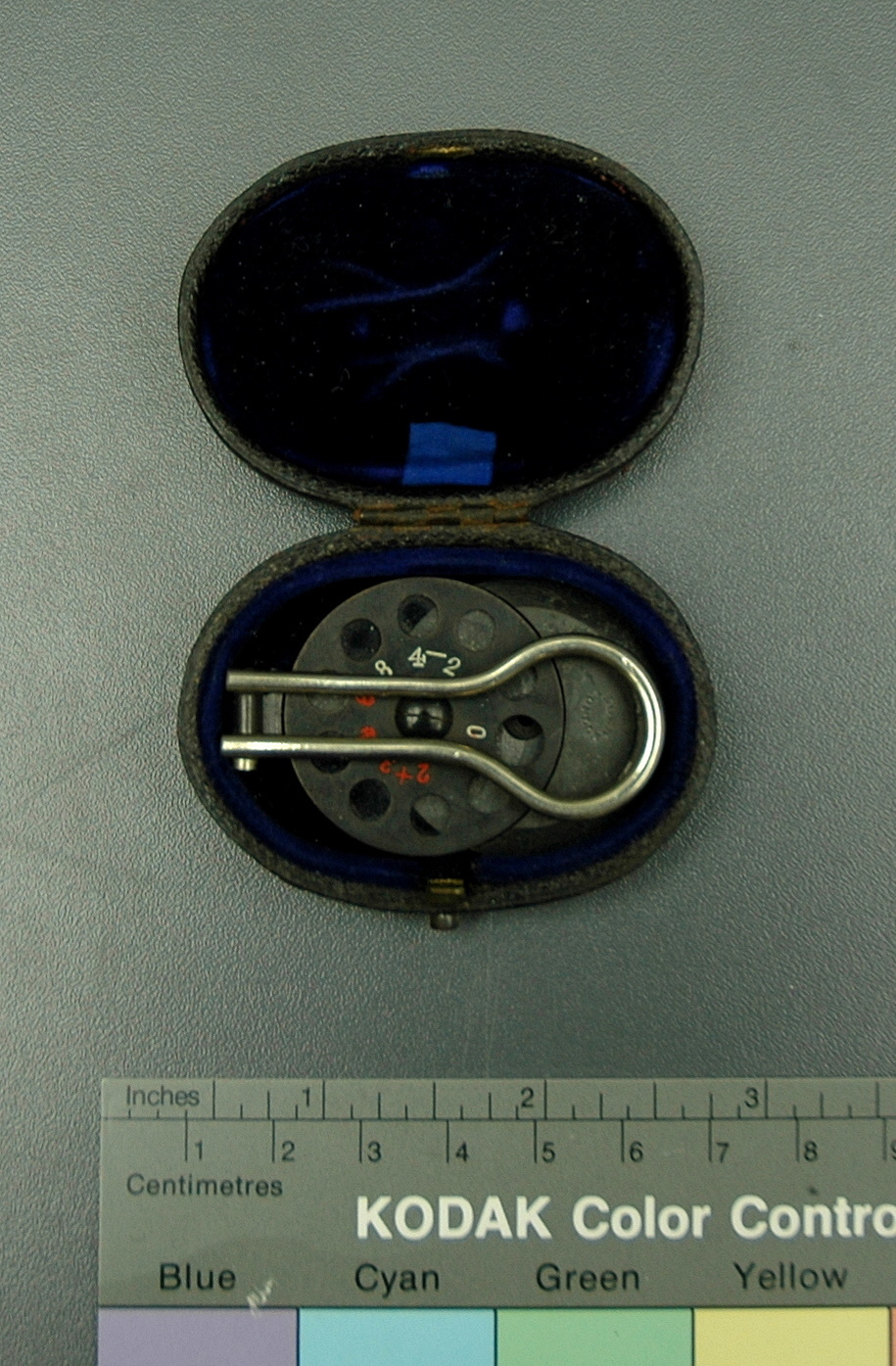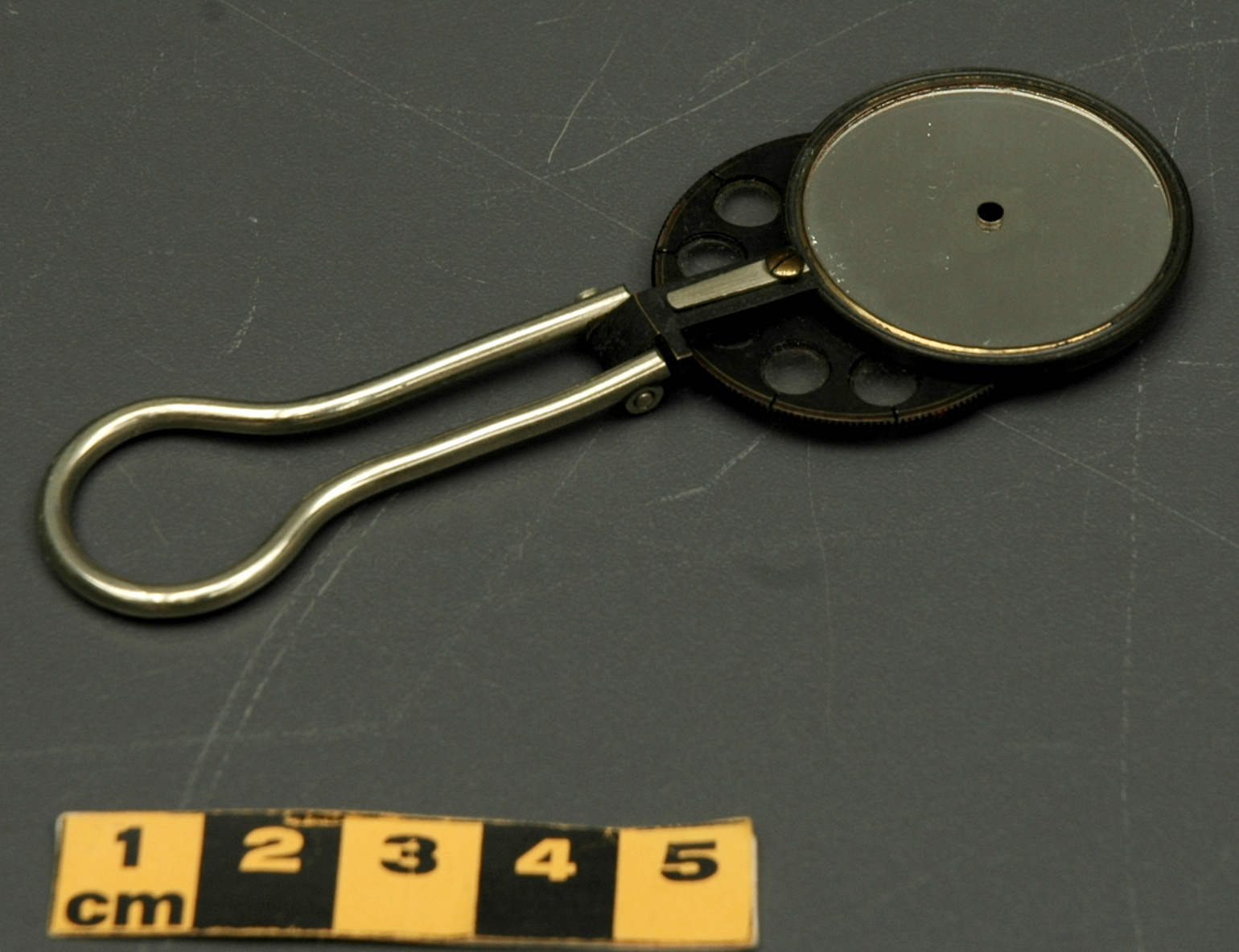Ophtalmoscope
Utiliser cette image
Puis-je réutiliser cette image sans autorisation? Oui
Les images sur le portail de la collection d’Ingenium ont la licence Creative Commons suivante :
Copyright Ingenium / CC BY-NC-ND (Attribution-NonCommercial 4.0 International (CC BY-NC 4.0)
ATTRIBUER CETTE IMAGE
Ingenium,
2008.1607.001
Permalien:
Ingenium diffuse cette image sous le cadre de licence Creative Commons et encourage son téléchargement et sa réutilisation à des fins non commerciales. Veuillez mentionner Ingenium et citer le numéro de l’artefact.
TÉLÉCHARGER L’IMAGEACHETER CETTE IMAGE
Cette image peut être utilisée gratuitement pour des fins non commerciales.
Pour un usage commercial, veuillez consulter nos frais de reproduction et communiquer avec nous pour acheter l’image.
- TYPE D’OBJET
- Ophthalmology/Loring/miniature
- DATE
- 1920–1940
- NUMÉRO DE L’ARTEFACT
- 2008.1607.001
- FABRICANT
- Down Bros.
- MODÈLE
- Inconnu
- EMPLACEMENT
- London, England
Plus d’information
Renseignements généraux
- Nº de série
- S/O
- Nº de partie
- 1
- Nombre total de parties
- 3
- Ou
- S/O
- Brevets
- S/O
- Description générale
- Instrument is all metal, with exception of clear glass lenses; folding handle has silver metal finish; metal disks housing silvered mirror and rotating lenses have darkened finish.
Dimensions
Remarque : Cette information reflète la taille générale pour l’entreposage et ne représente pas nécessairement les véritables dimensions de l’objet.
- Longueur
- 9,4 cm
- Largeur
- 3,1 cm
- Hauteur
- S/O
- Épaisseur
- S/O
- Poids
- S/O
- Diamètre
- S/O
- Volume
- S/O
Lexique
- Groupe
- Technologie médicale
- Catégorie
- Instruments
- Sous-catégorie
- S/O
Fabricant
- Ou
- DOWN
- Pays
- England
- État/province
- Inconnu
- Ville
- London
Contexte
- Pays
- Inconnu
- État/province
- Inconnu
- Période
- Inconnu
- Canada
-
Part of a collection of medical instruments used by J.R Jackson and W.A.L. Jackson, father and grandfather of donor. [Ref. 1] - Fonction
-
Inconnu - Technique
-
One of the early problems when using the direct ophthalmoscope with the light placed to the side was the need to tilt the mirror at an angle to the line of observation for the light to enter the patient's eye. This meant that the observer was viewing the fundus obliquely through the correcting lenses. For low lens powers this was not a problem but in the higher ranges it produced a reduction in vision and a shifting of the image due to the prismatic effect. In 1875 John Couper of the Royal London Ophthalmic Hospital overcame this problem by dissociating the round disc of lenses from the mirror. By this means the observer was able to look through the centre of the lenses perpendicularly. Couper's design, made by Pickard and Curry of London, went through several models and effectively made redundant the fixed-mirror design. Edward Loring of the USA improved on Couper's model in 1877 with his vertically tilting mirror. This consisted of a round mirror with the sides cut off, rotatable on its vertical axis. [Ref. 2] - Notes sur la région
-
Inconnu
Détails
- Marques
- Rotating lenses are labelled. "LONDON/ DOWN" stamped into back of mirror housing.
- Manque
- Appears complete.
- Fini
- Instrument is all metal, with exception of clear glass lenses; folding handle has silver metal finish; metal disks housing silvered mirror and rotating lenses have darkened finish.
- Décoration
- S/O
FAIRE RÉFÉRENCE À CET OBJET
Si vous souhaitez publier de l’information sur cet objet de collection, veuillez indiquer ce qui suit :
Down Bros., Ophtalmoscope, vers 1920–1940, Numéro de l'artefact 2008.1607, Ingenium - Musées des sciences et de l'innovation du Canada, http://collection.ingeniumcanada.org/fr/id/2008.1607.001/
RÉTROACTION
Envoyer une question ou un commentaire sur cet artefact.
Plus comme ceci
